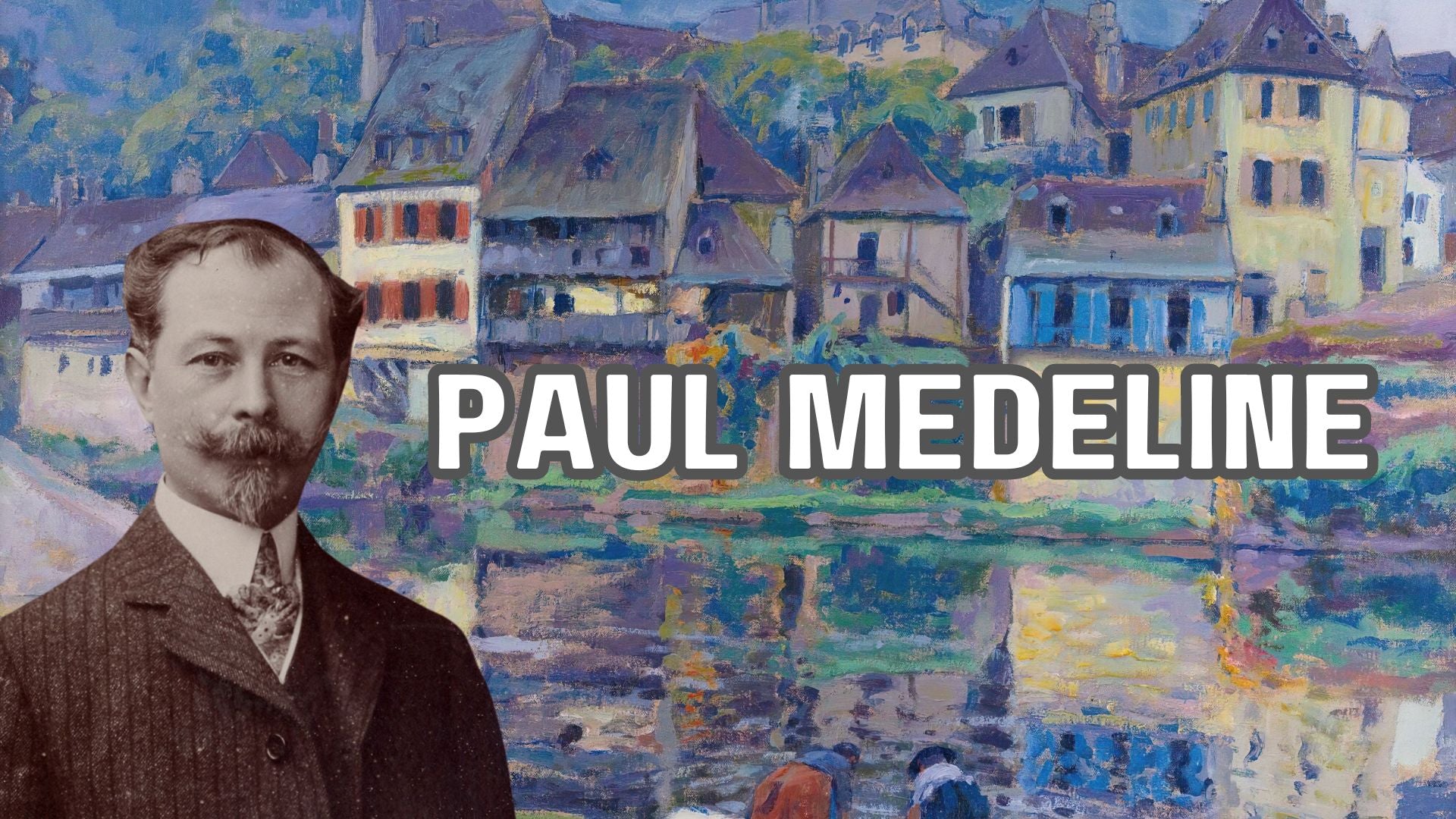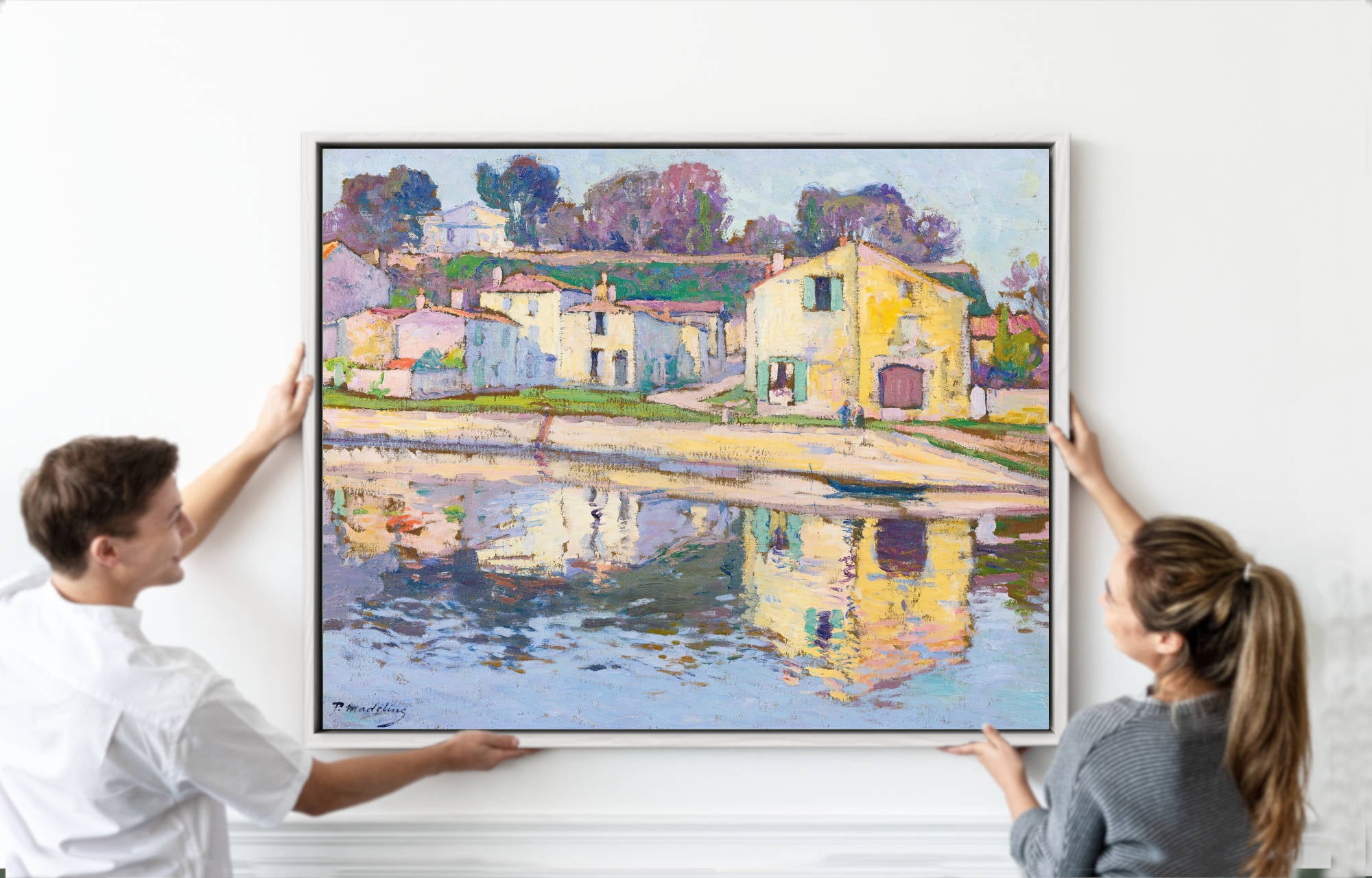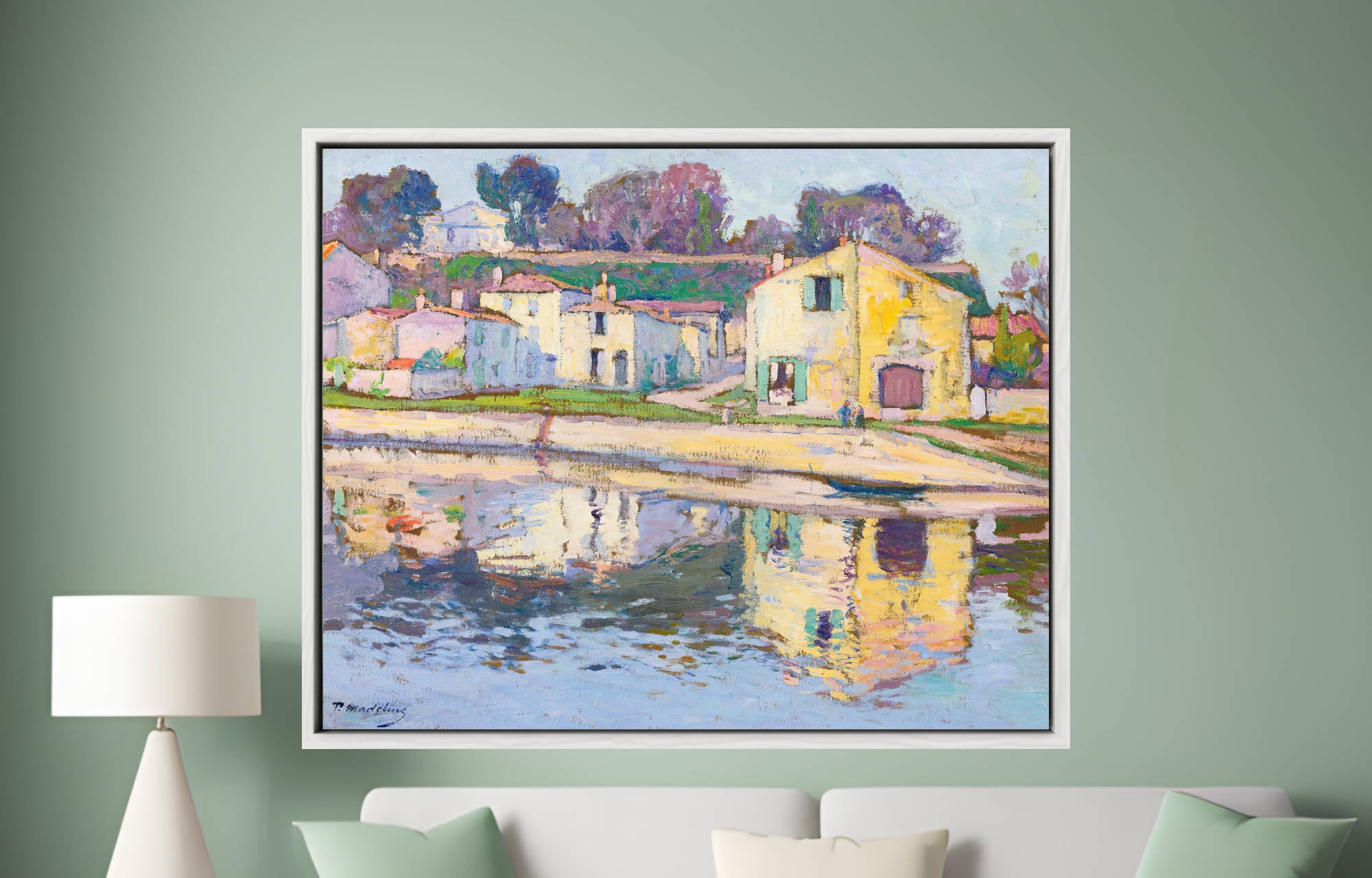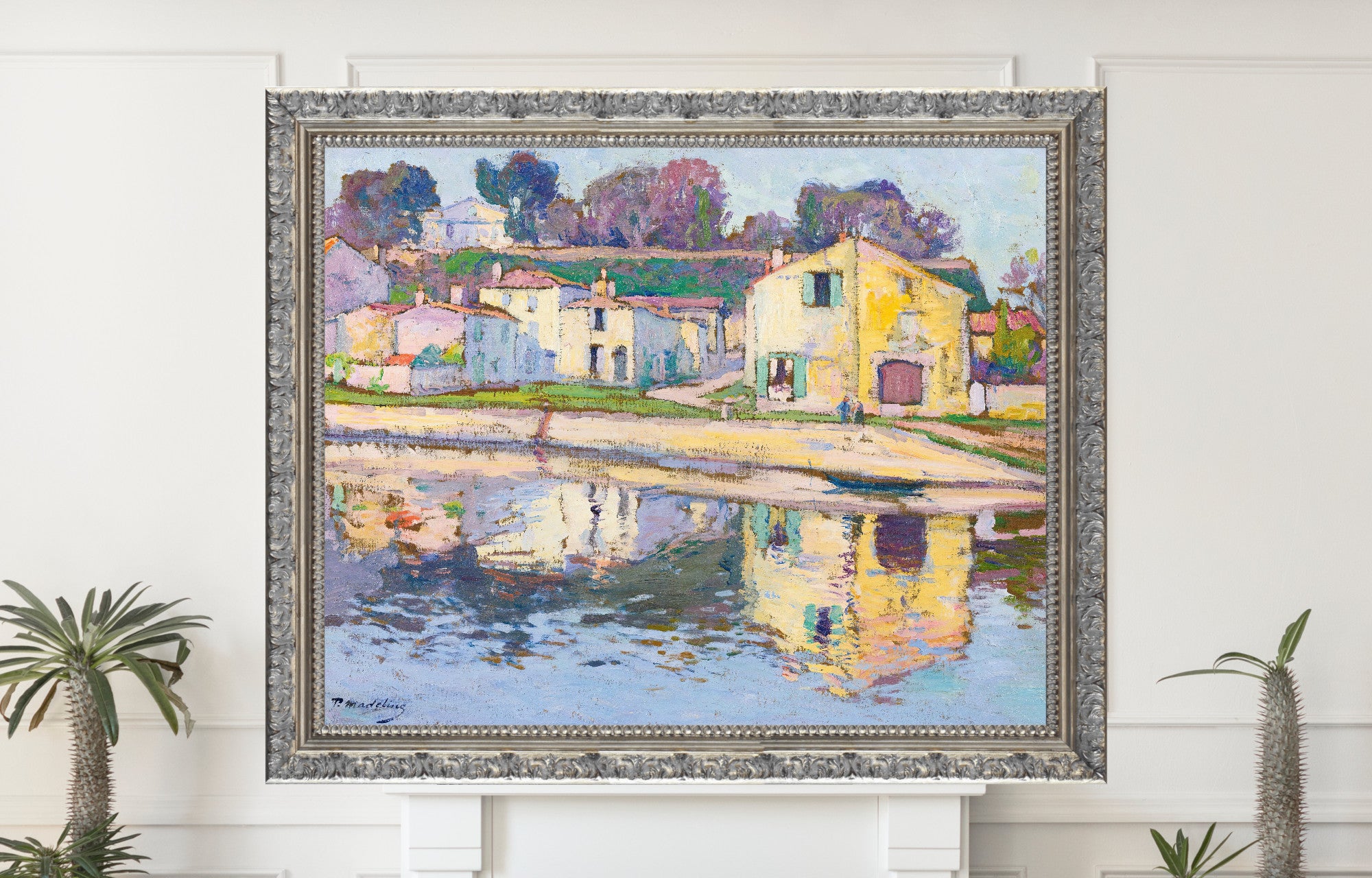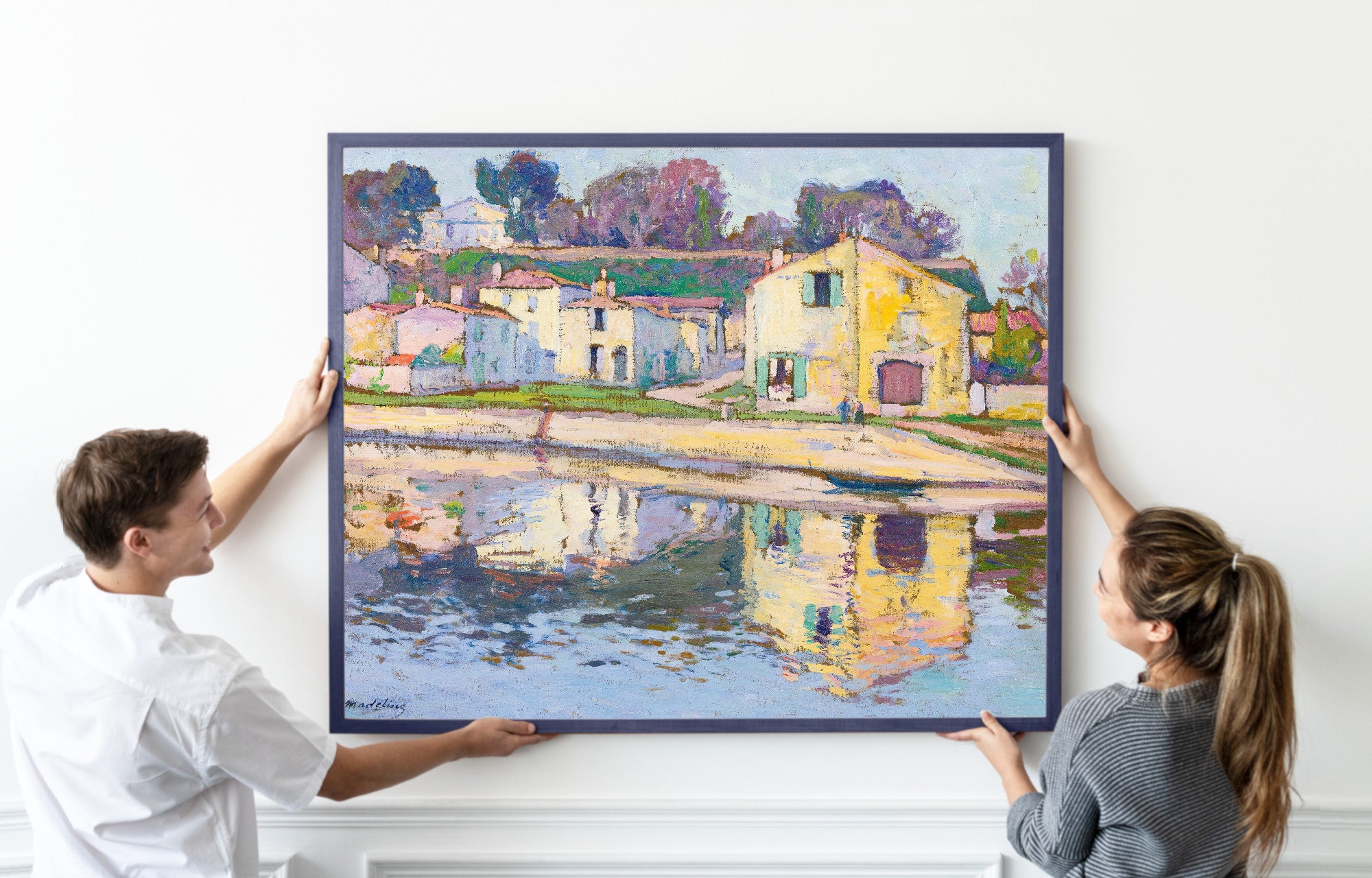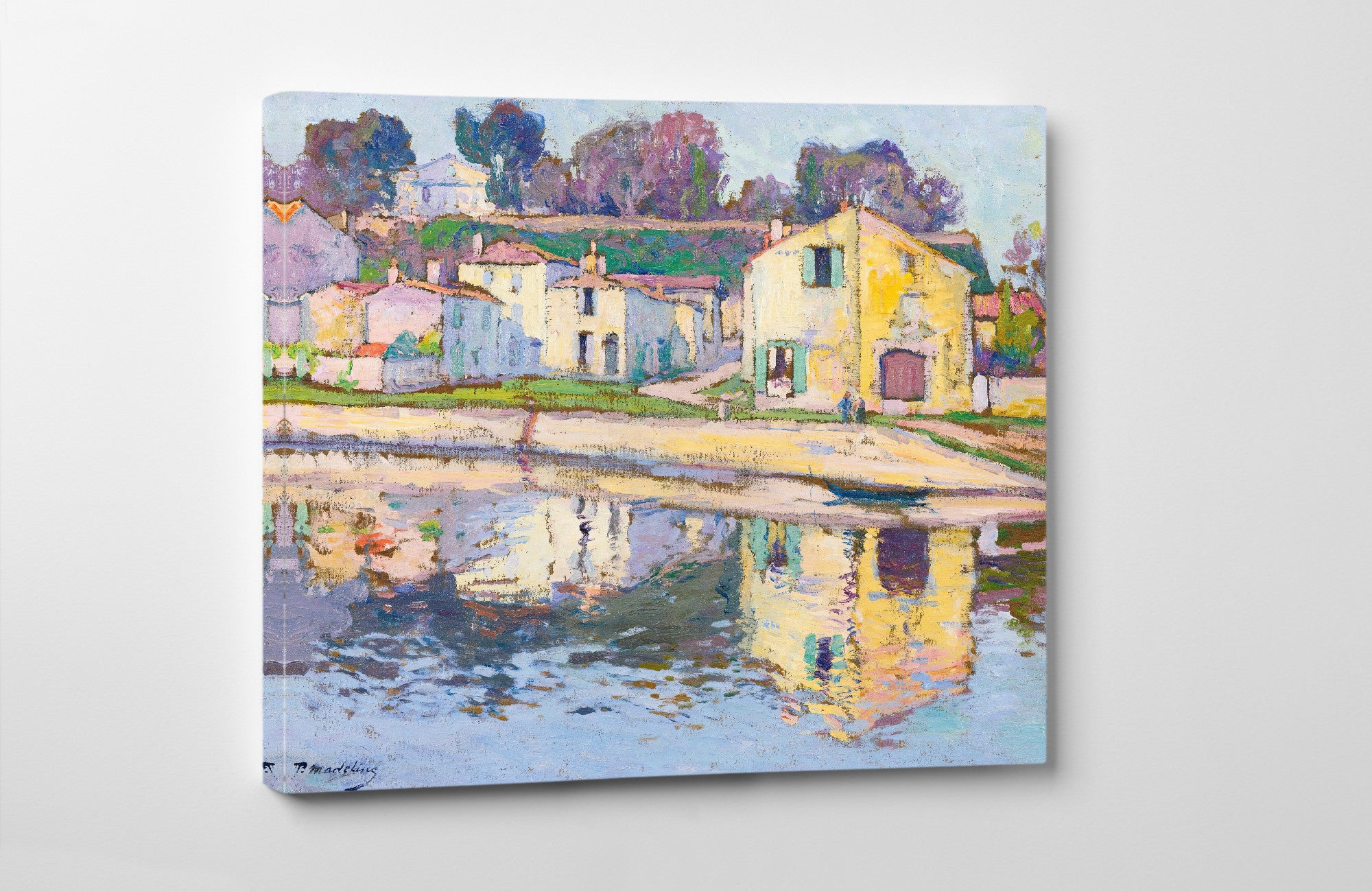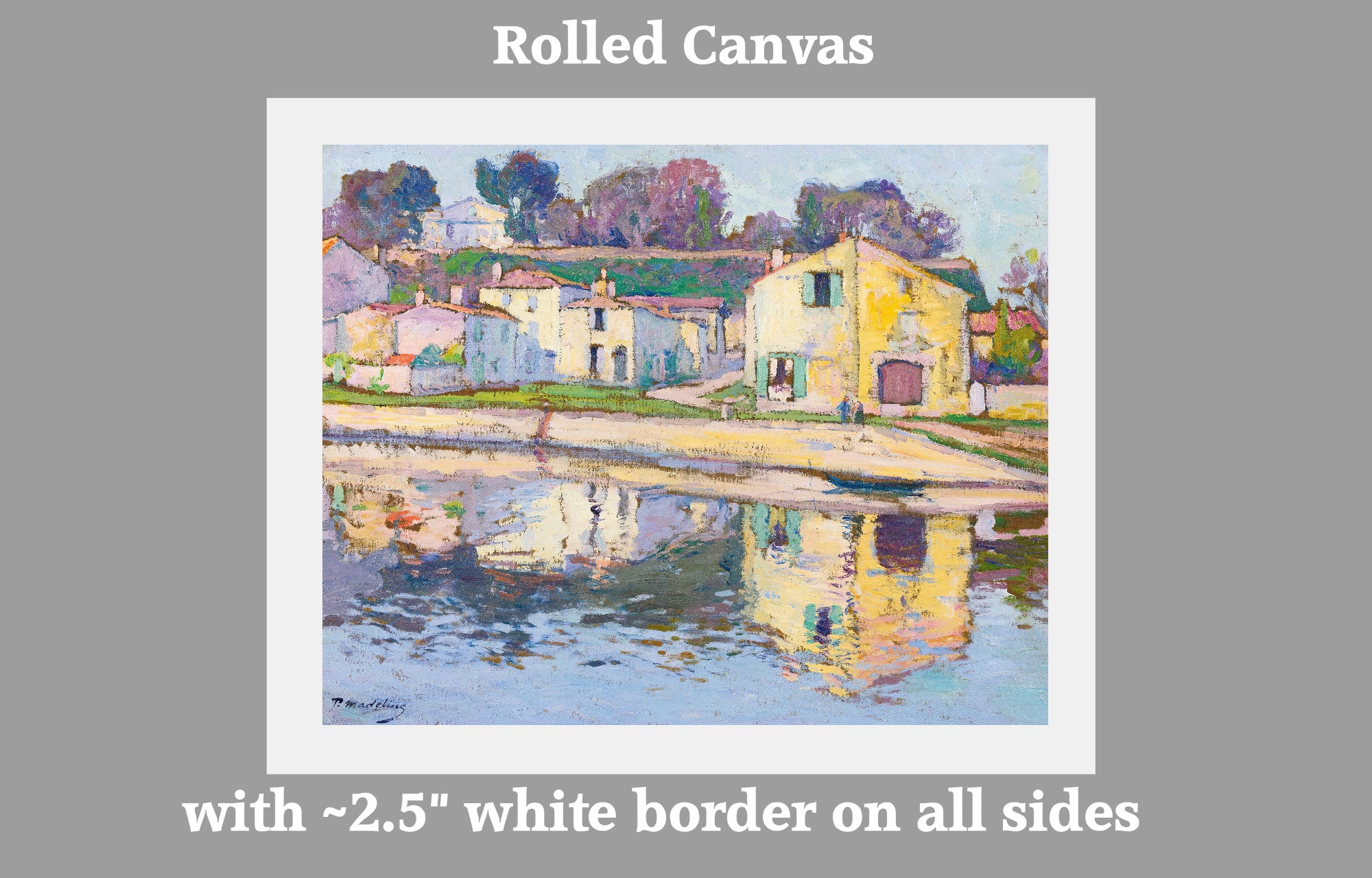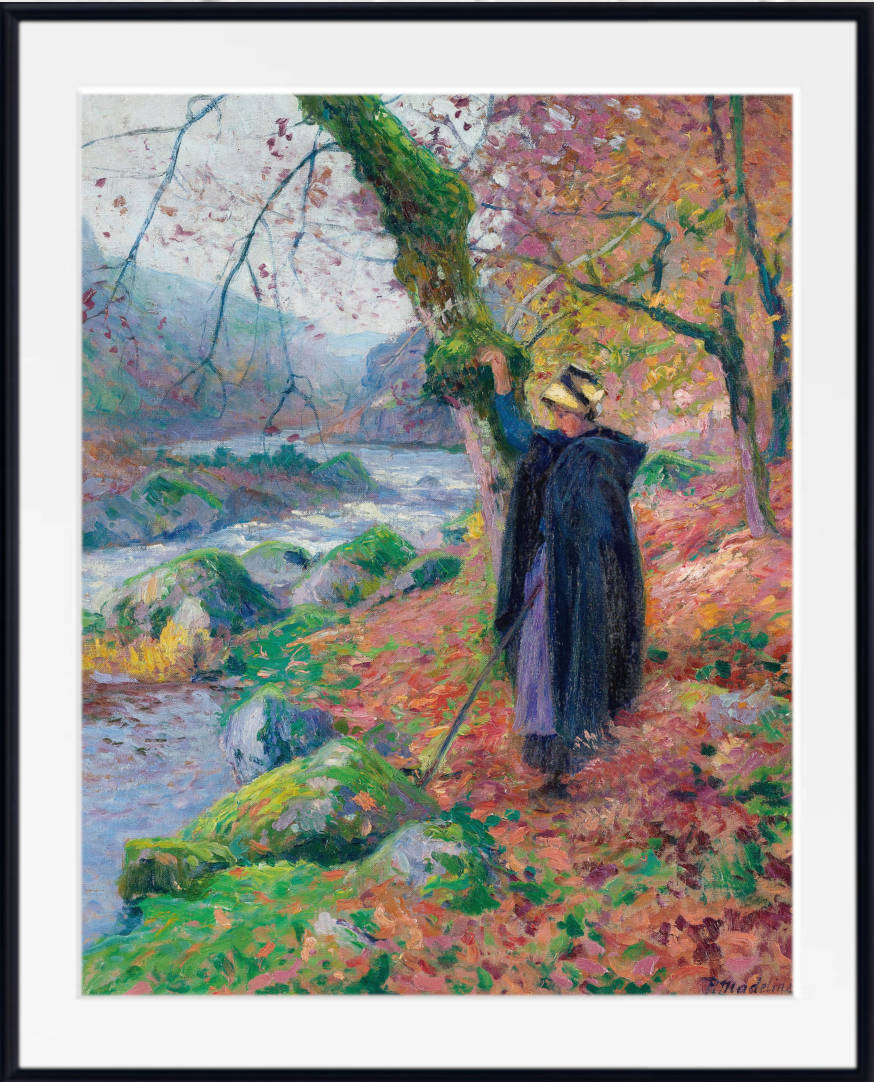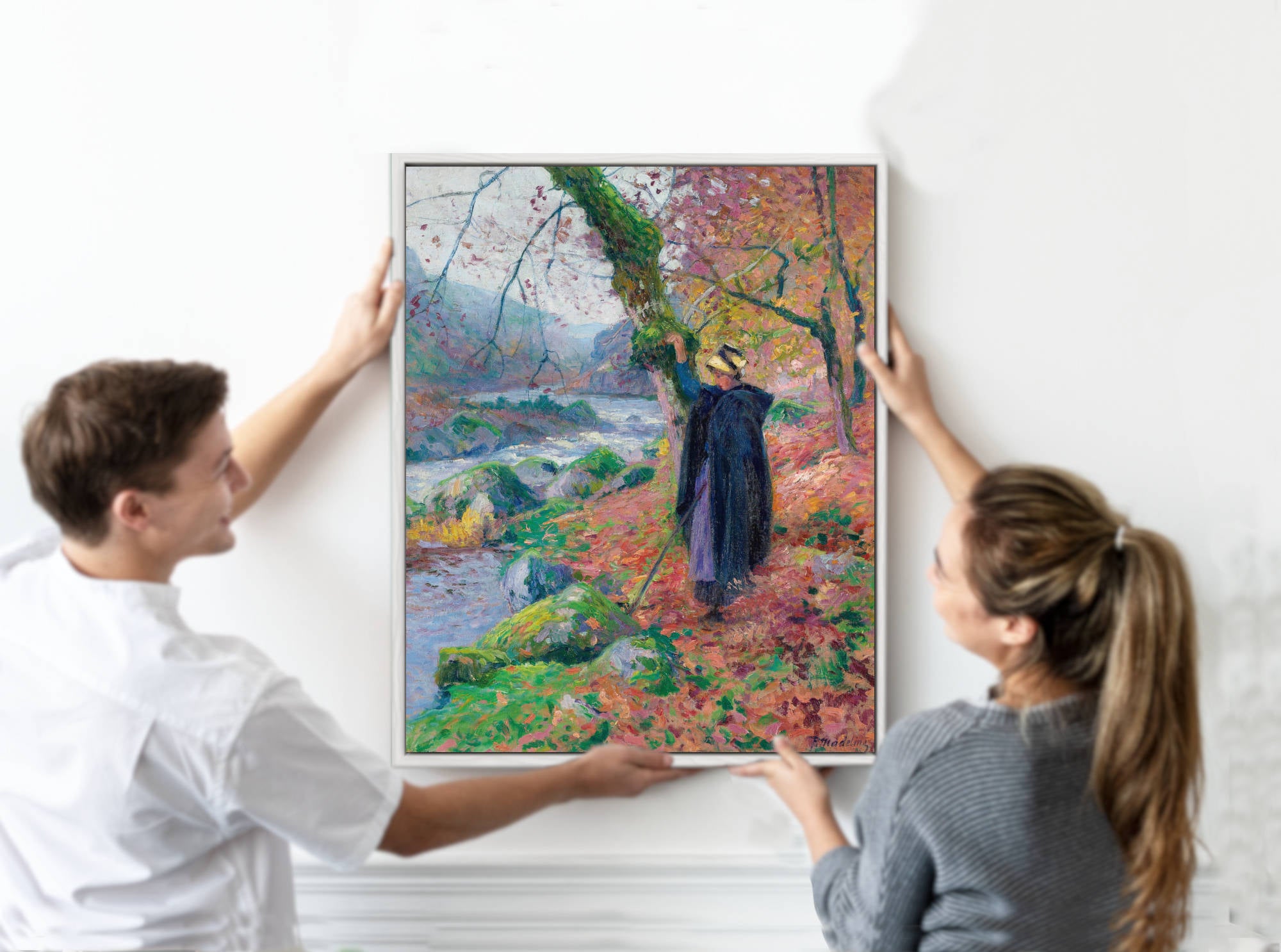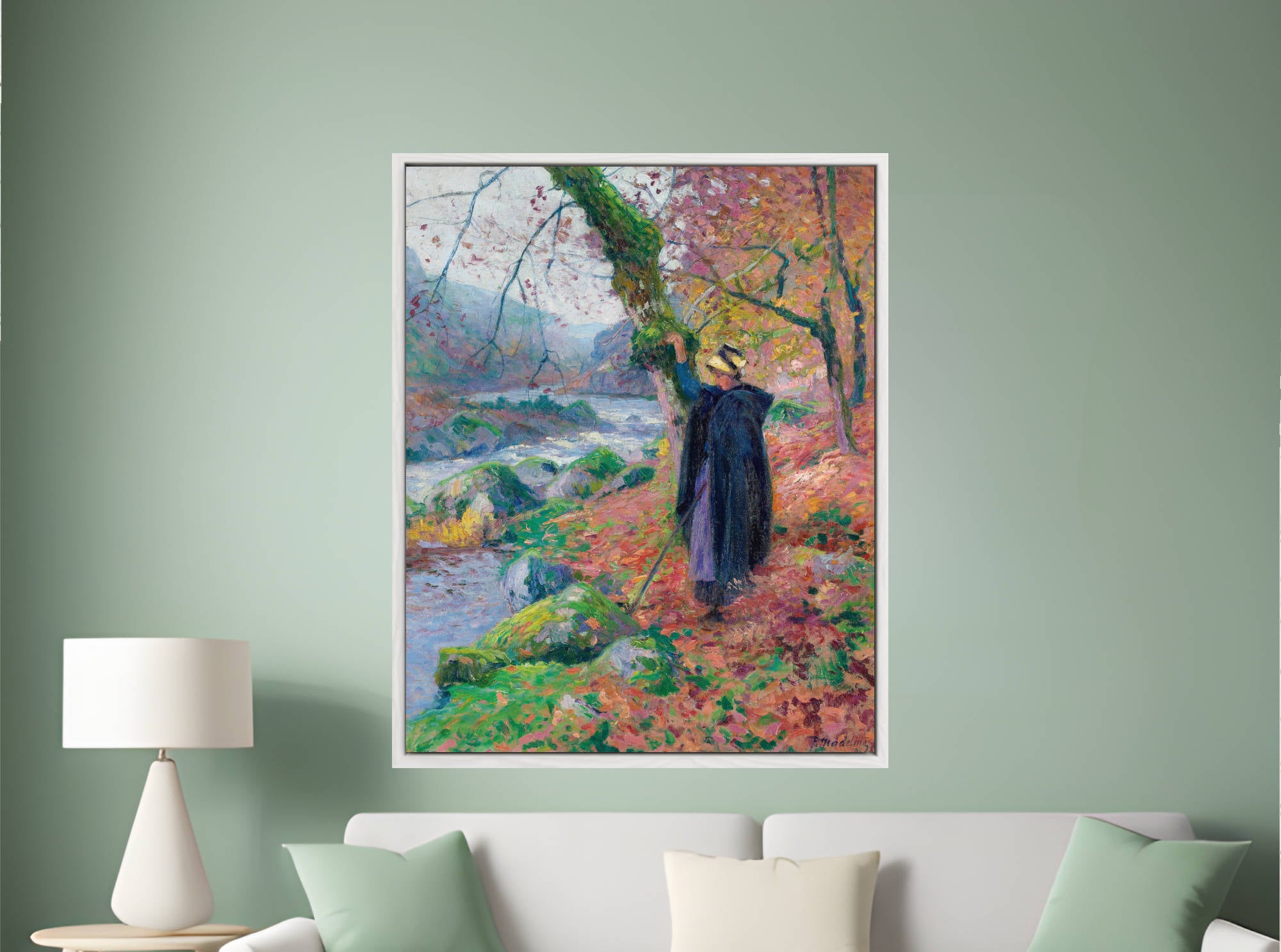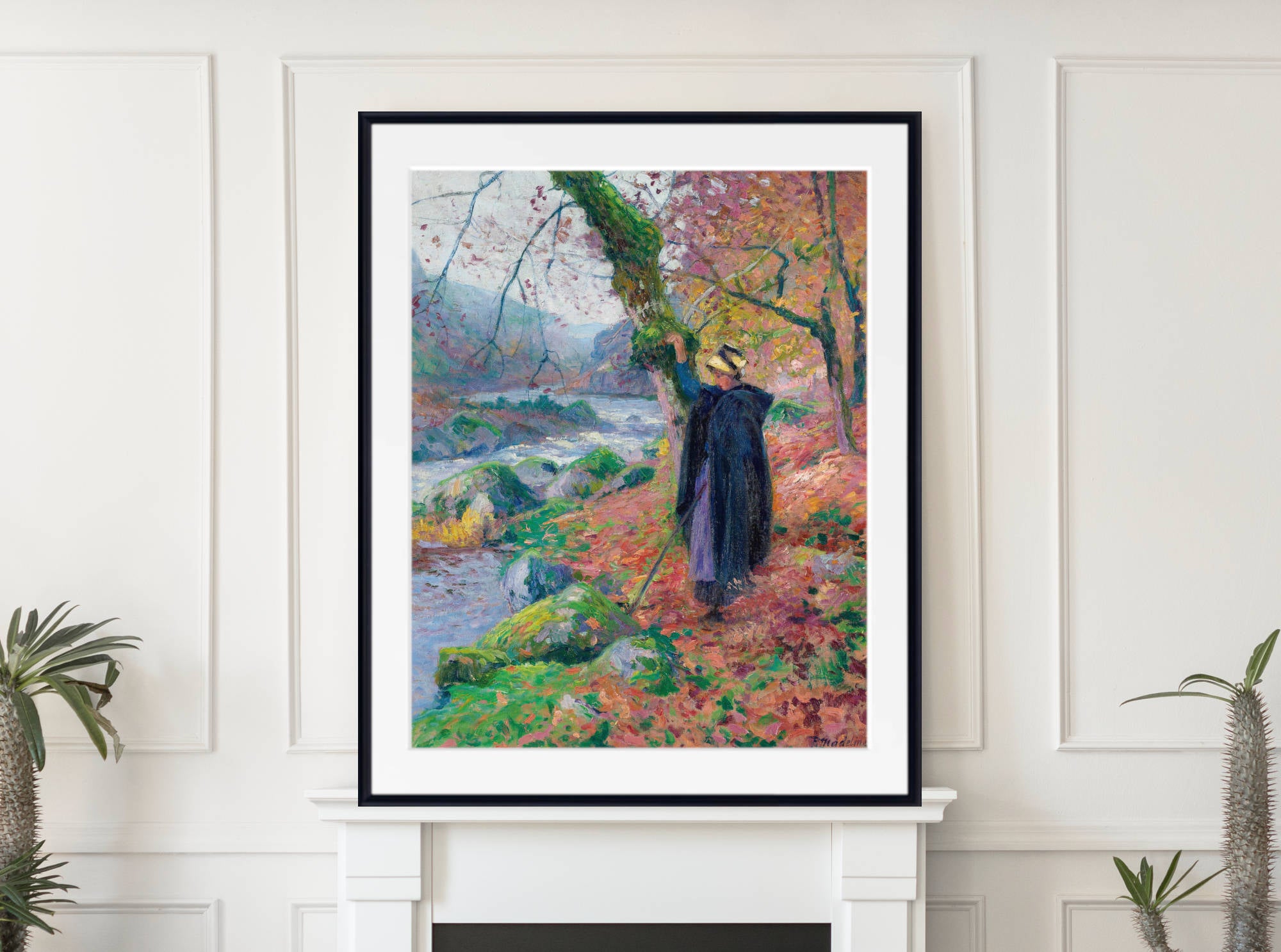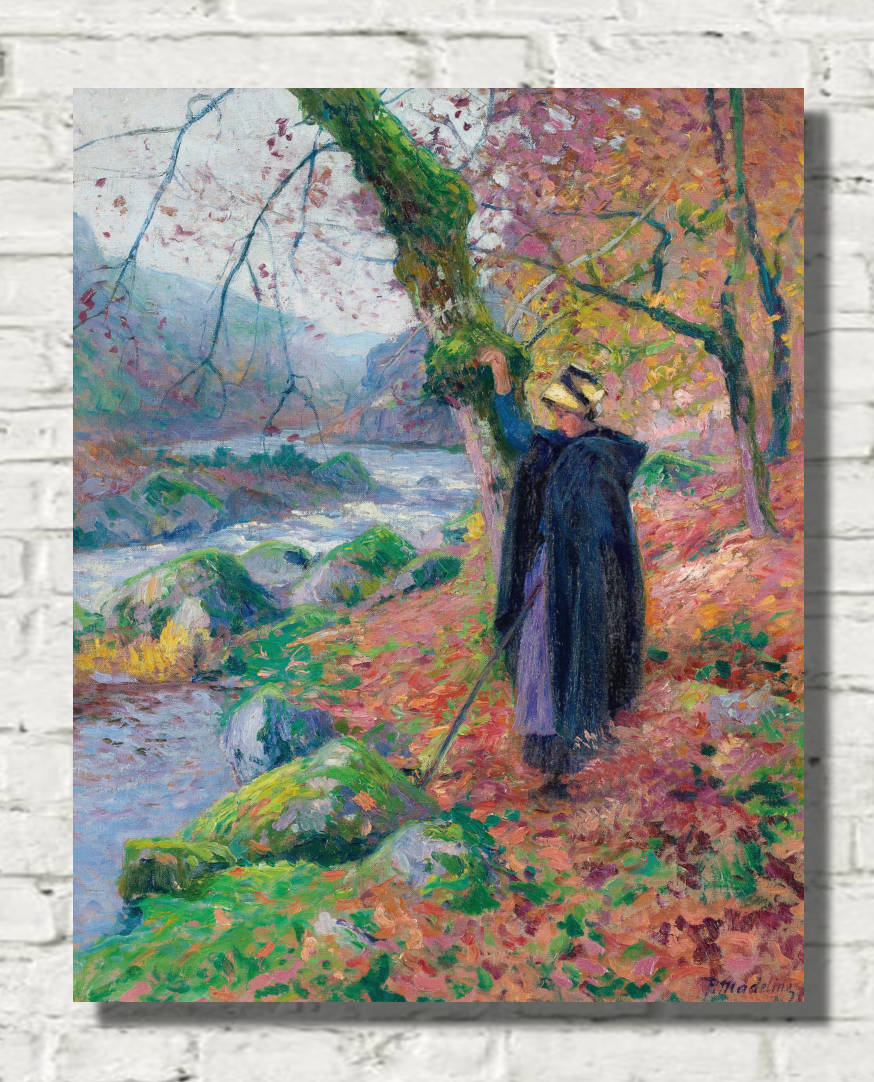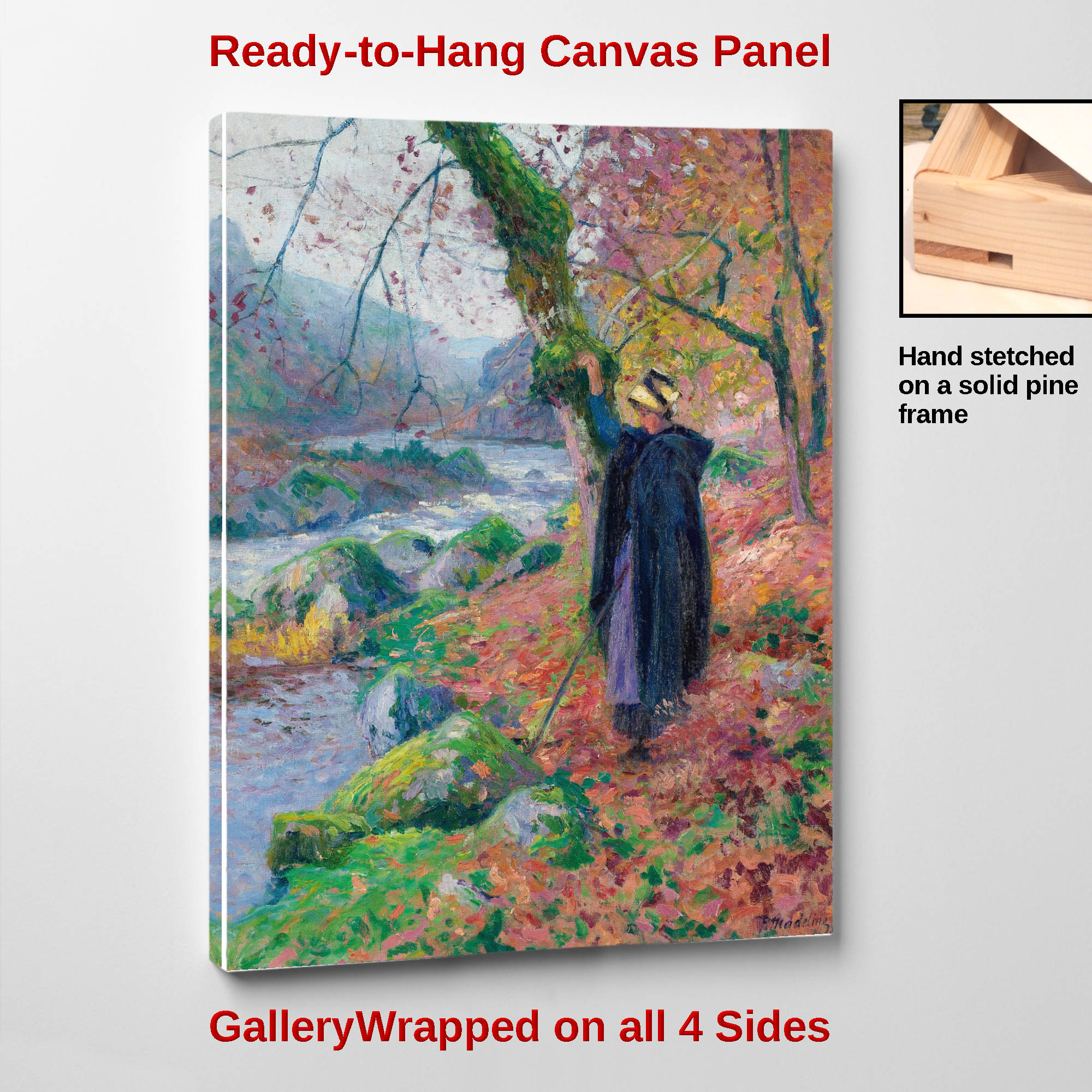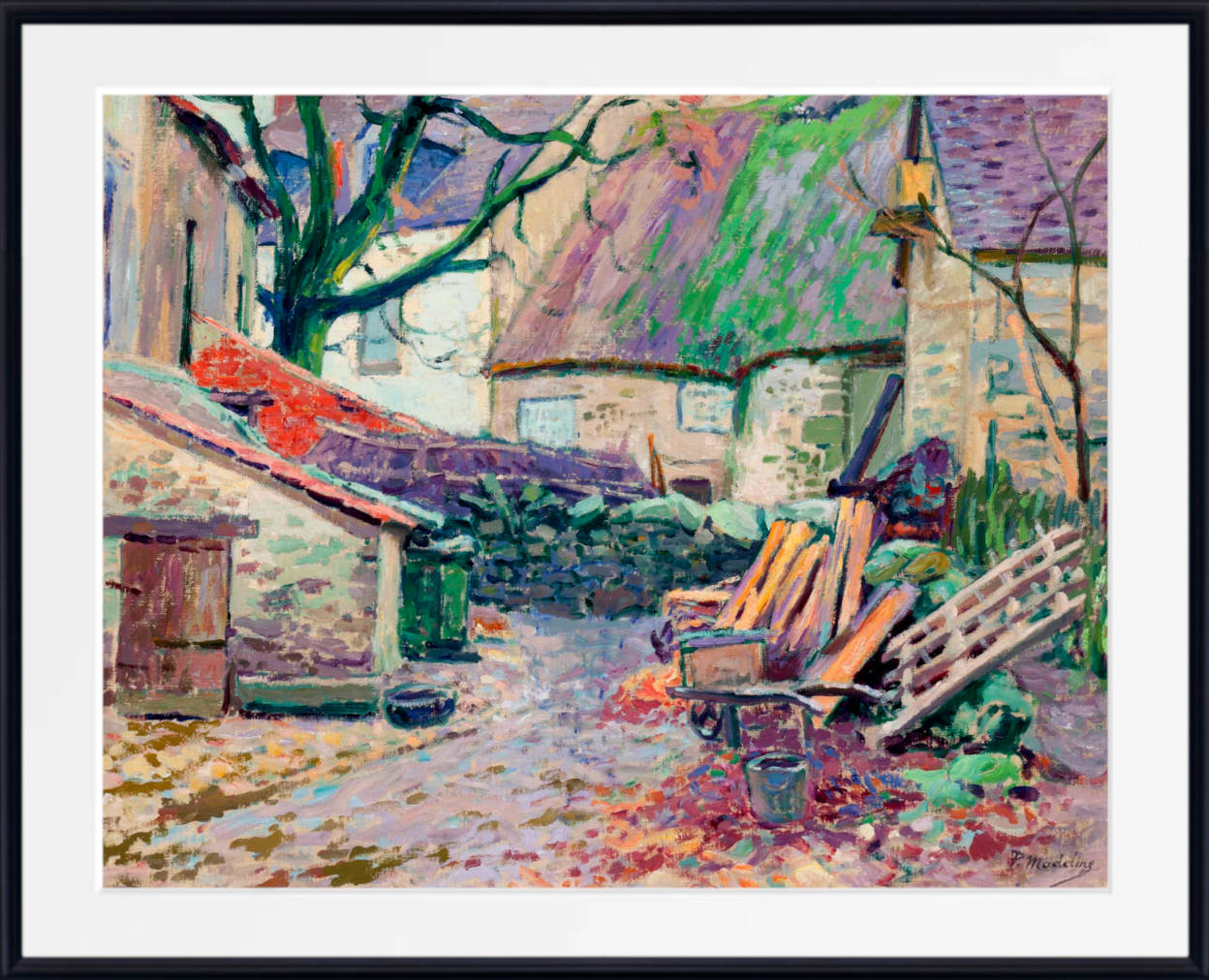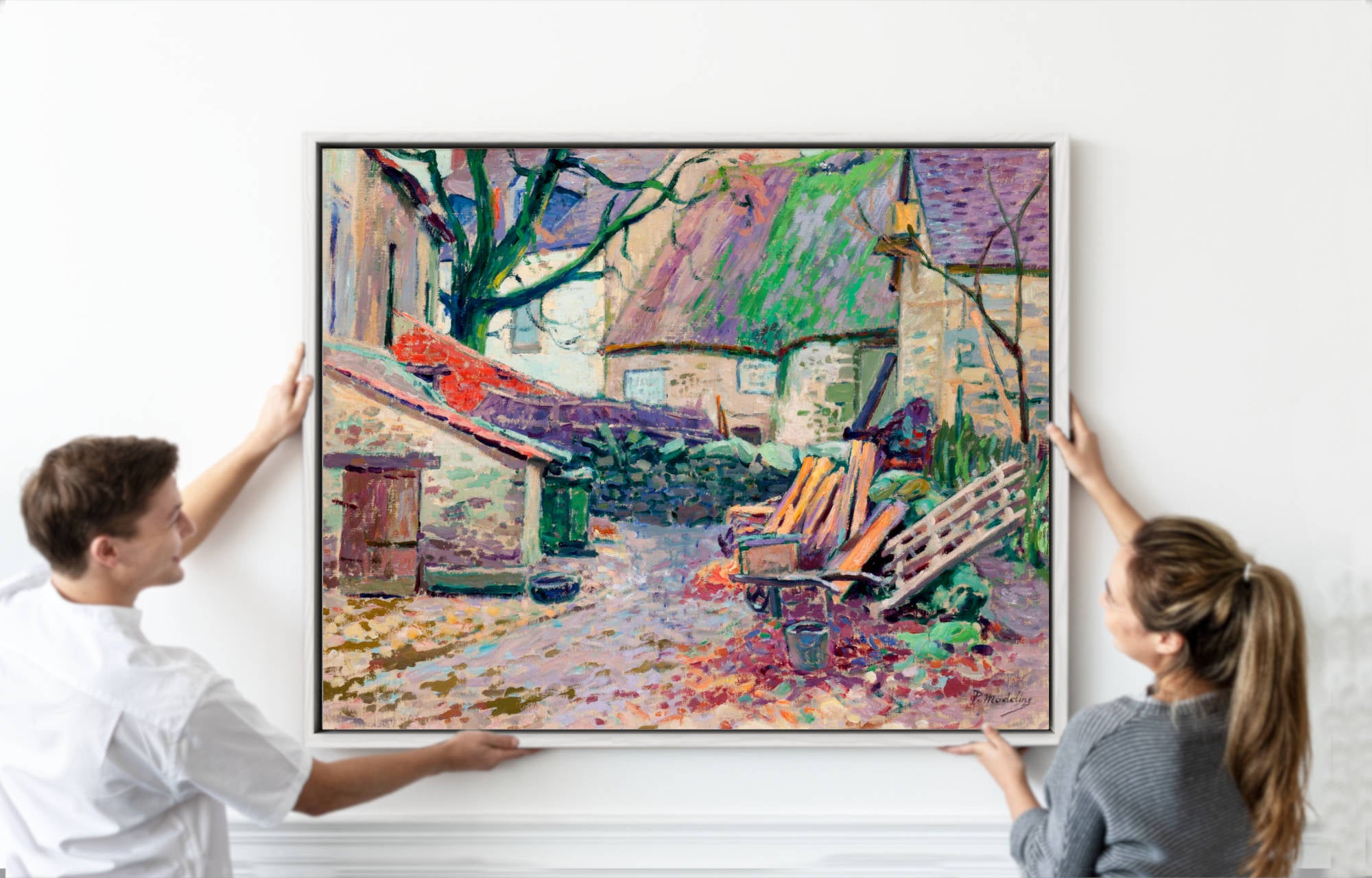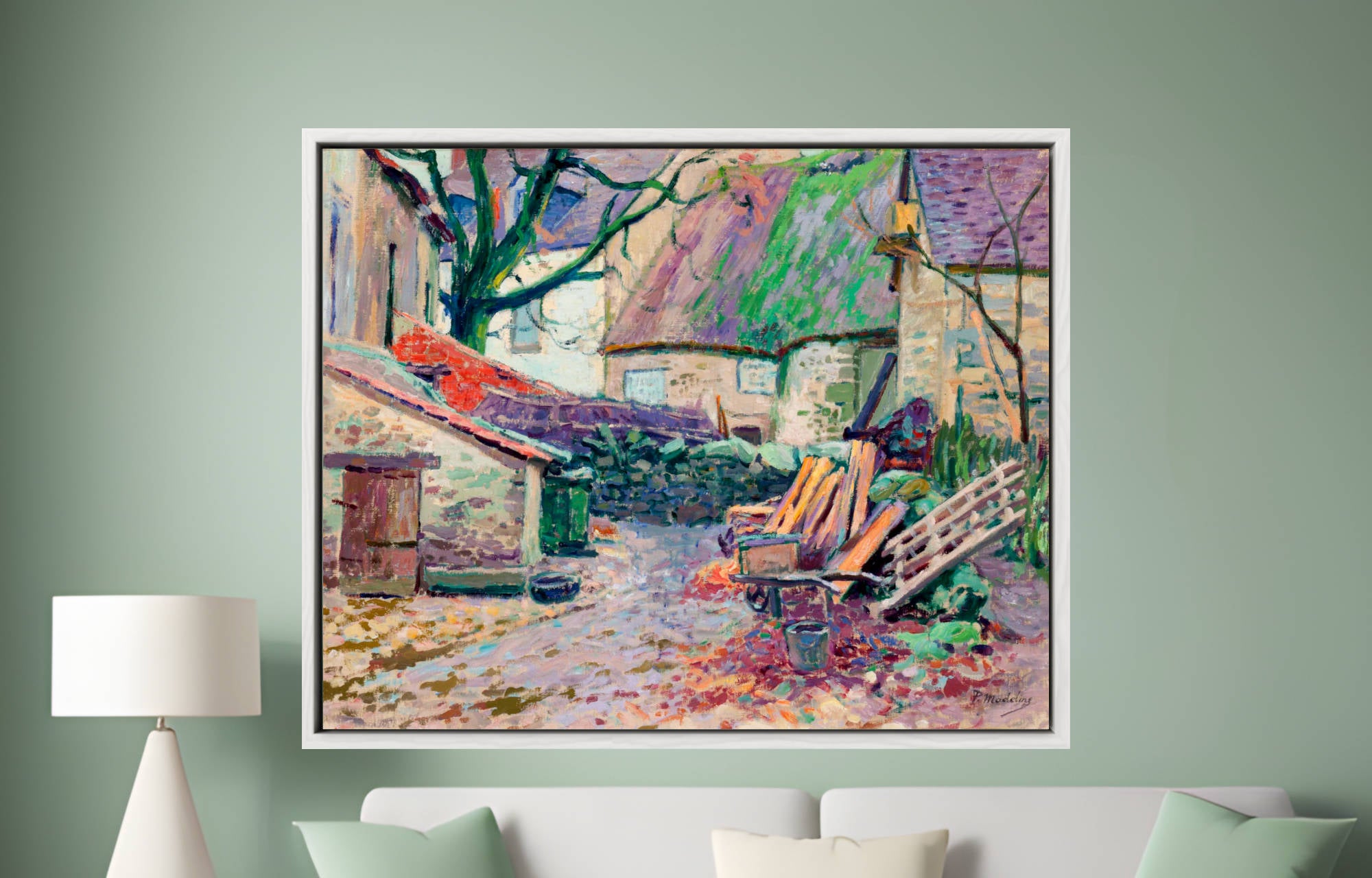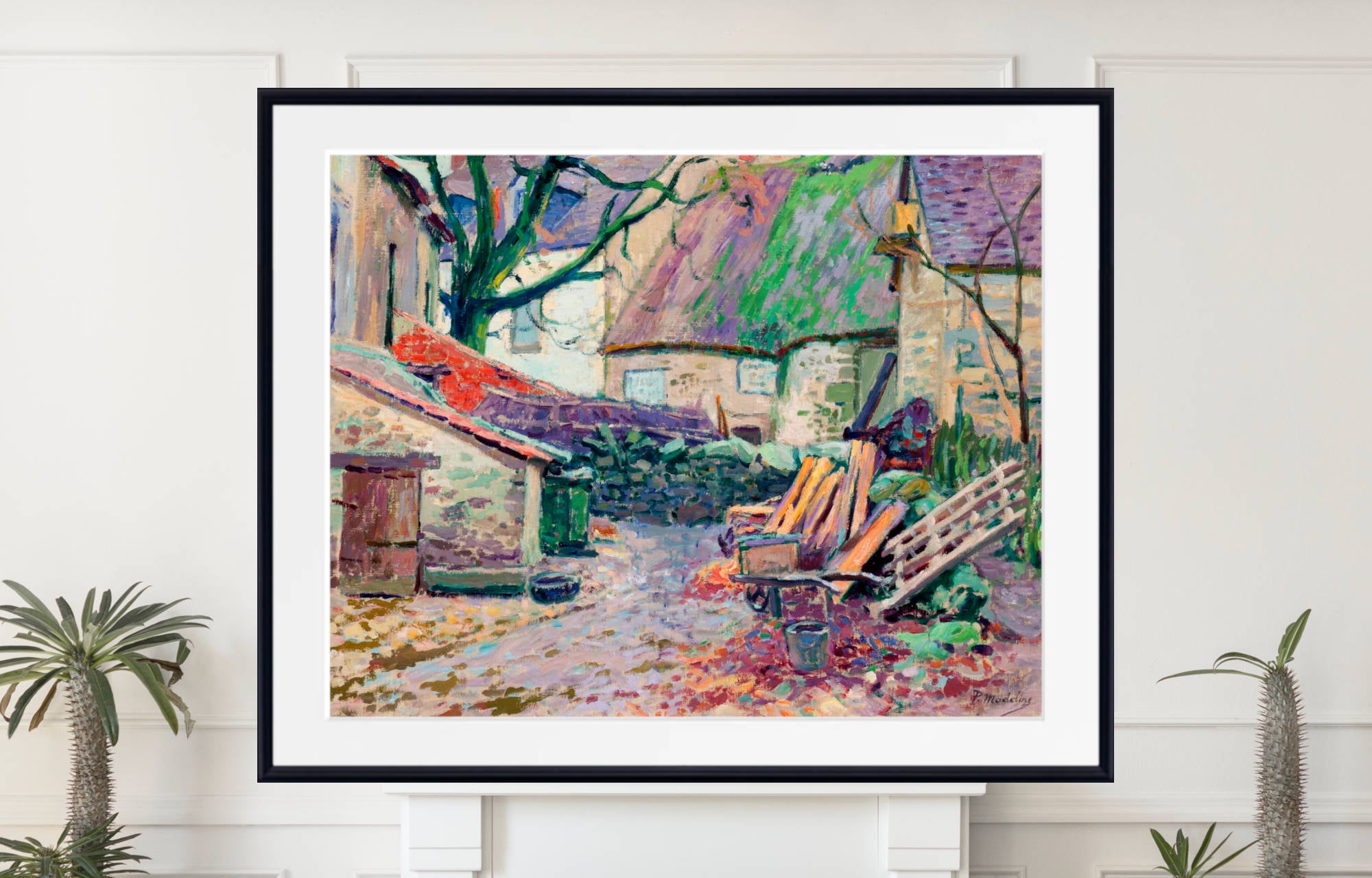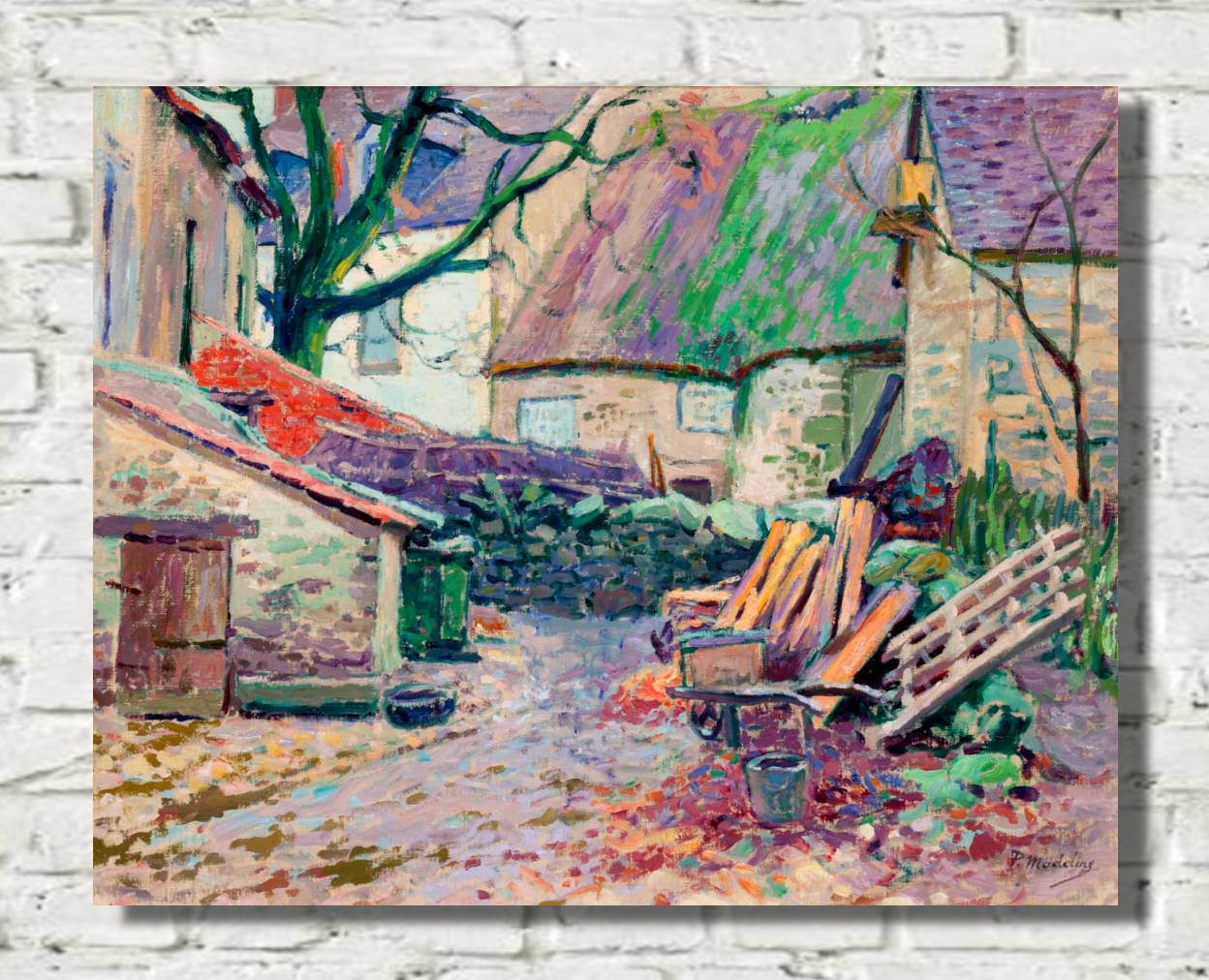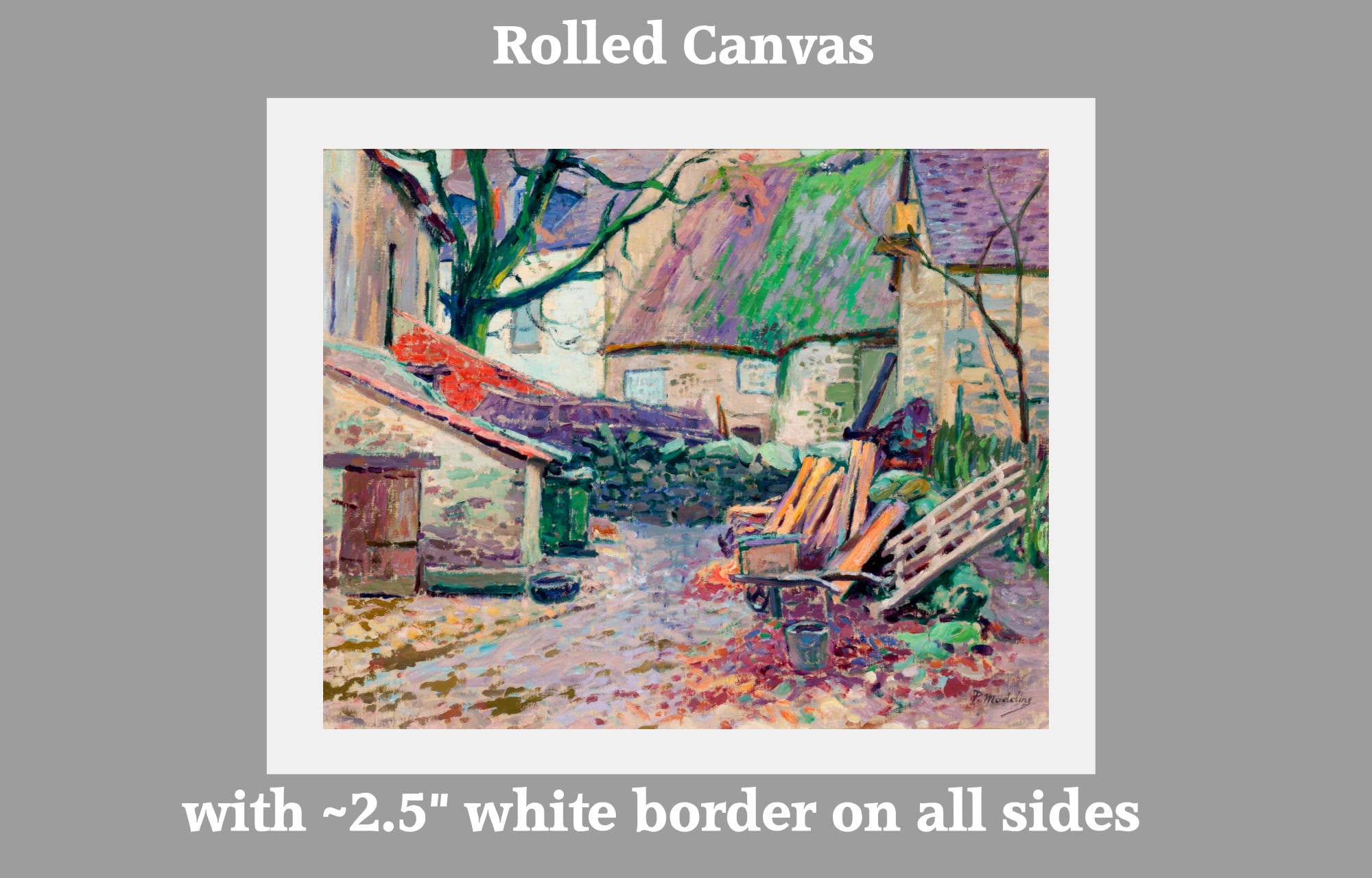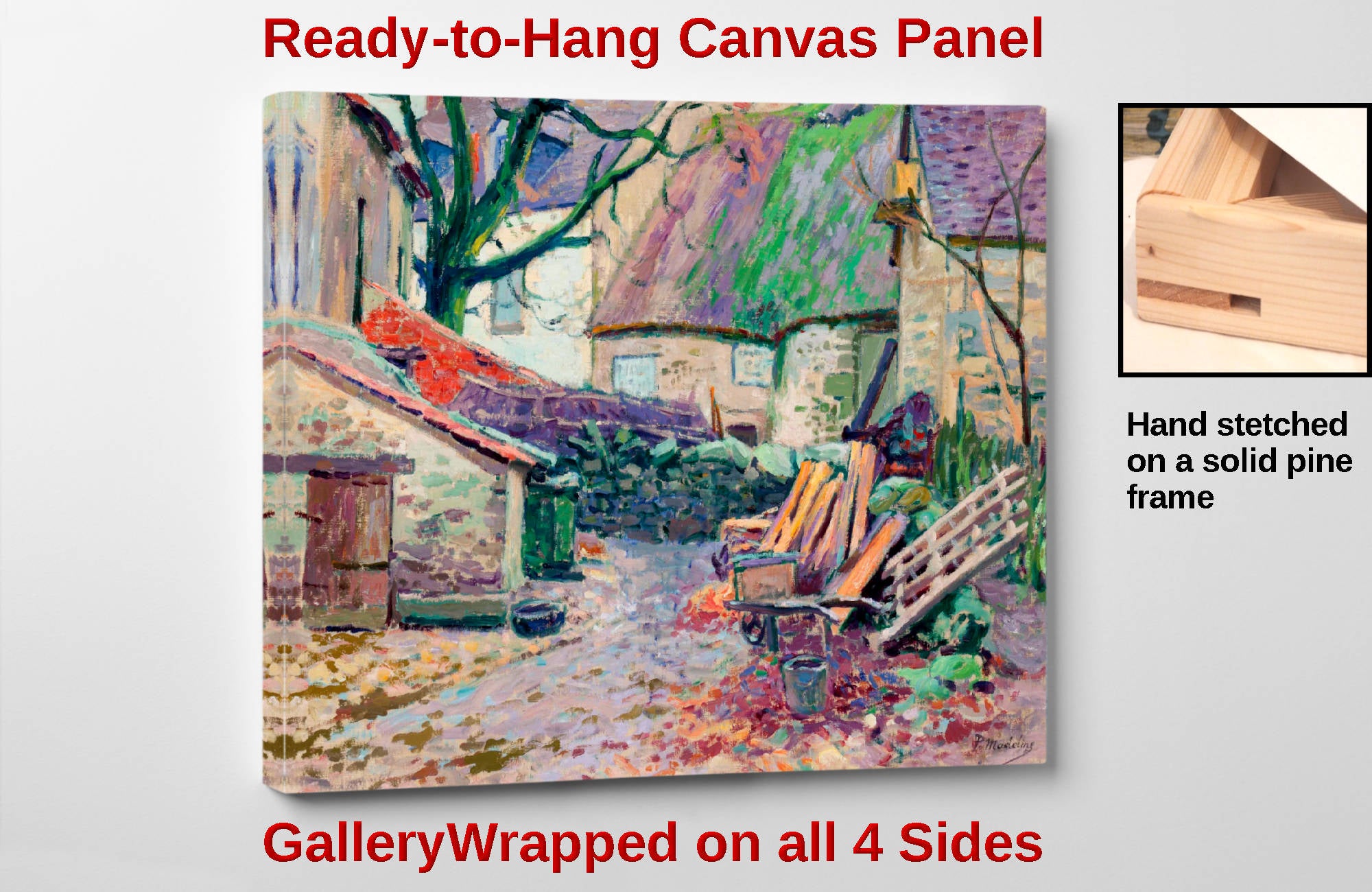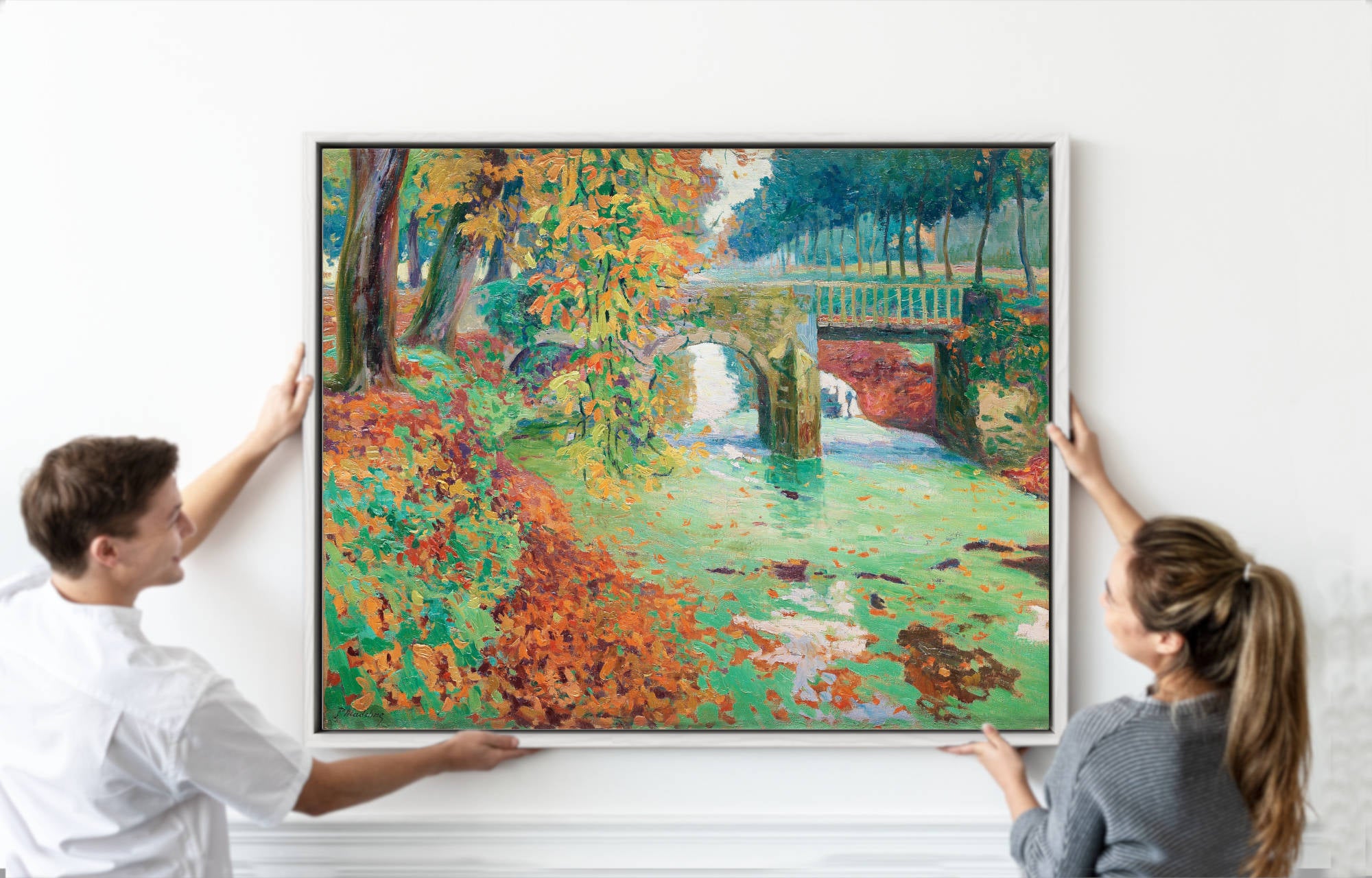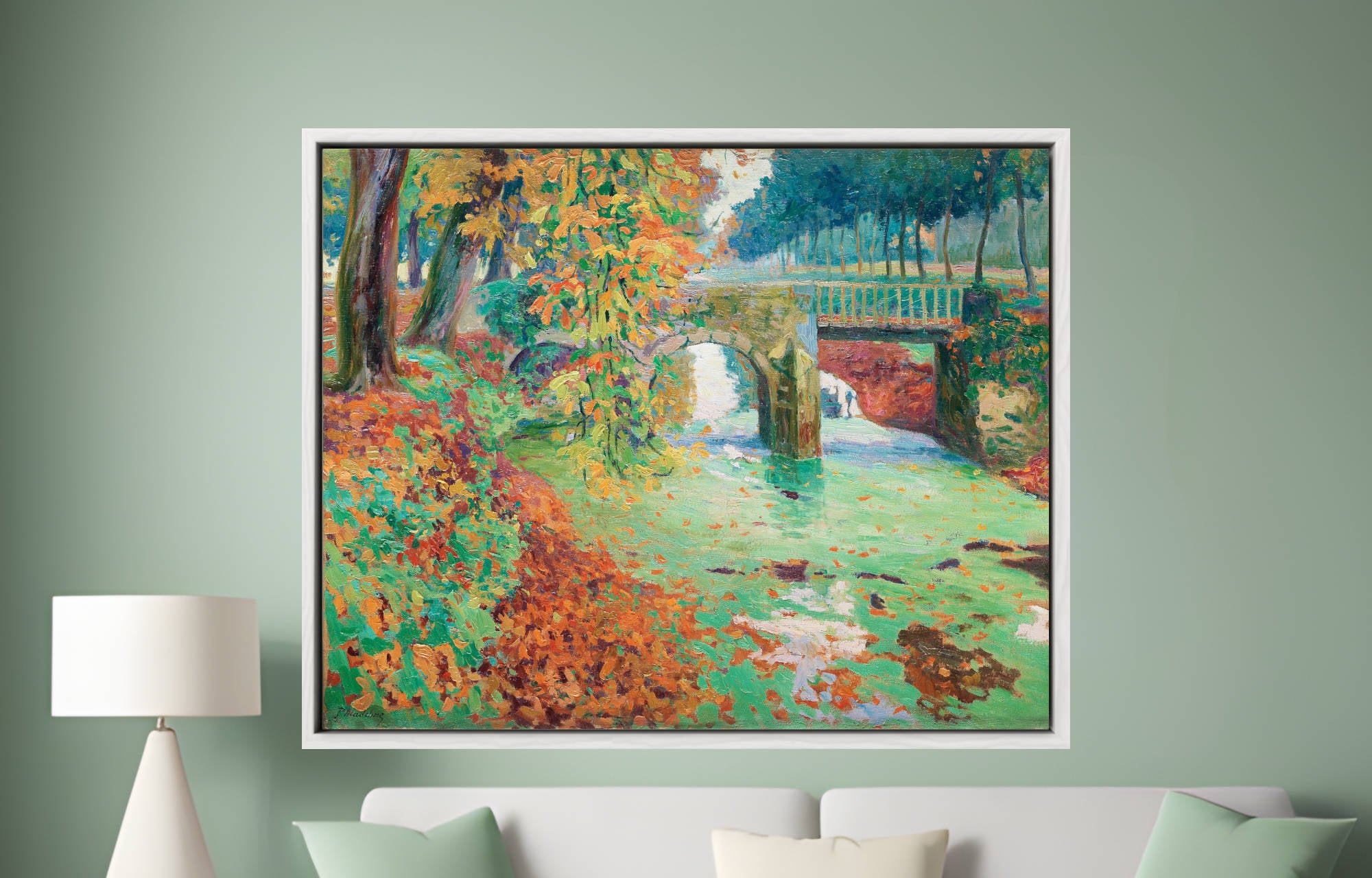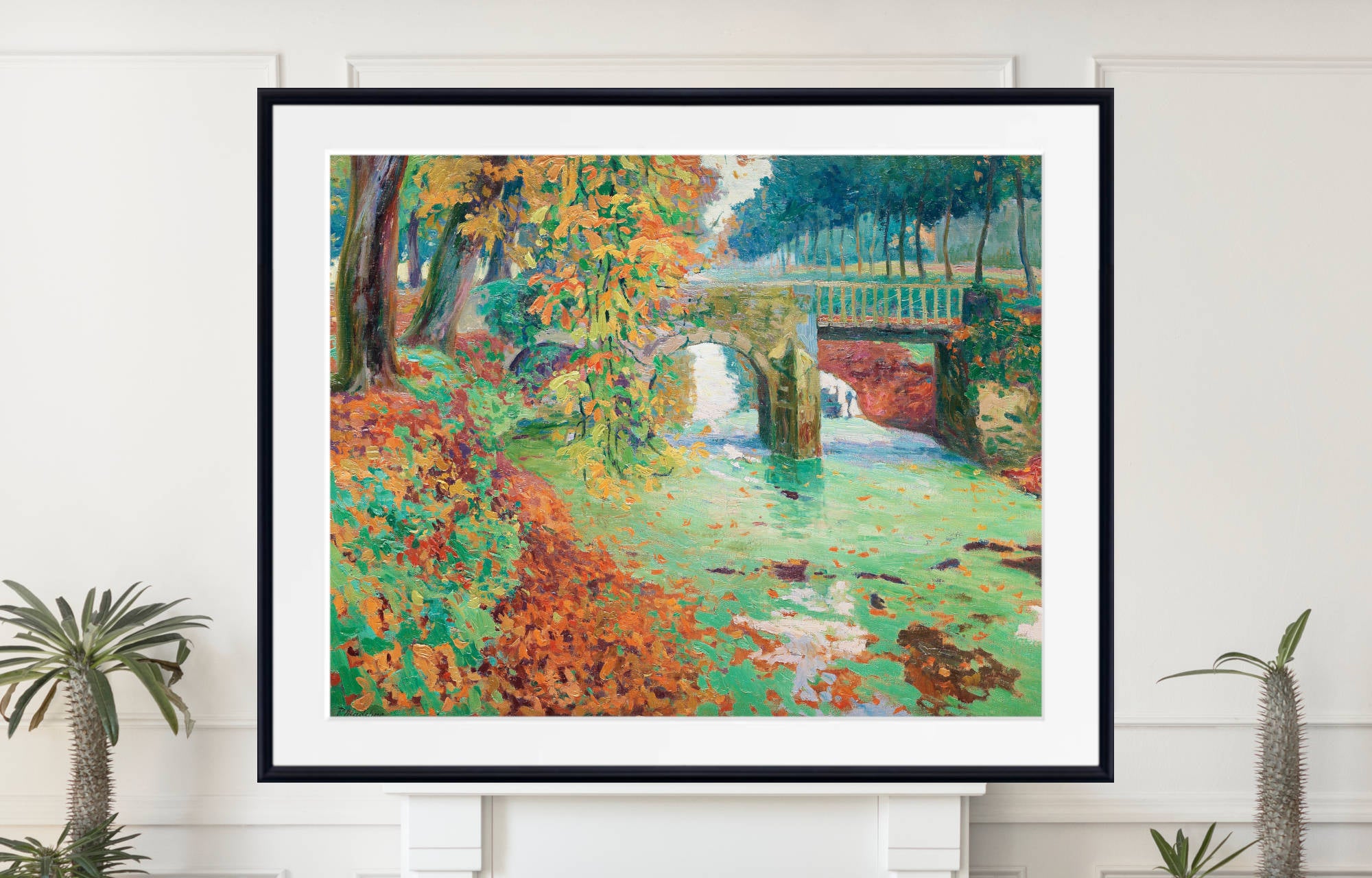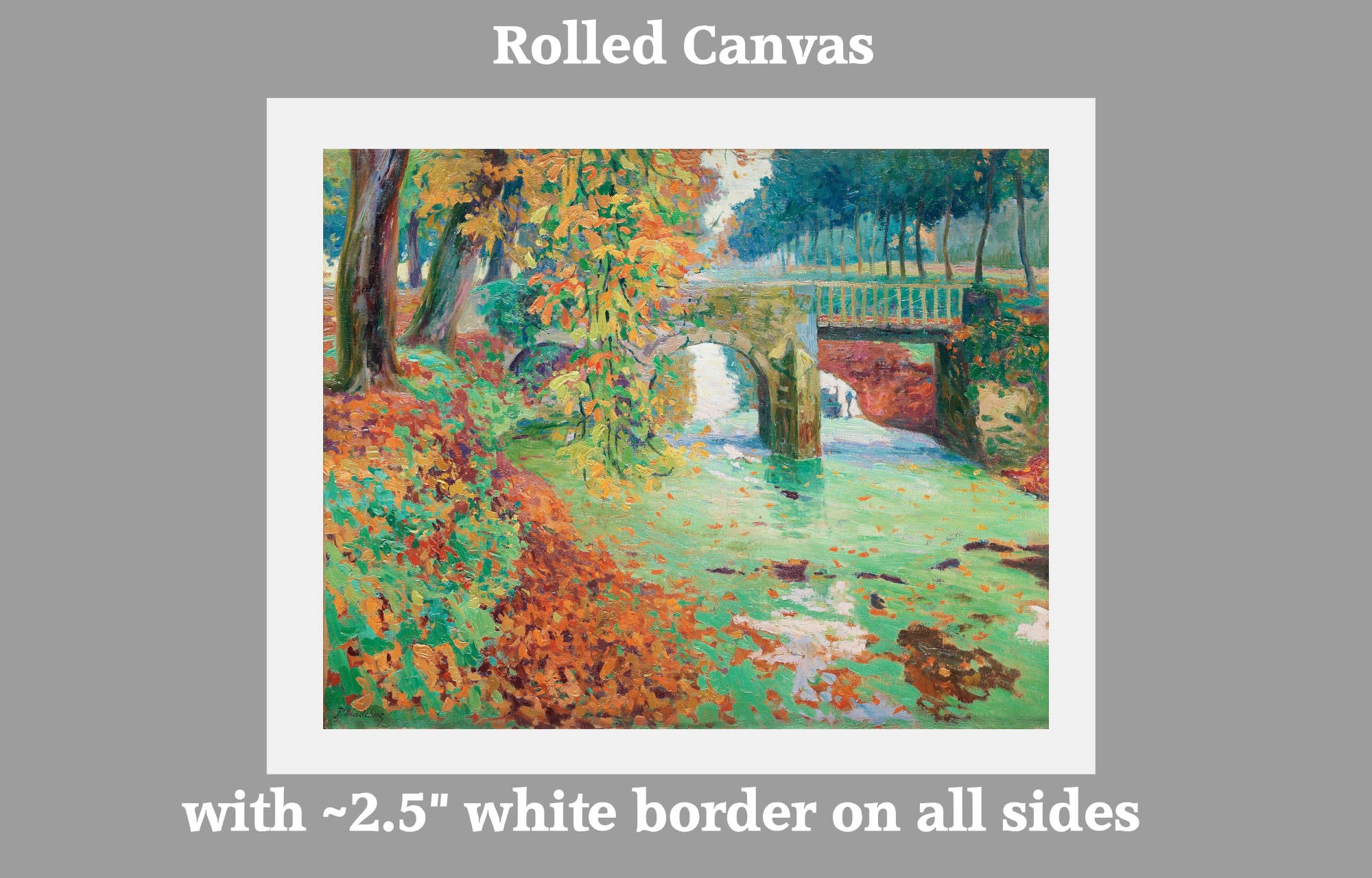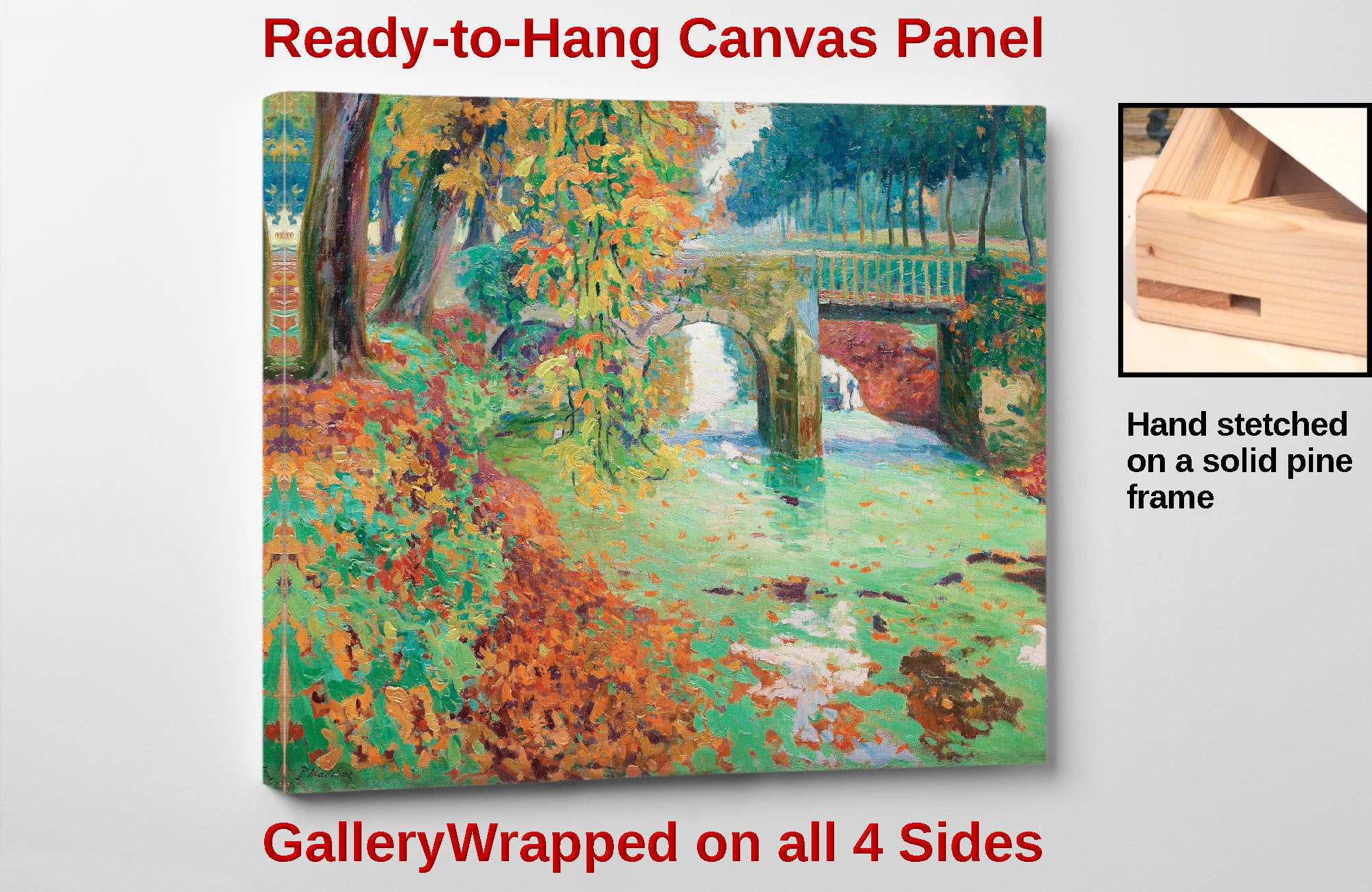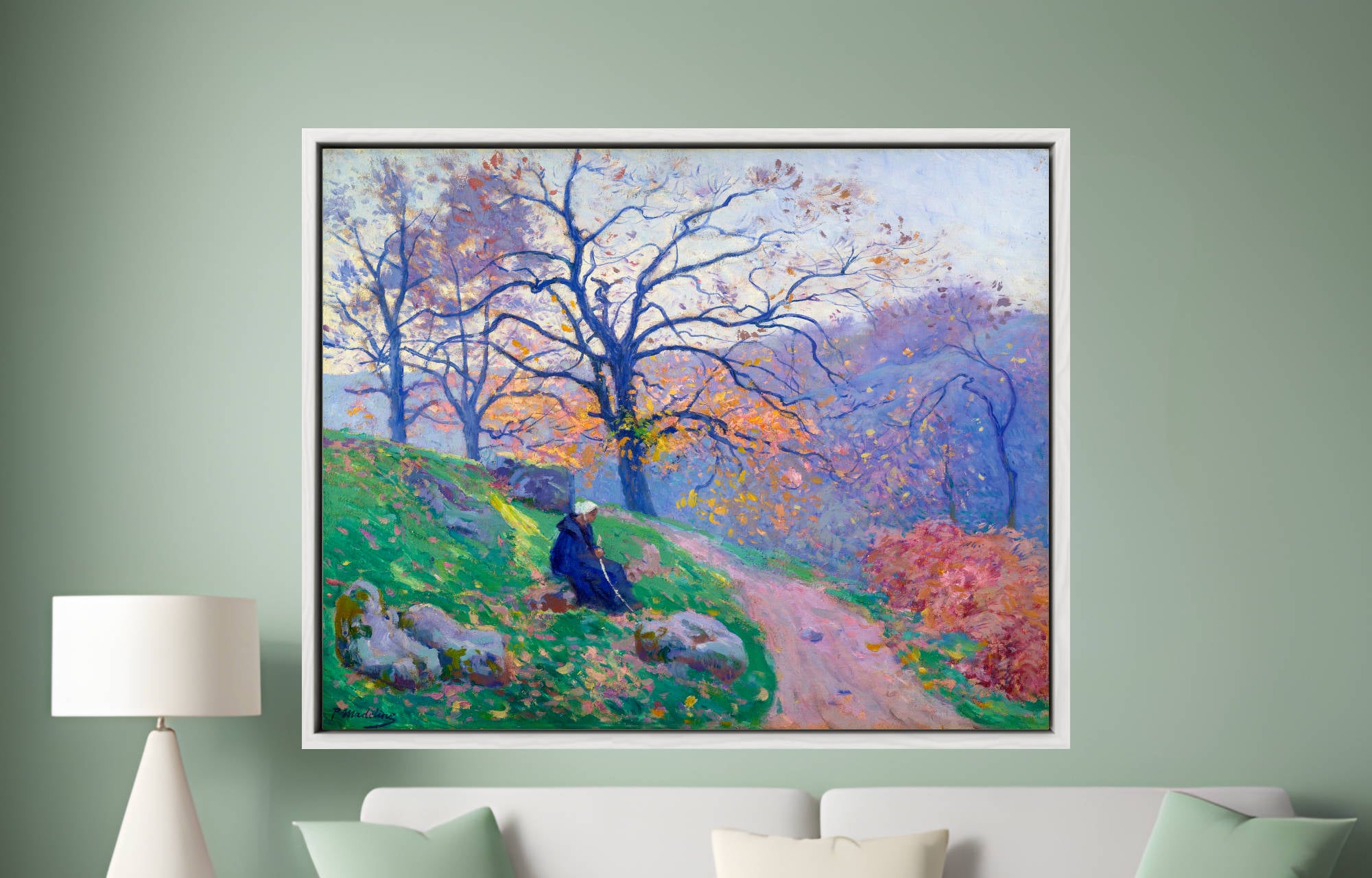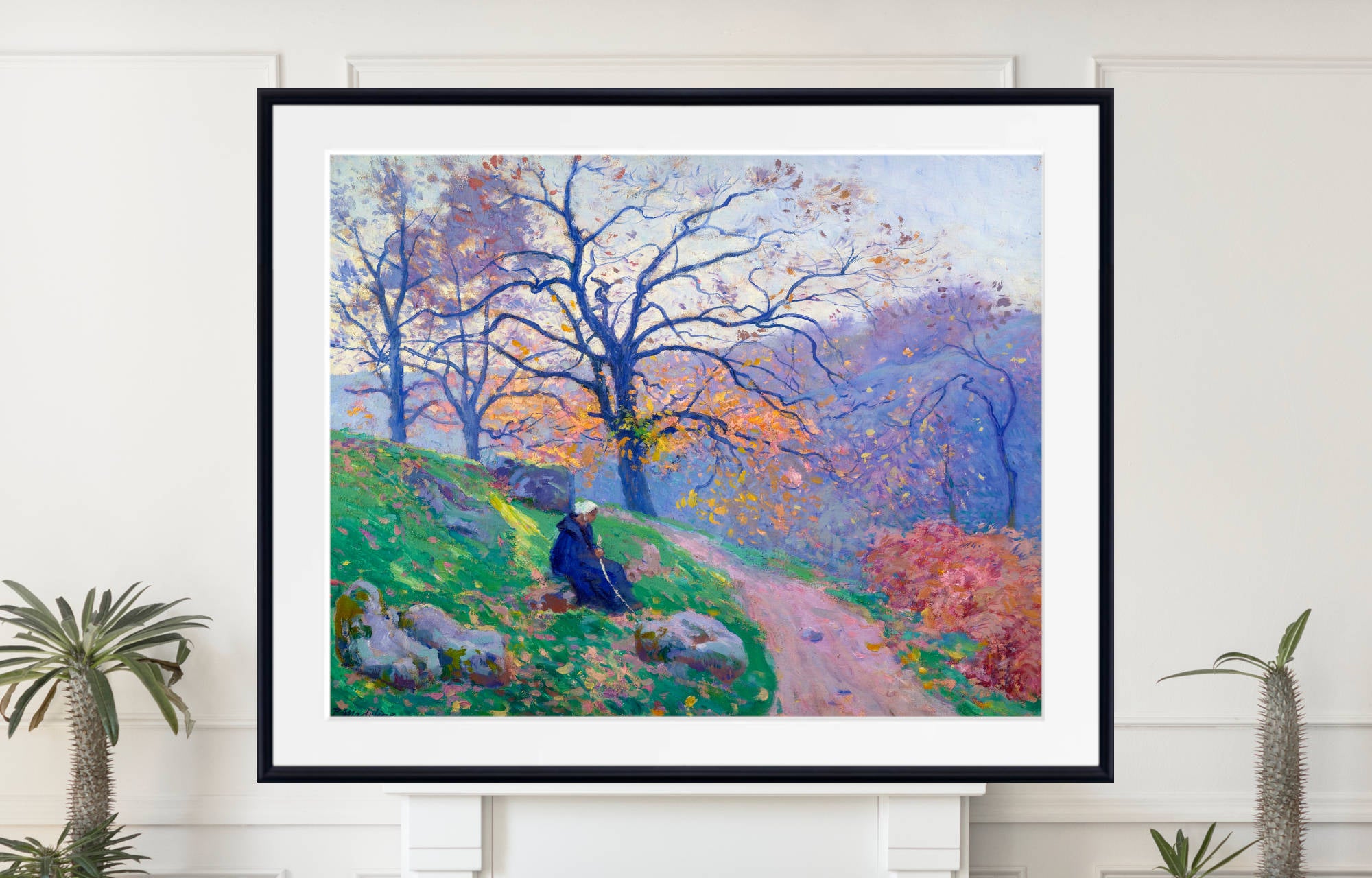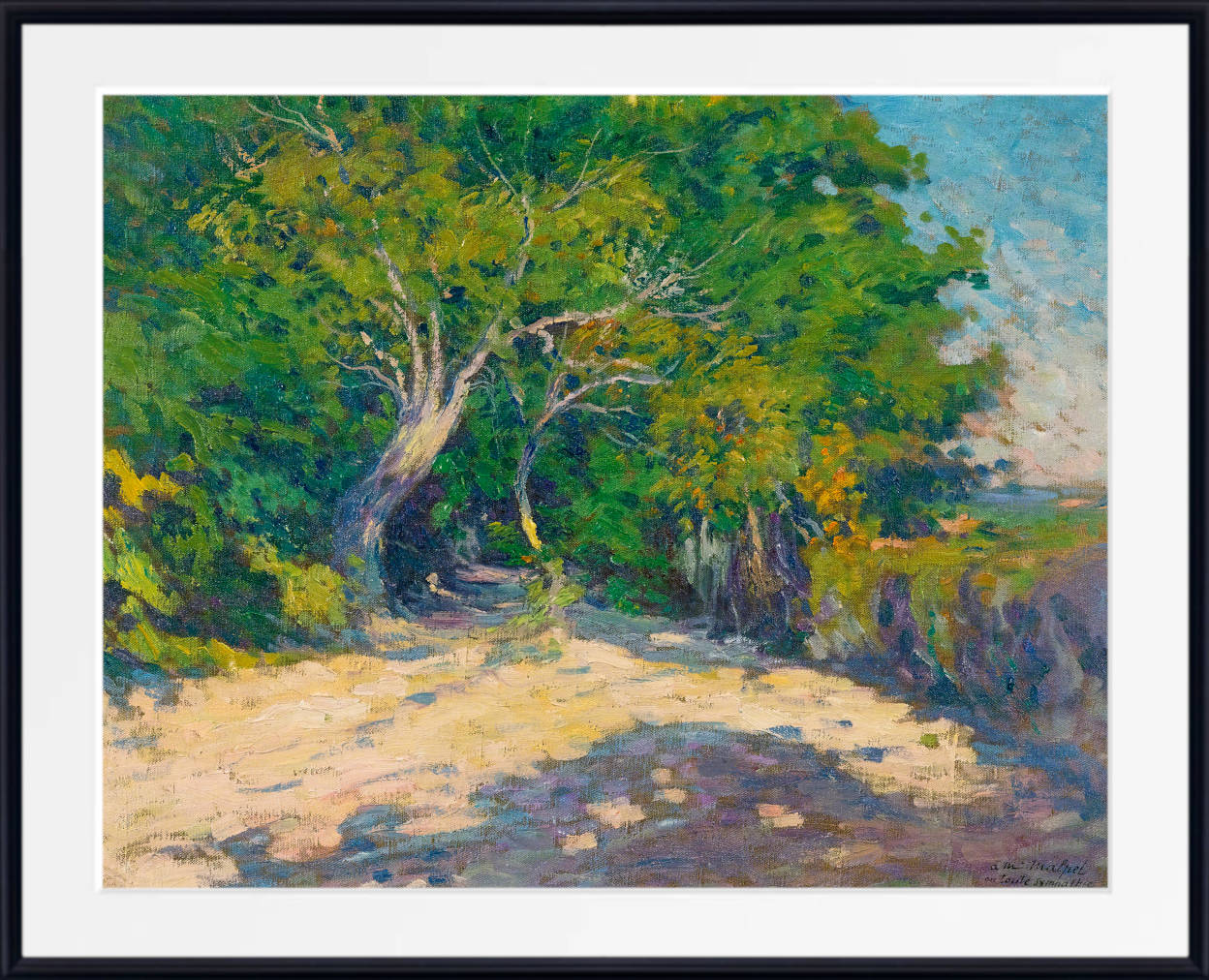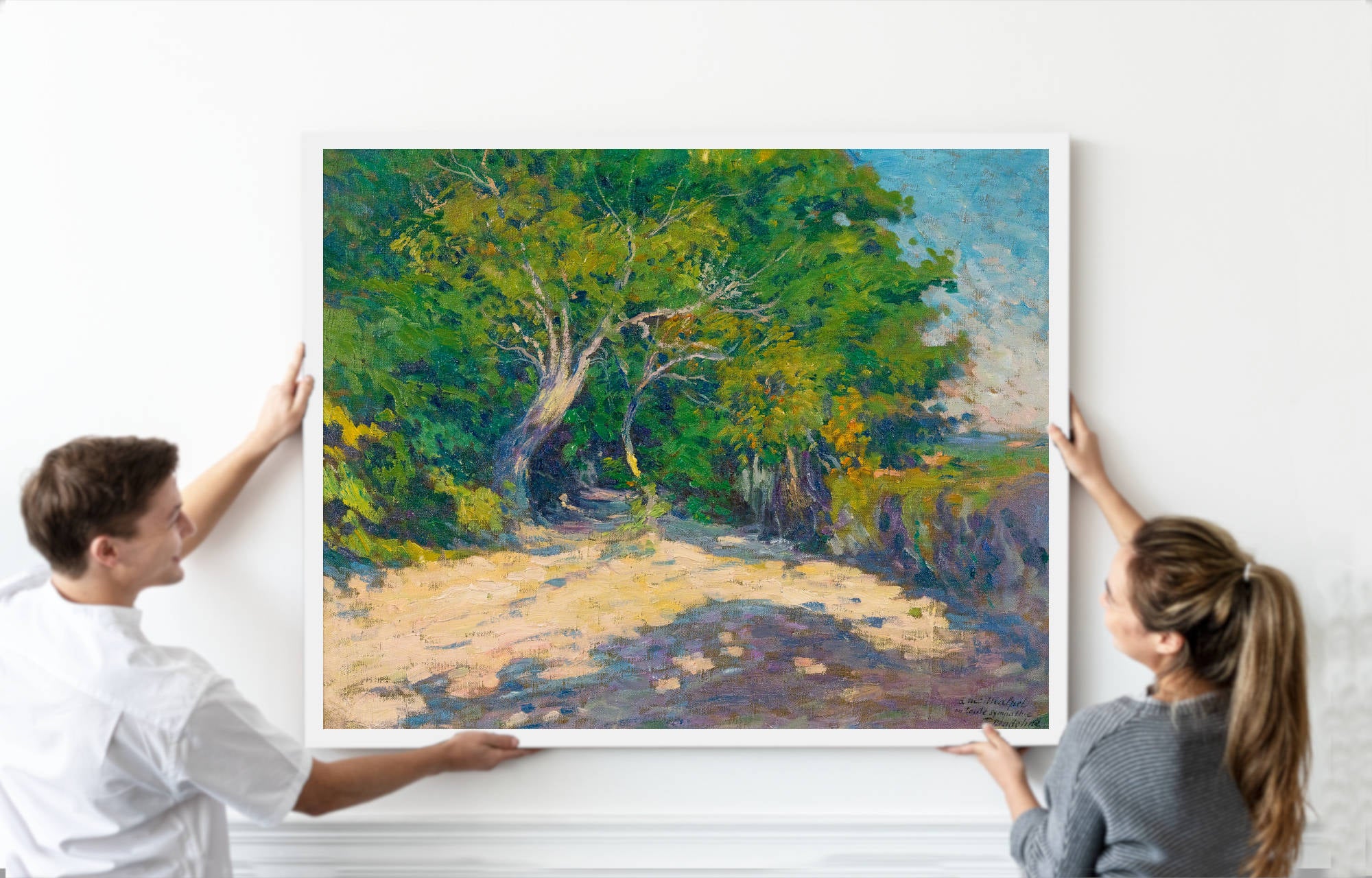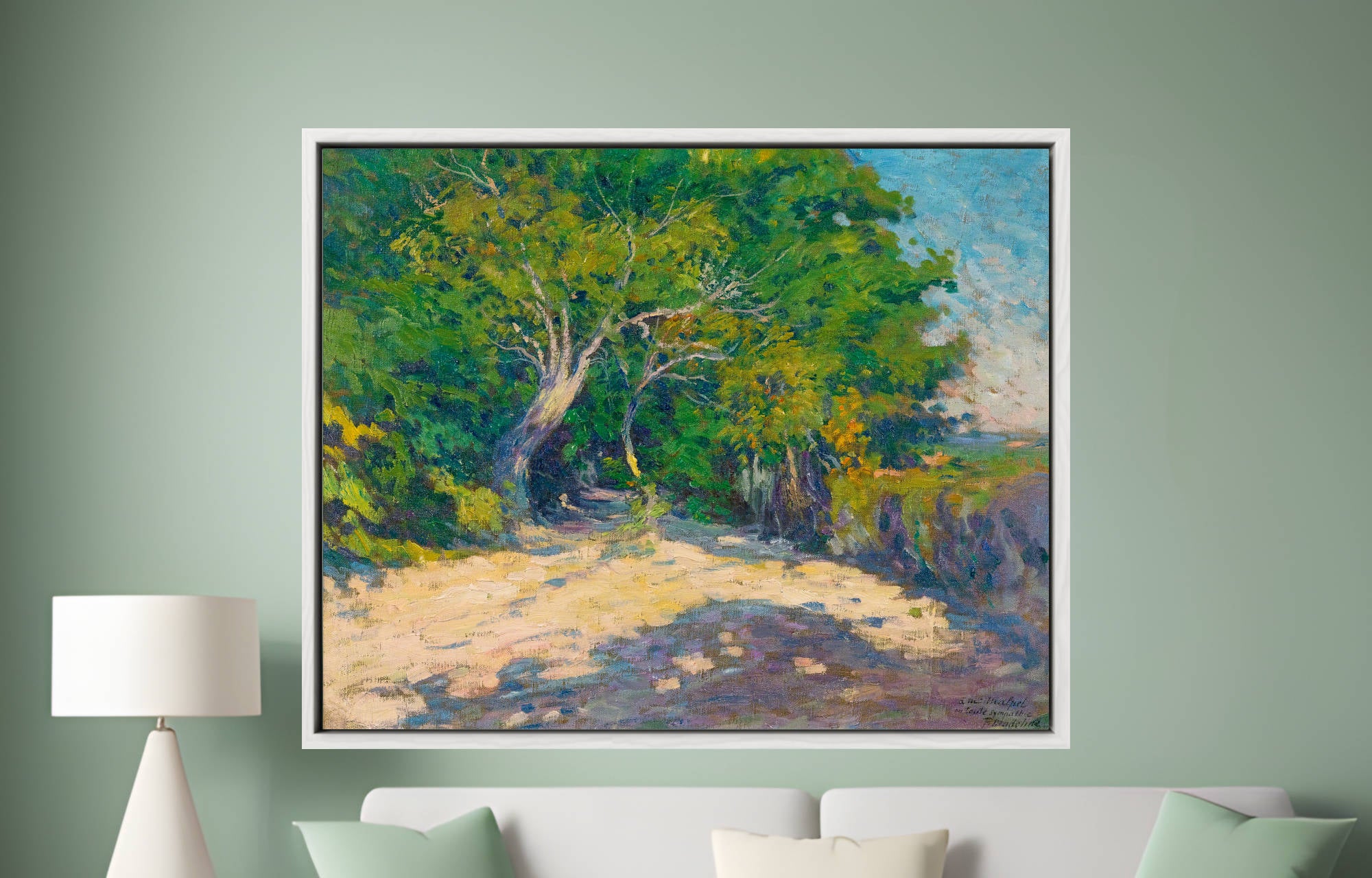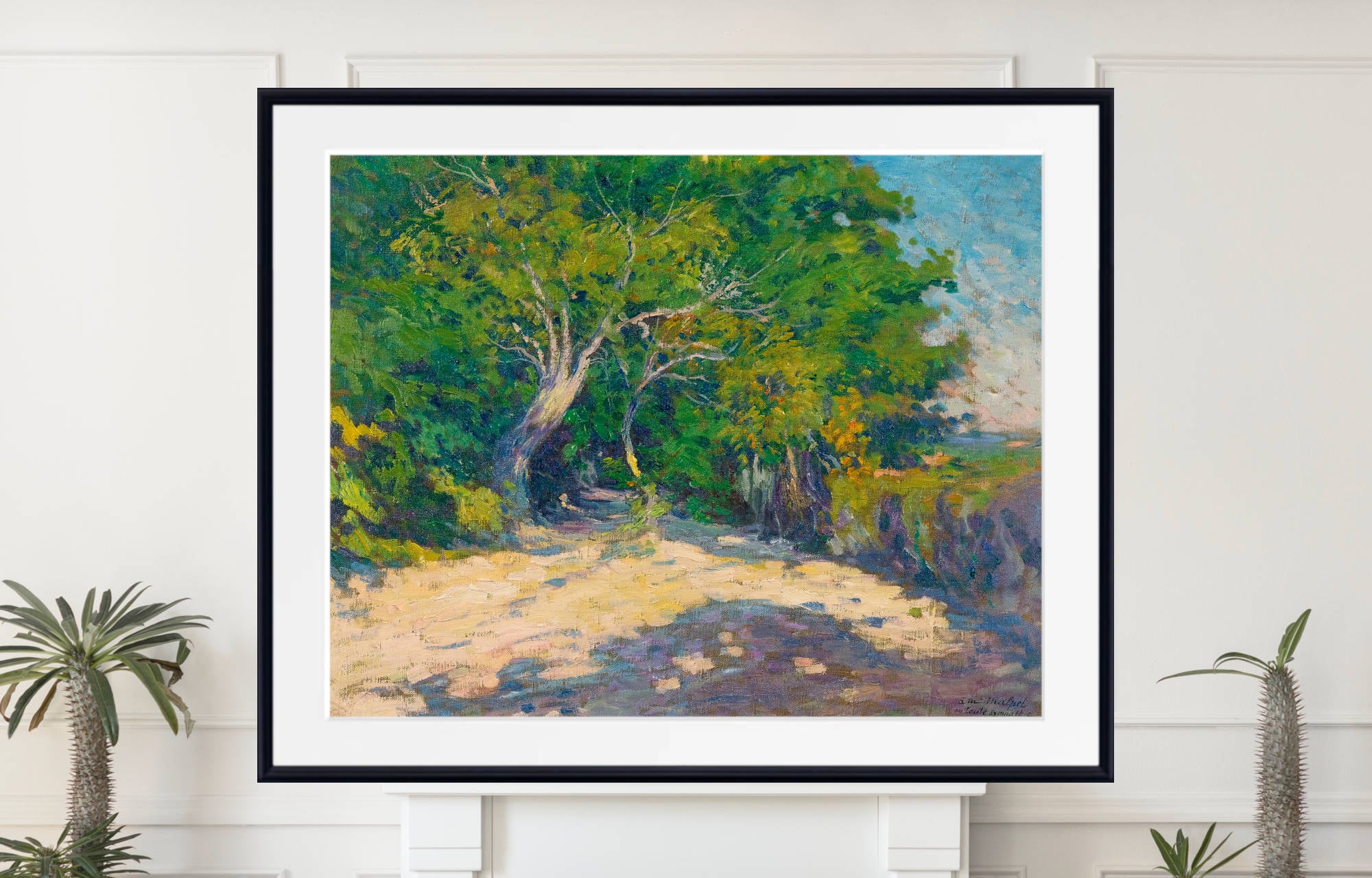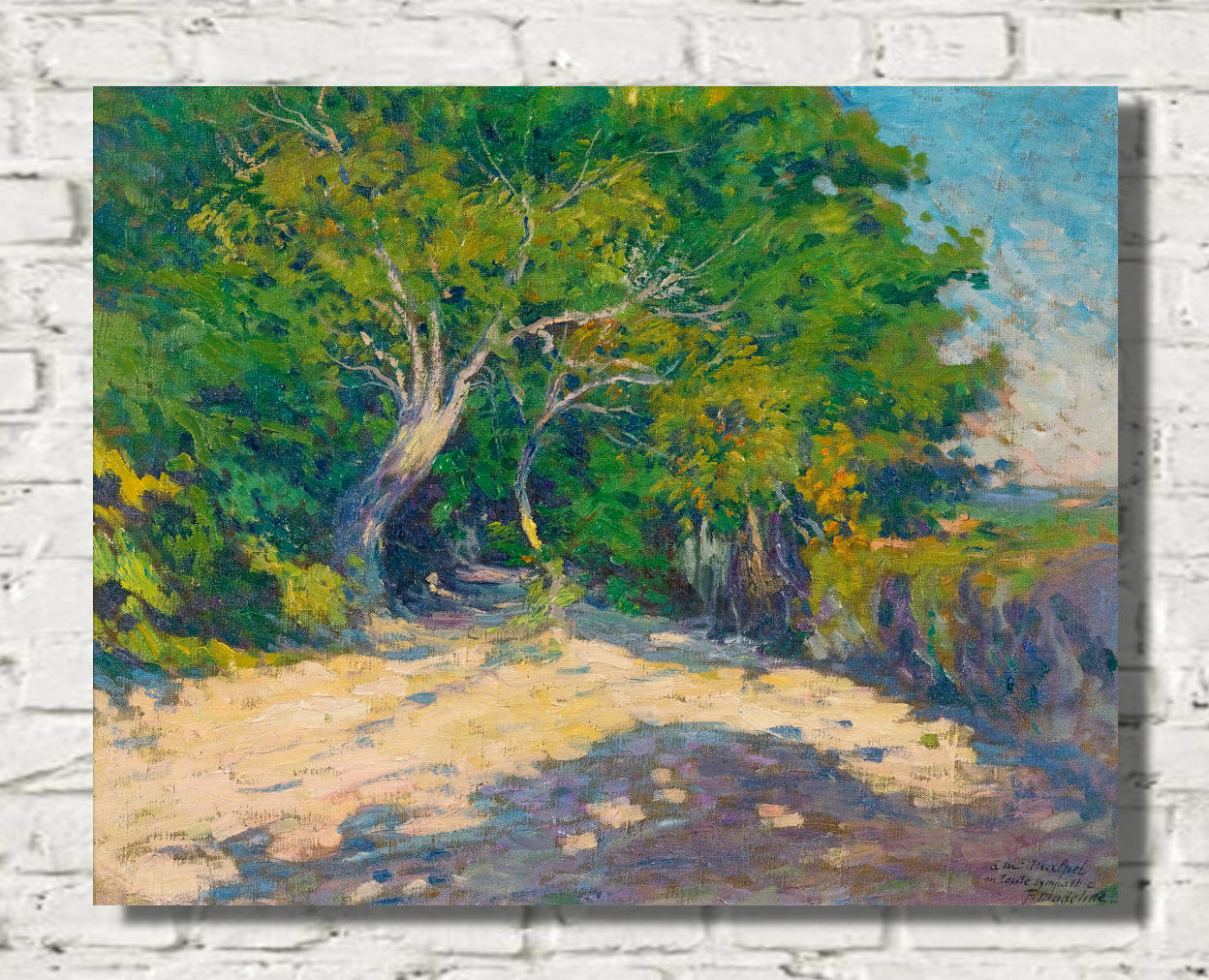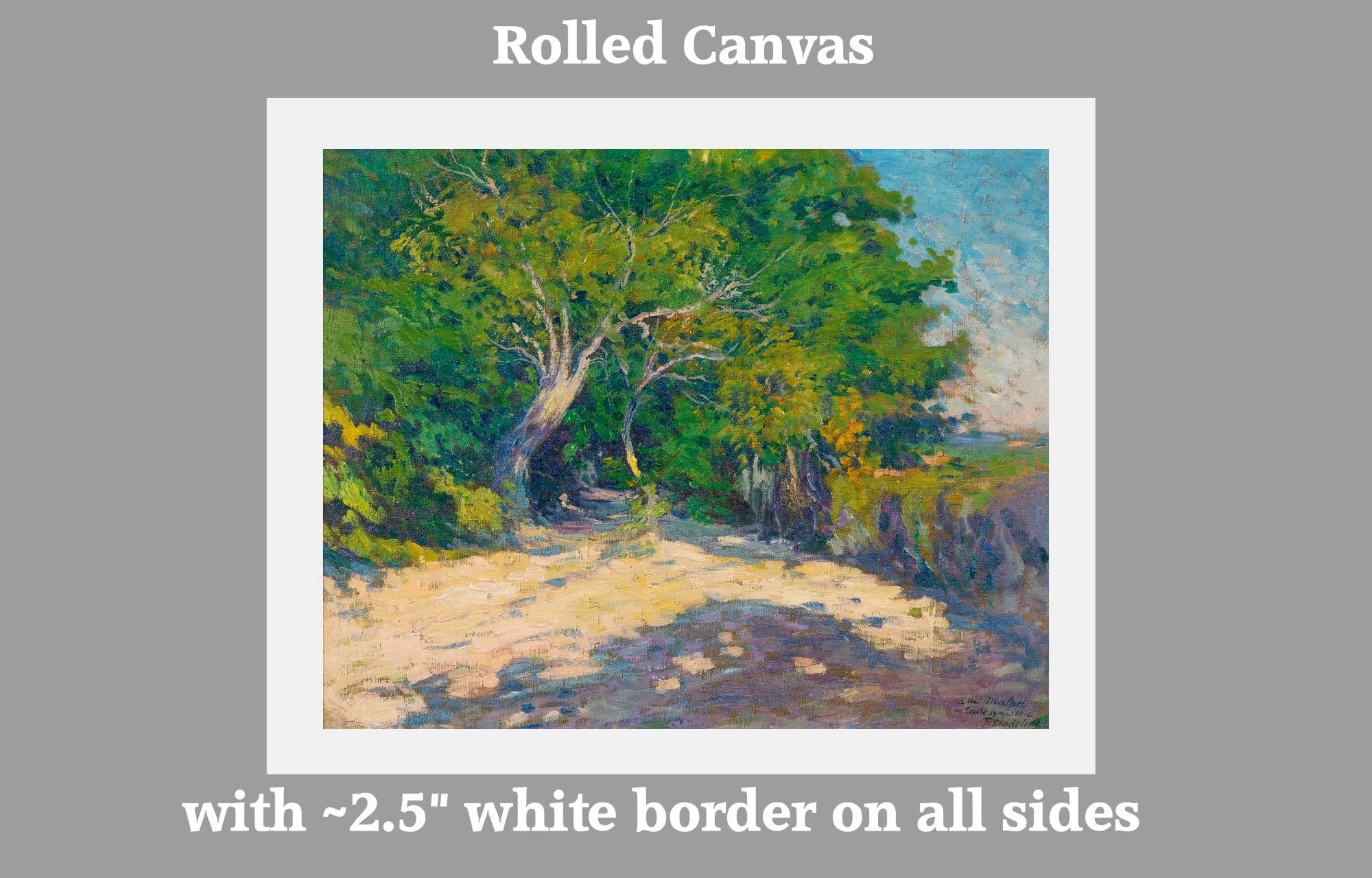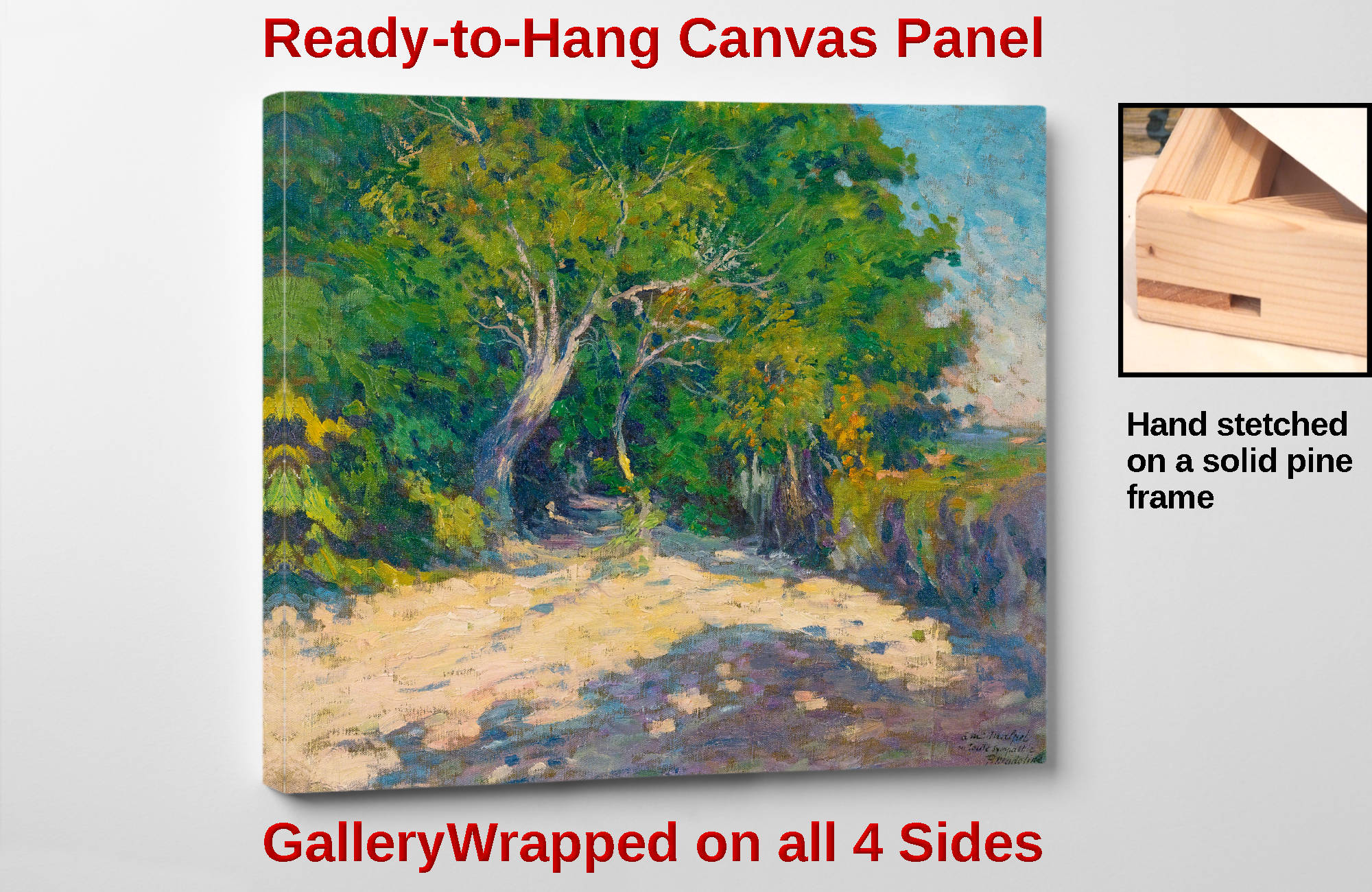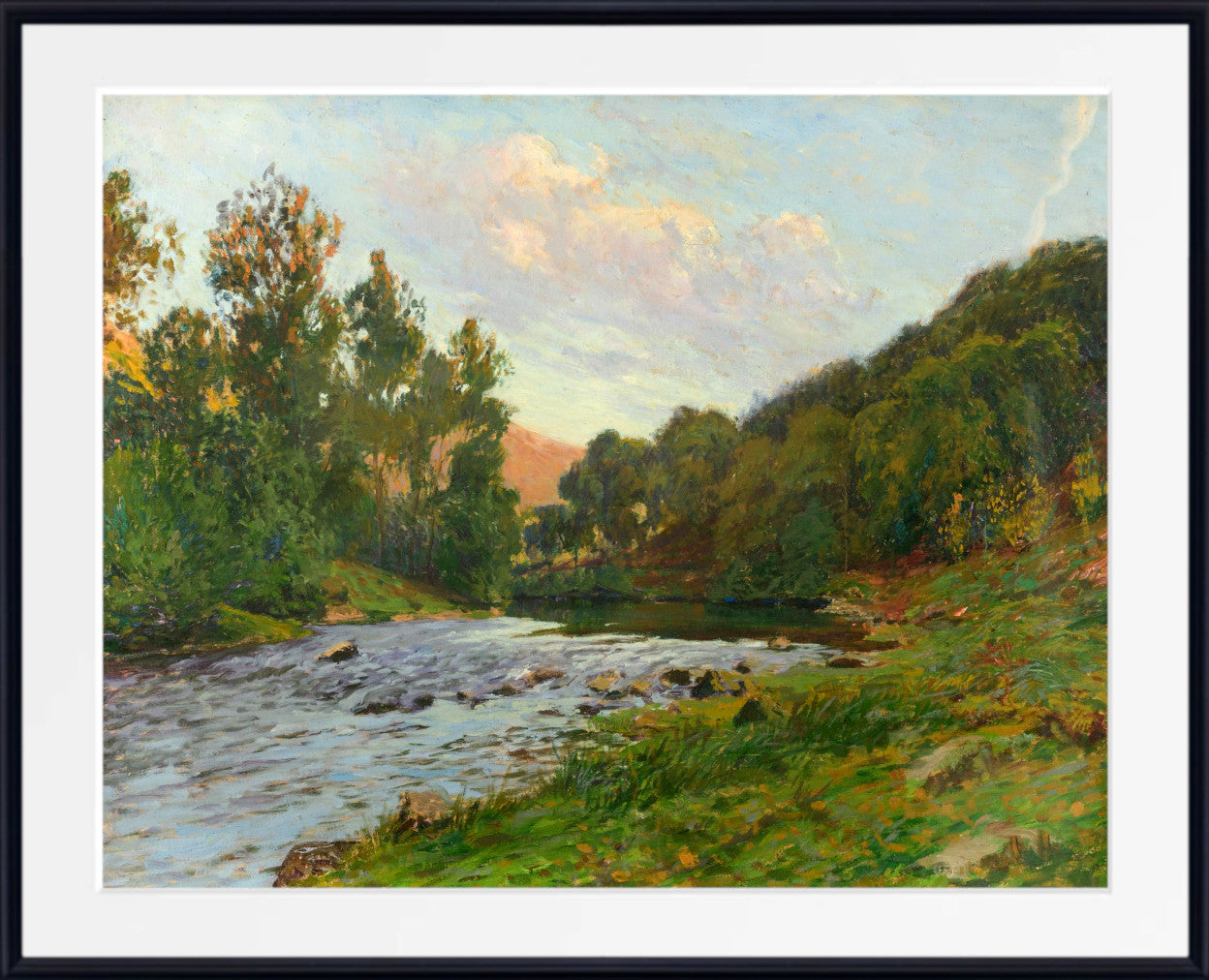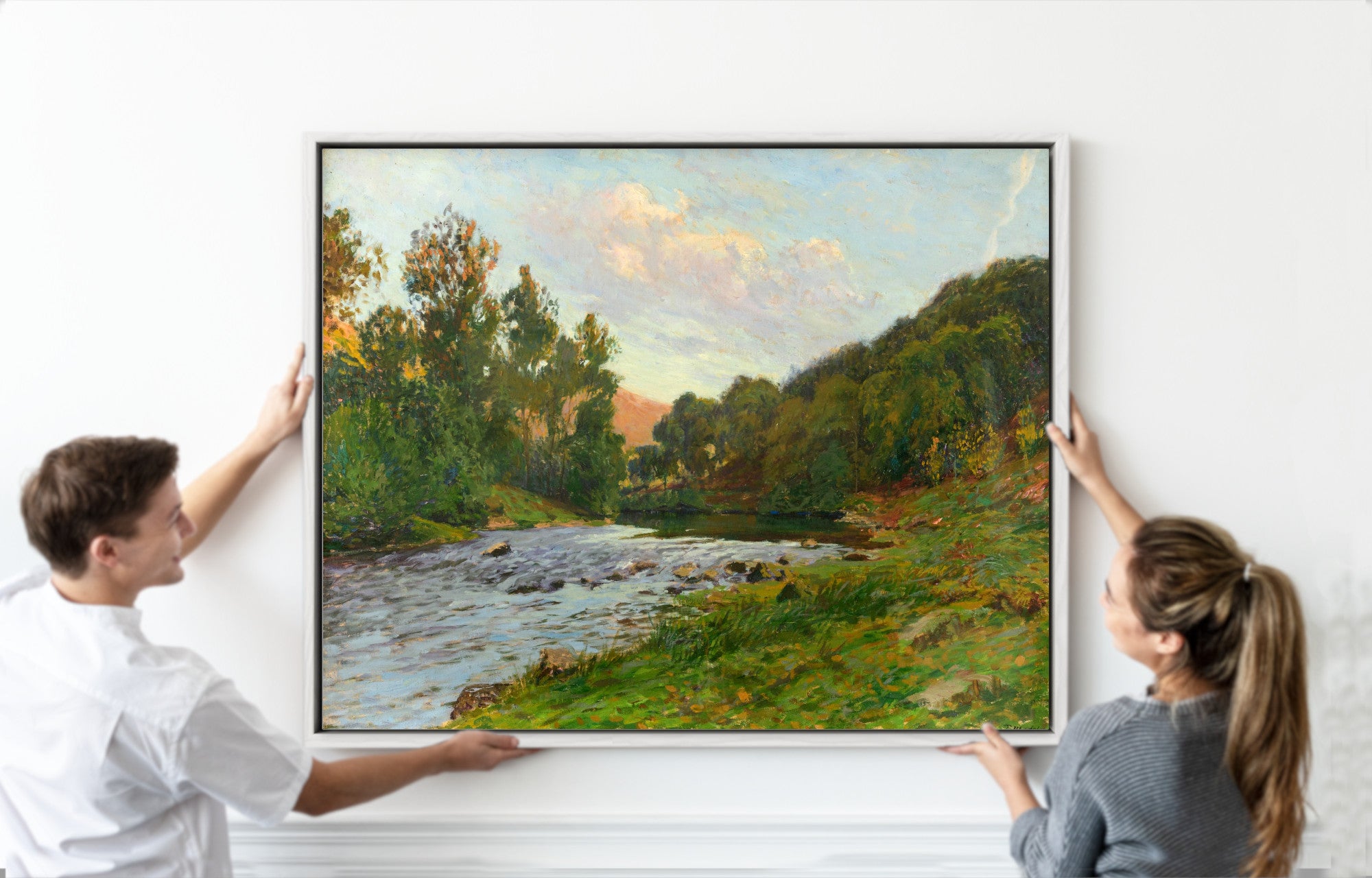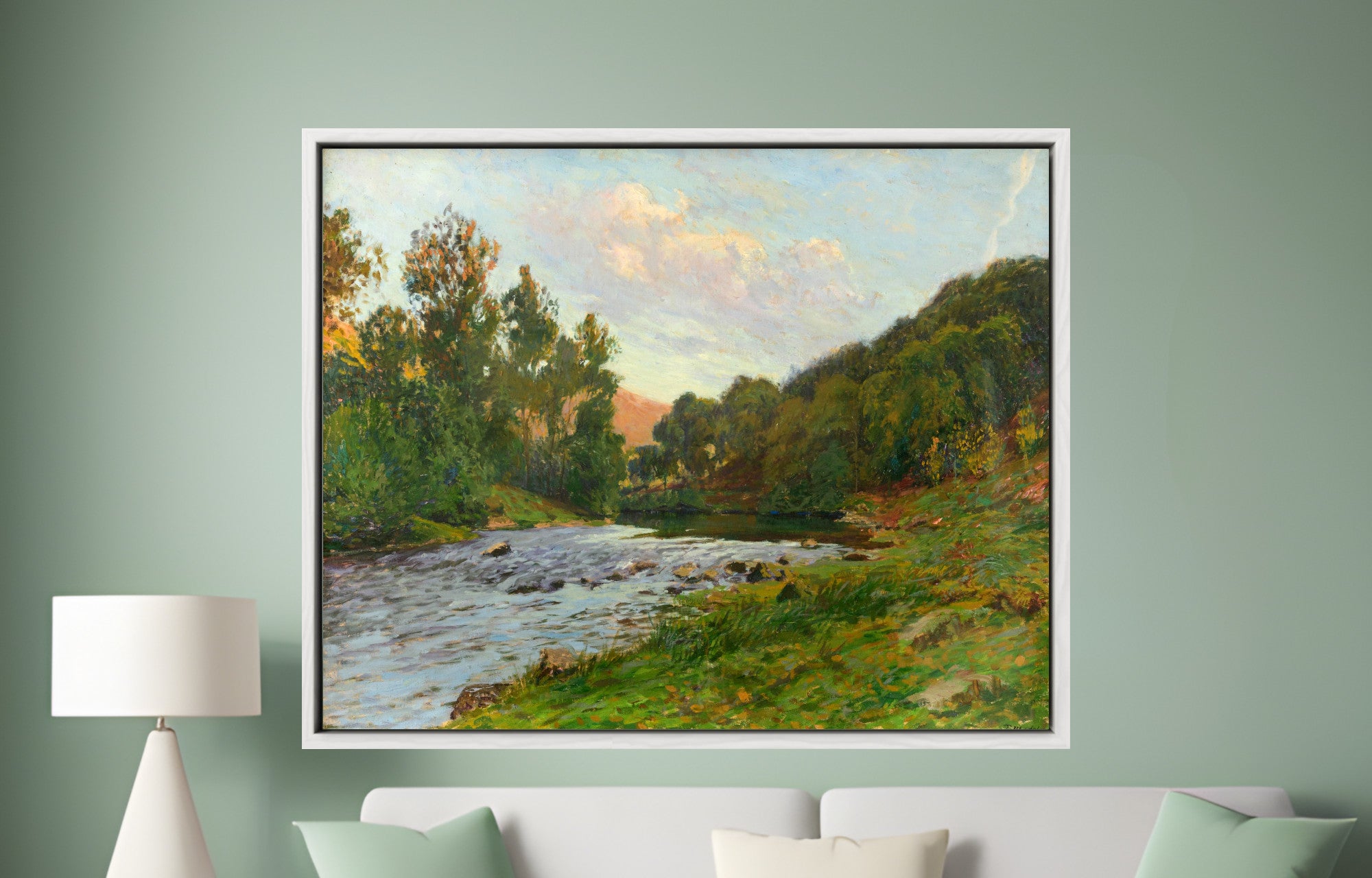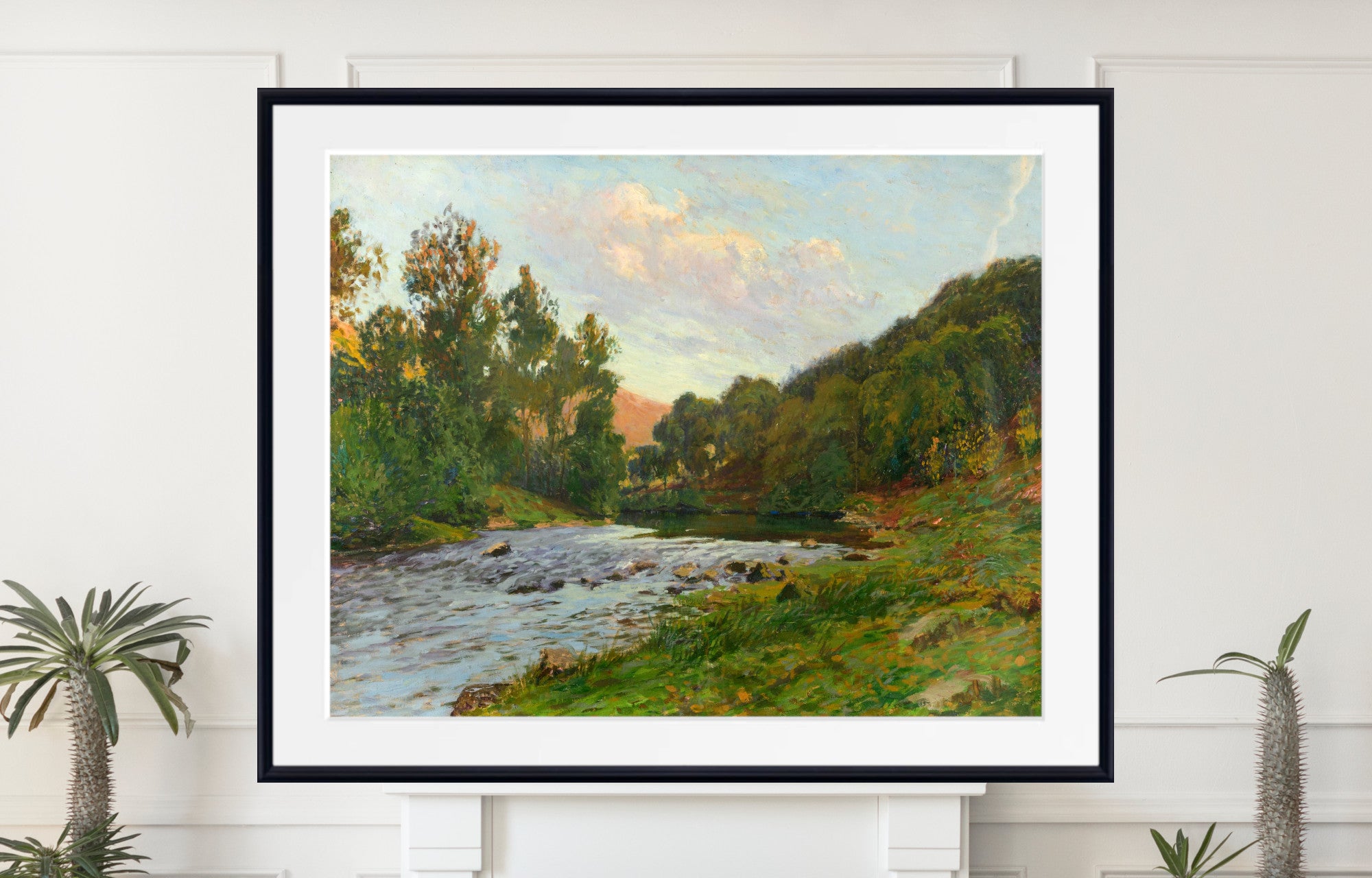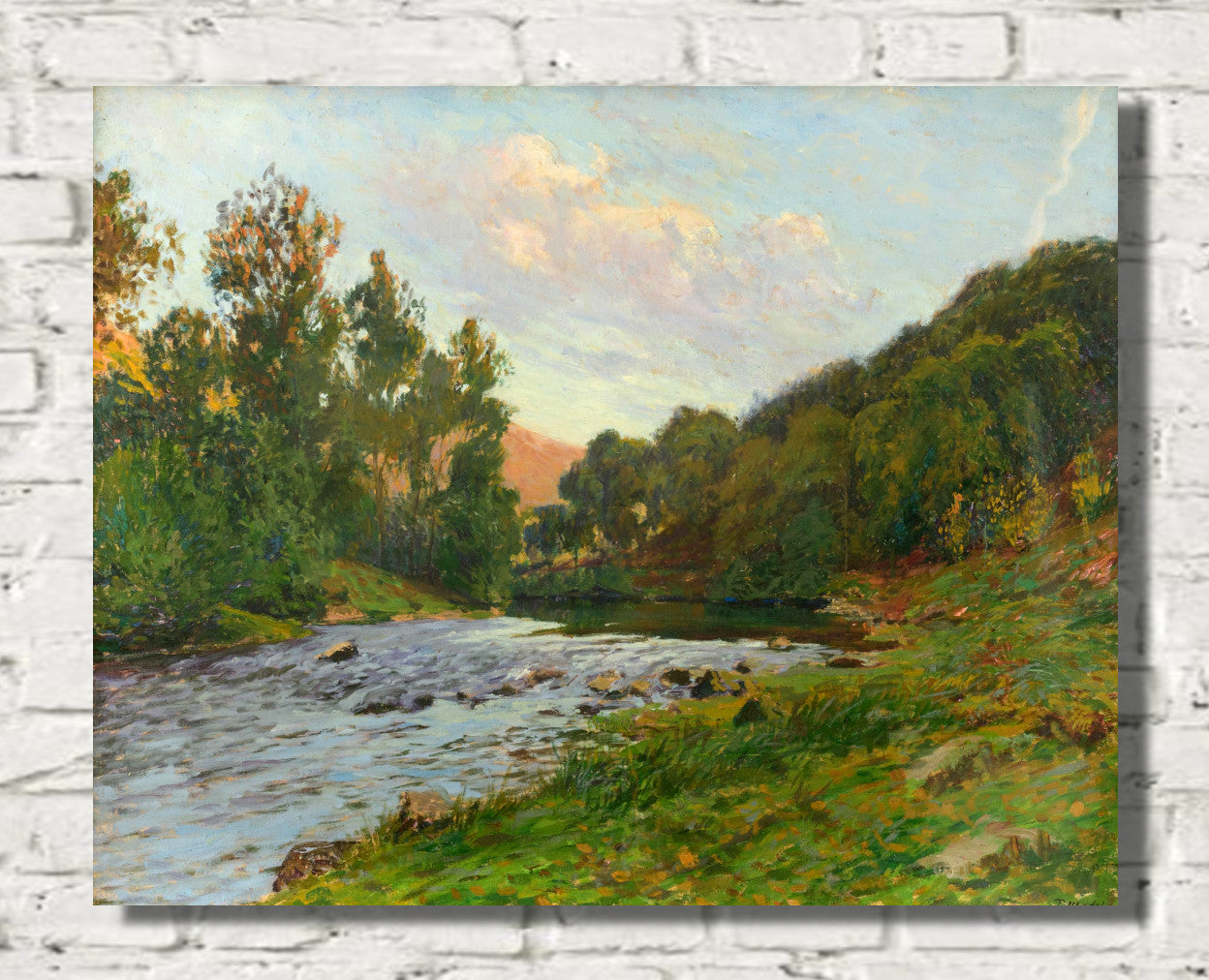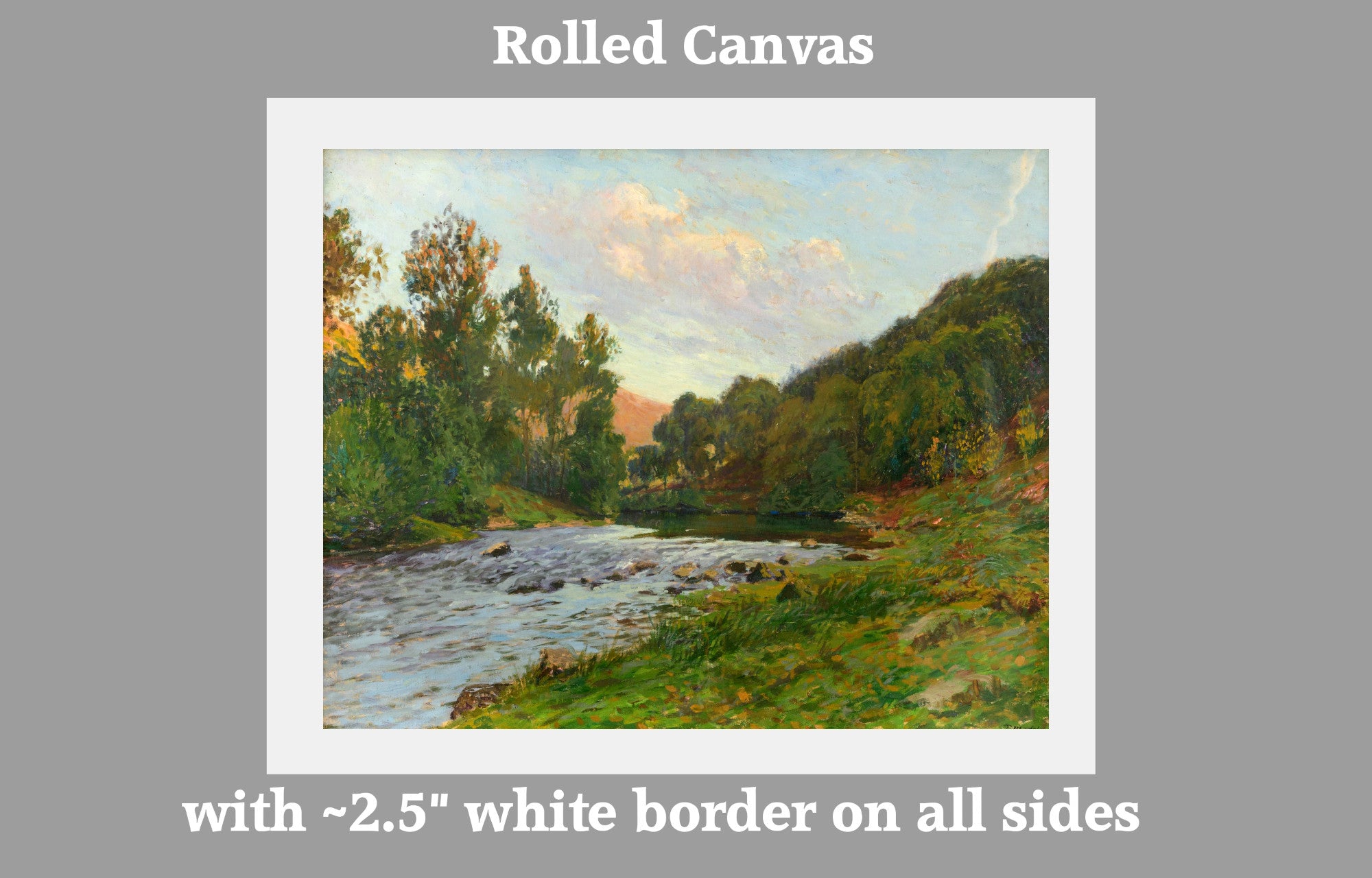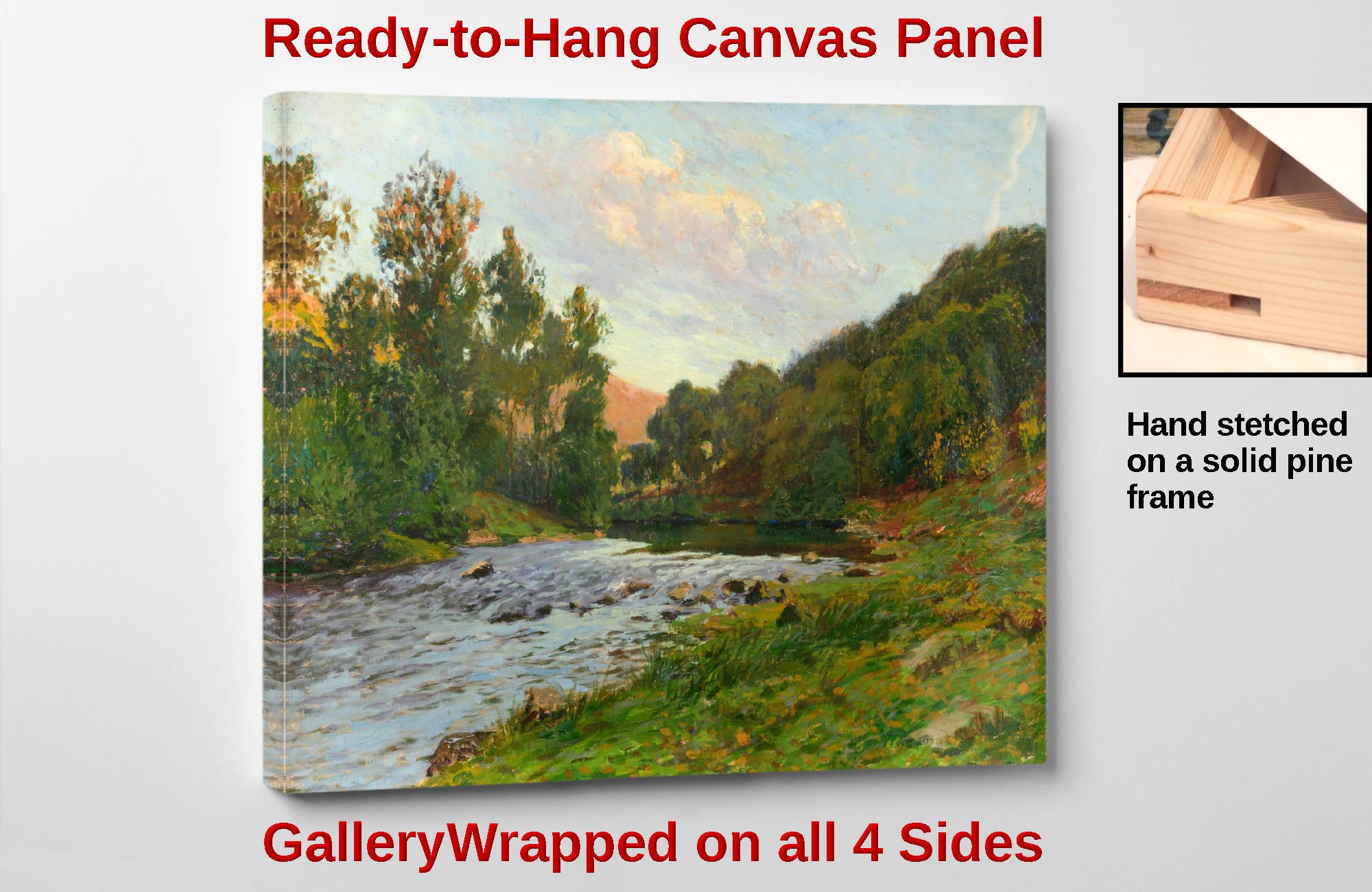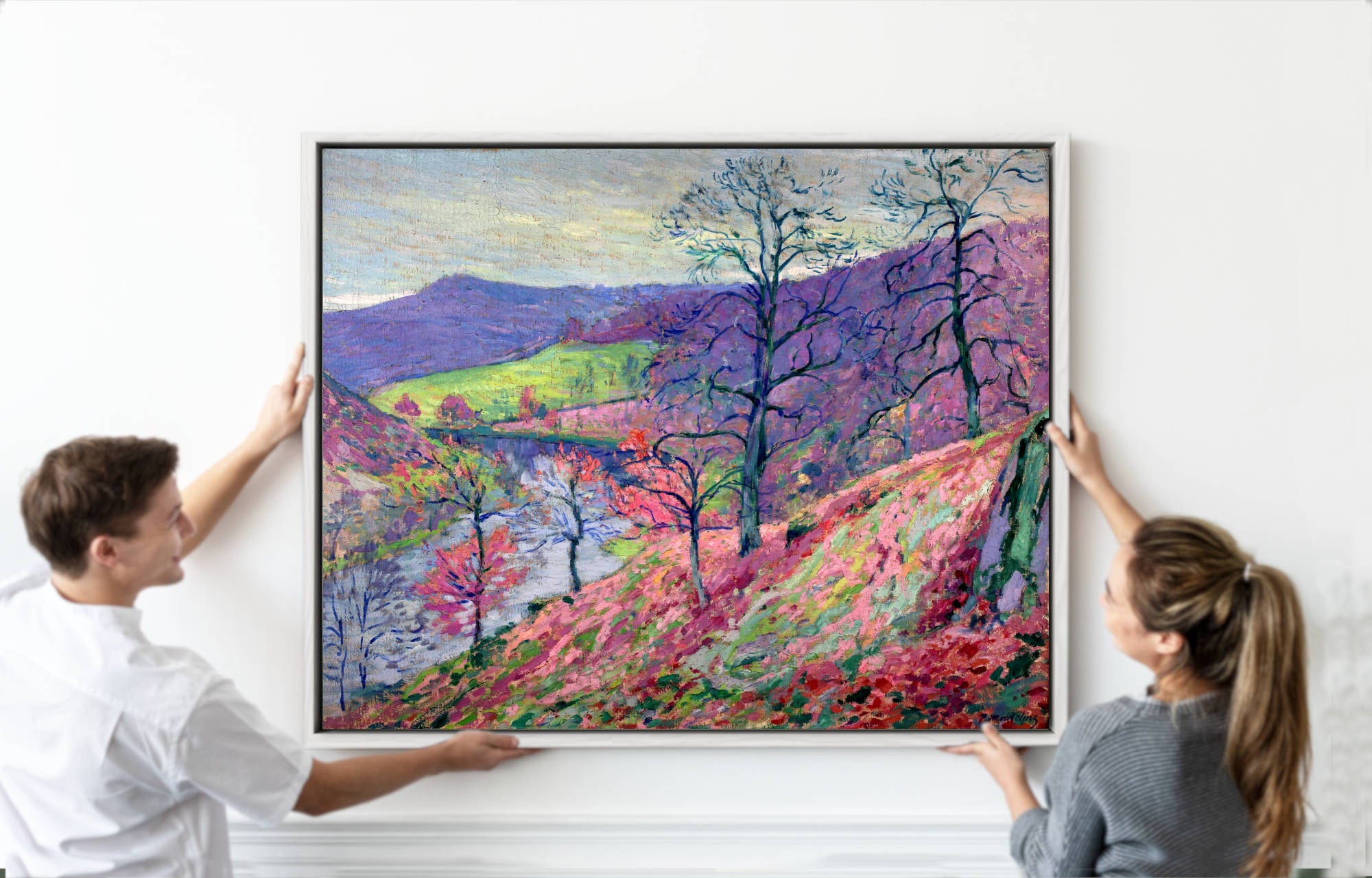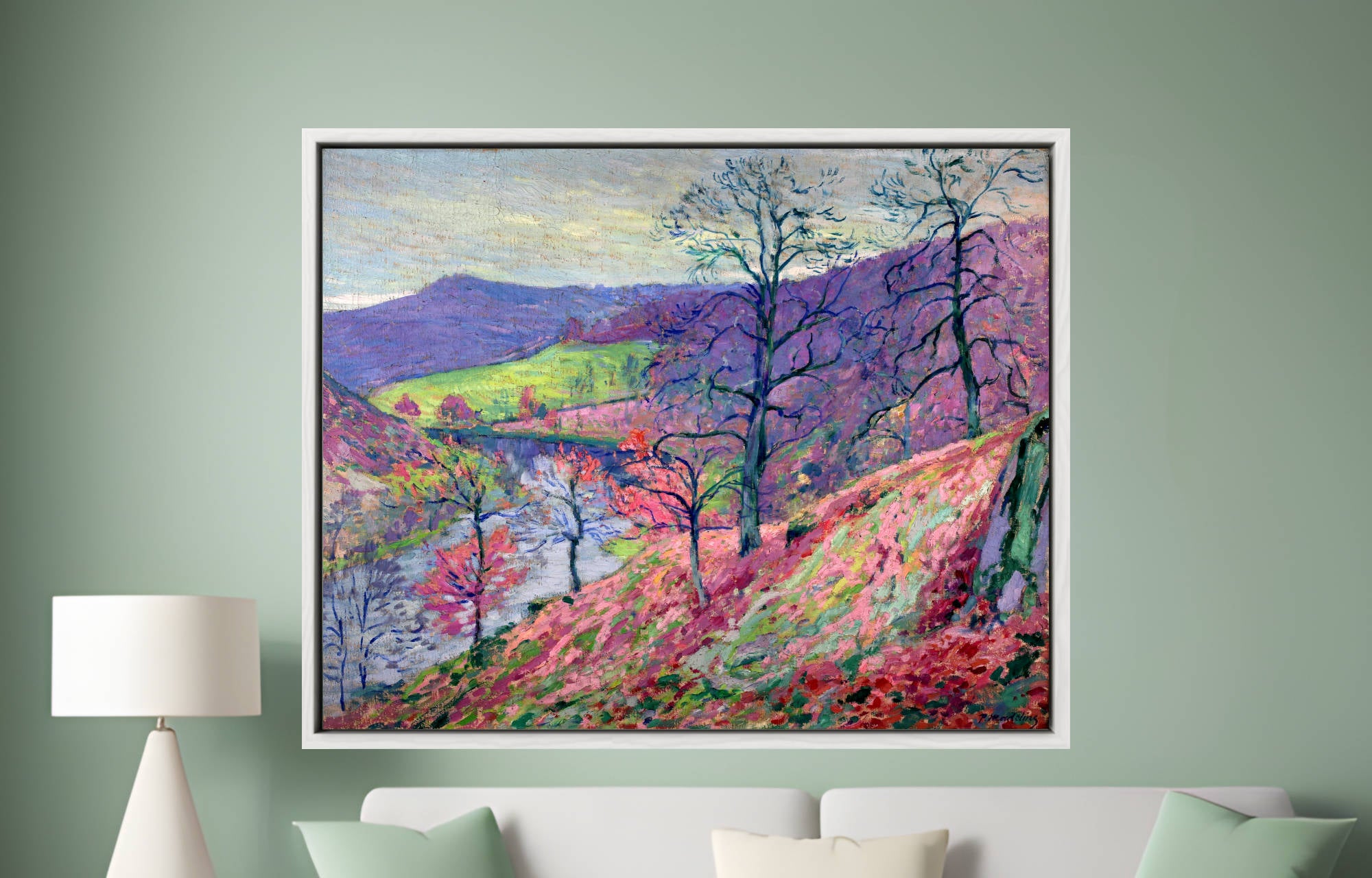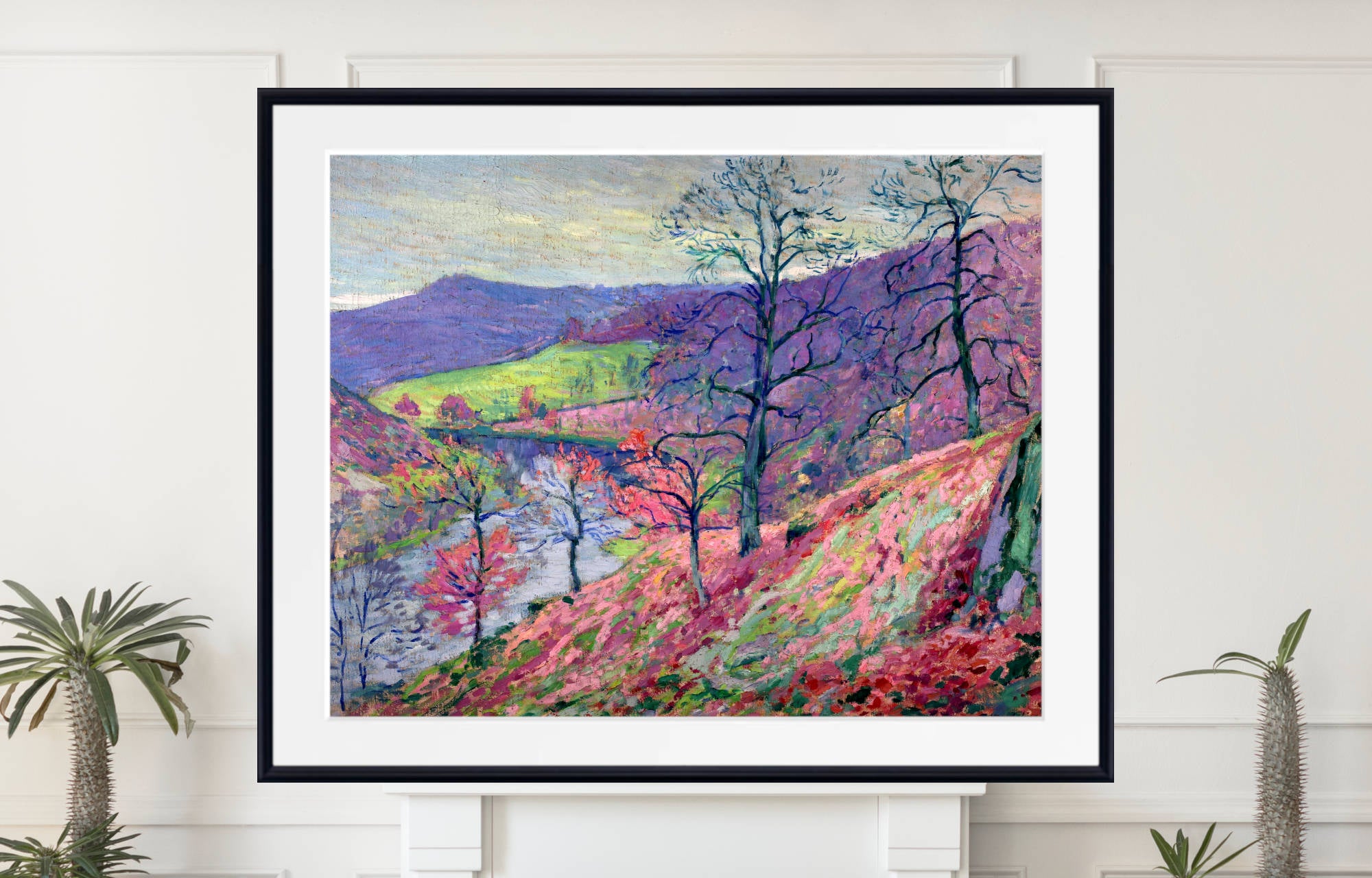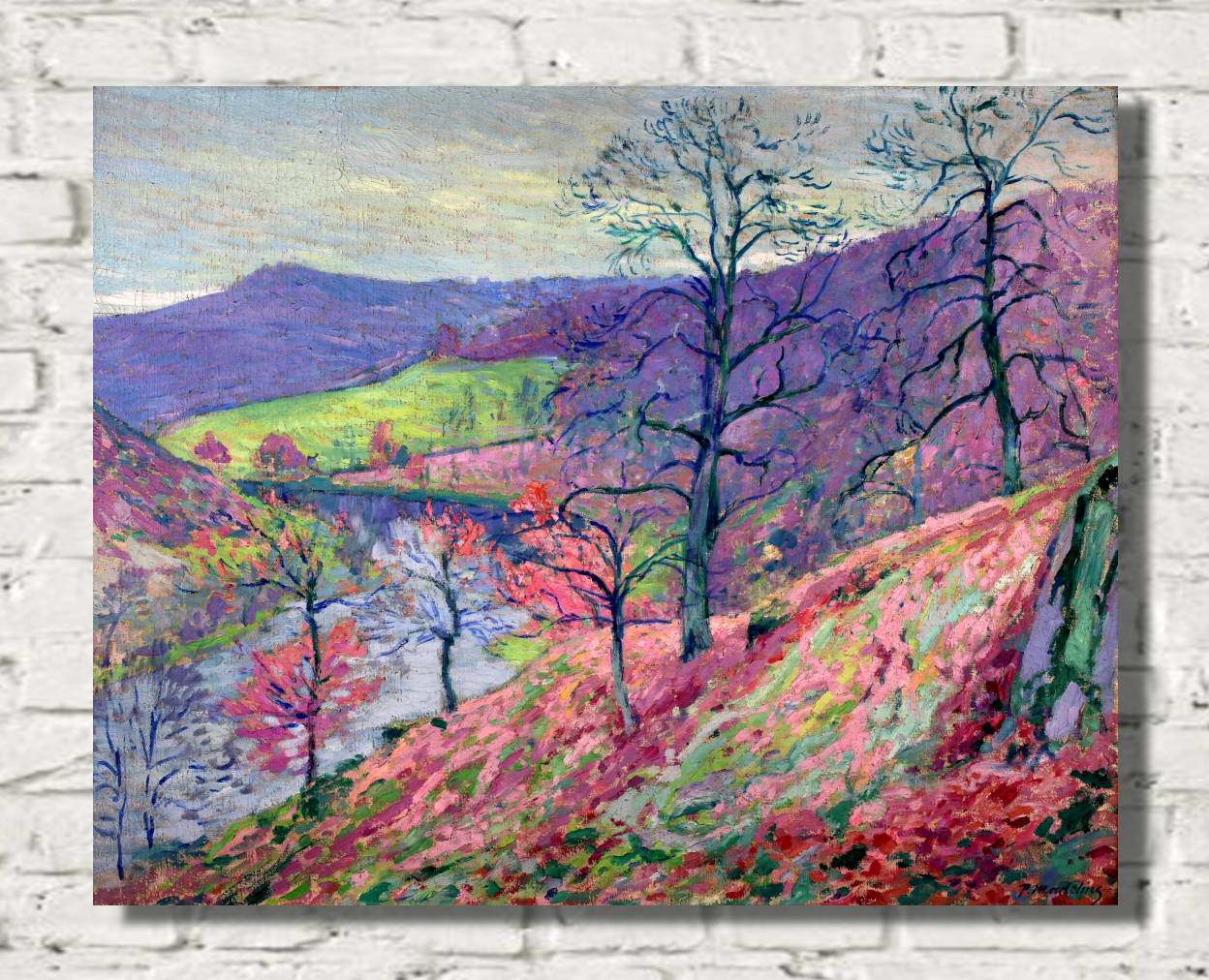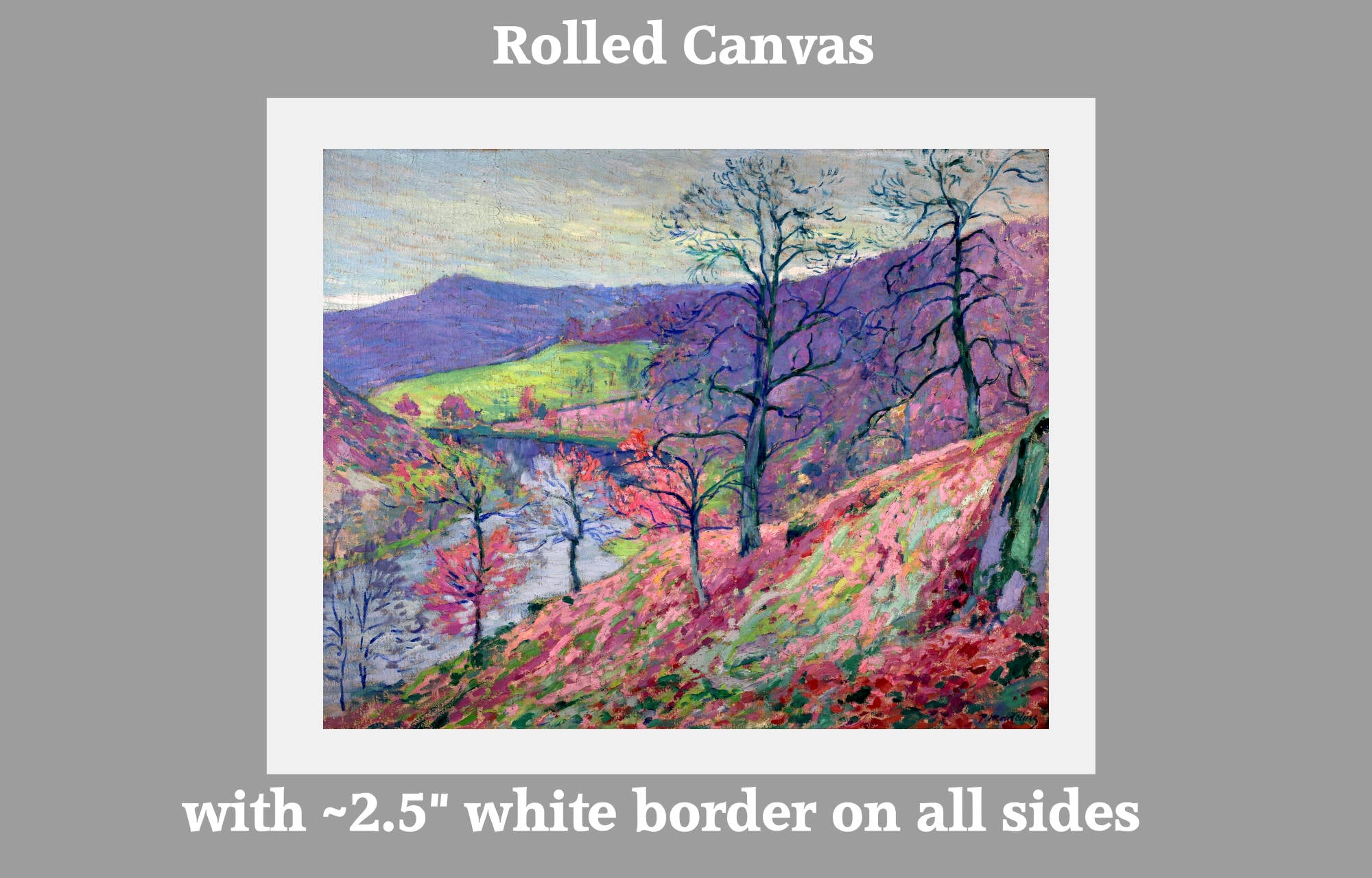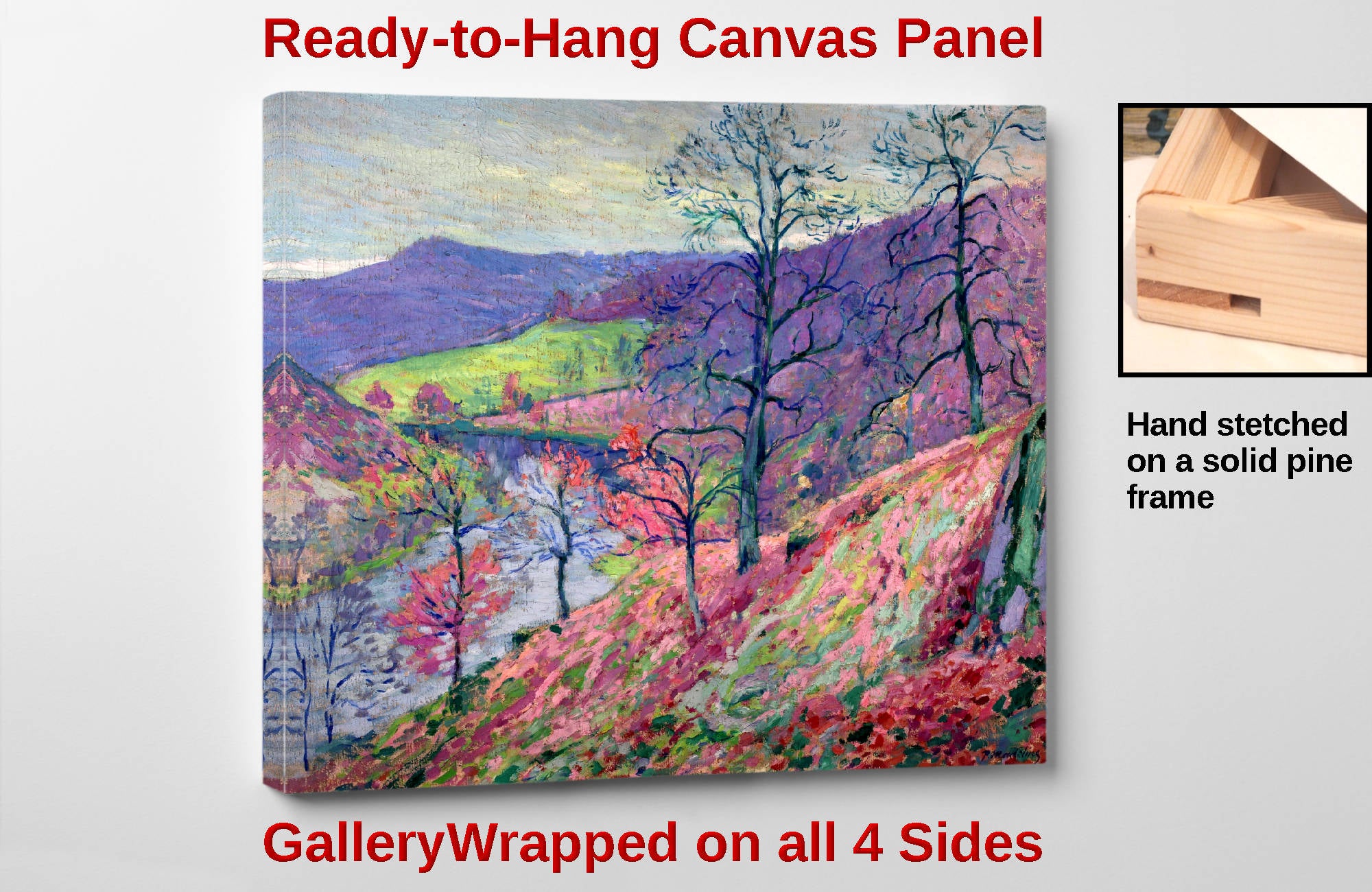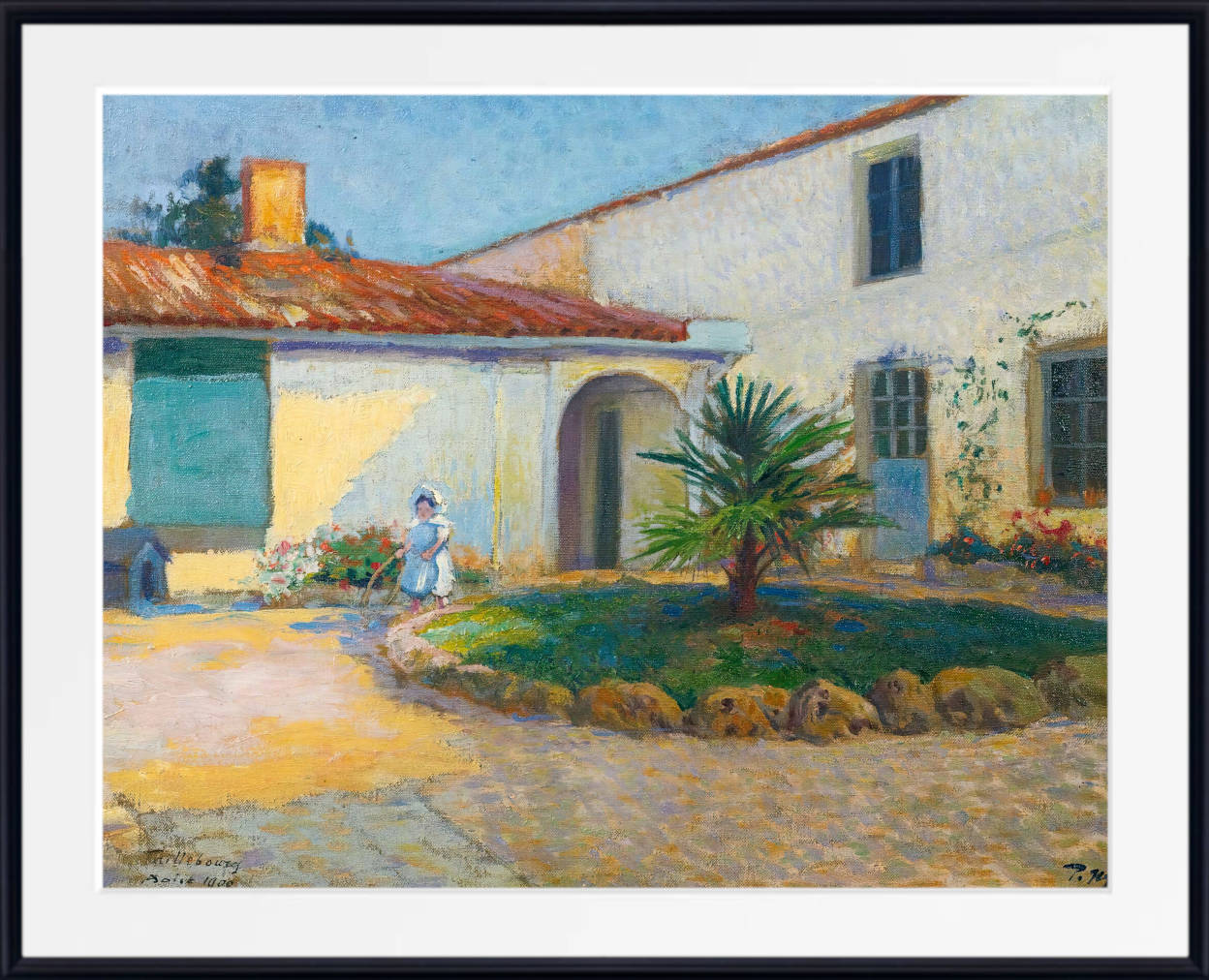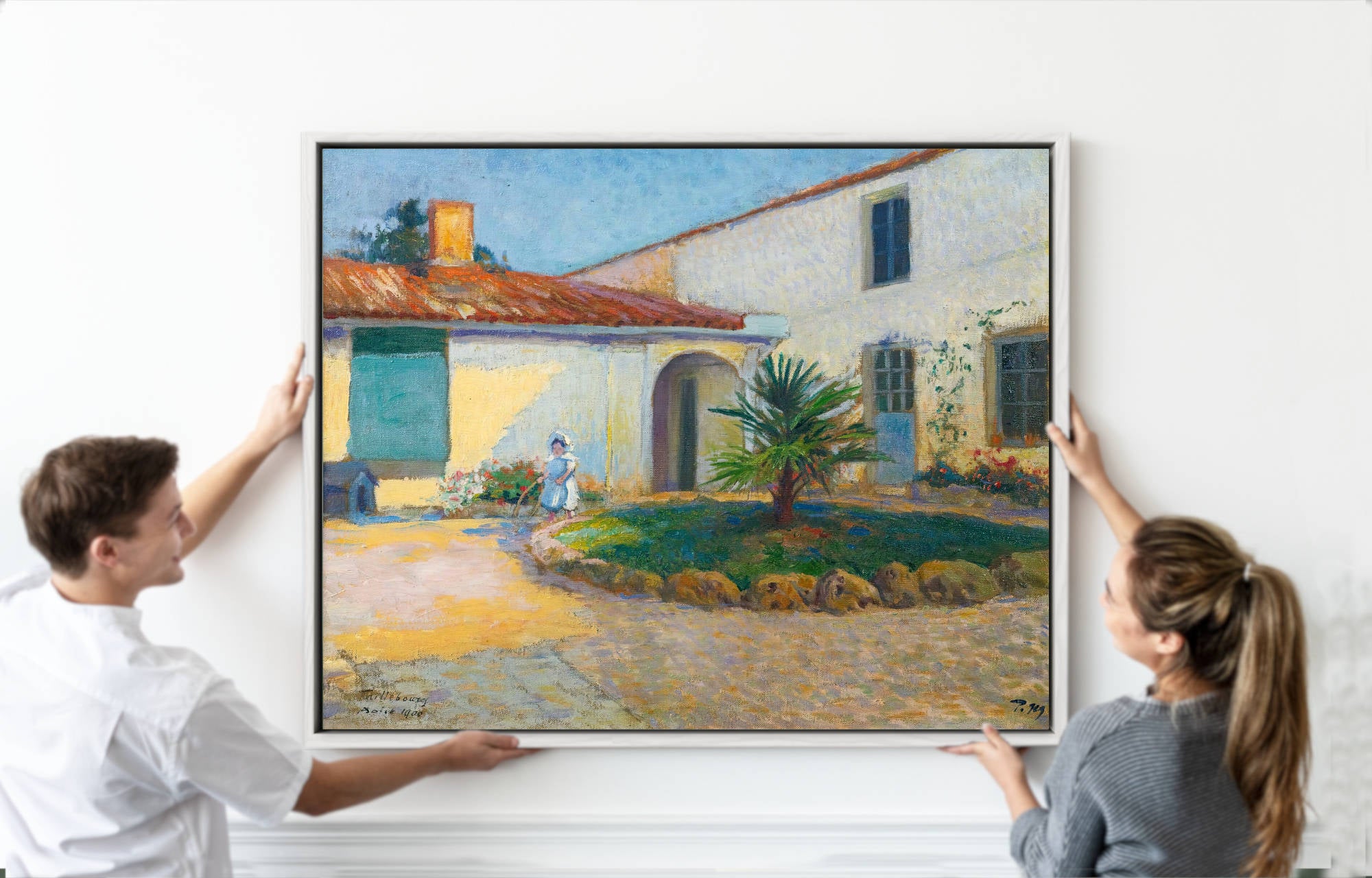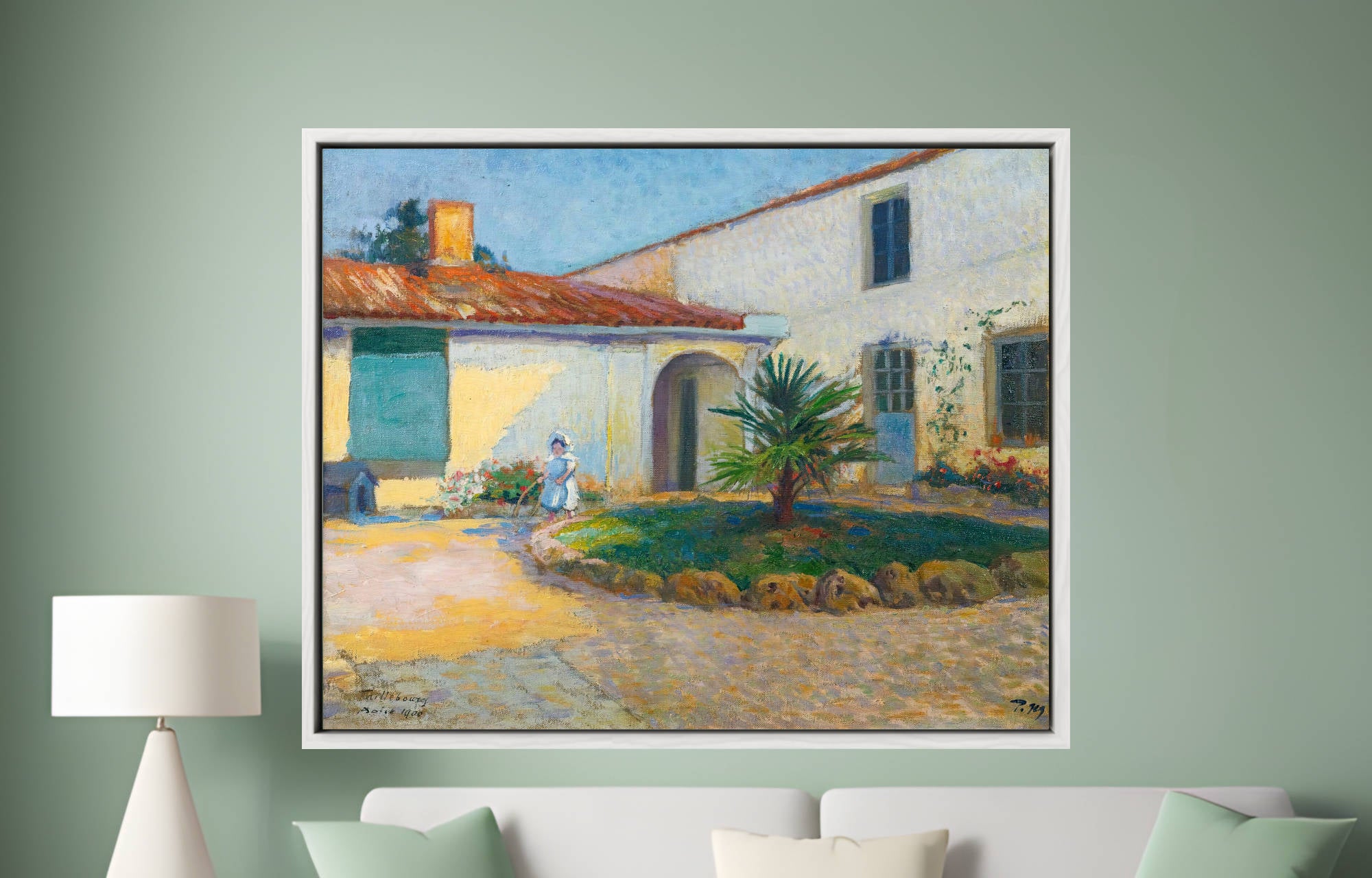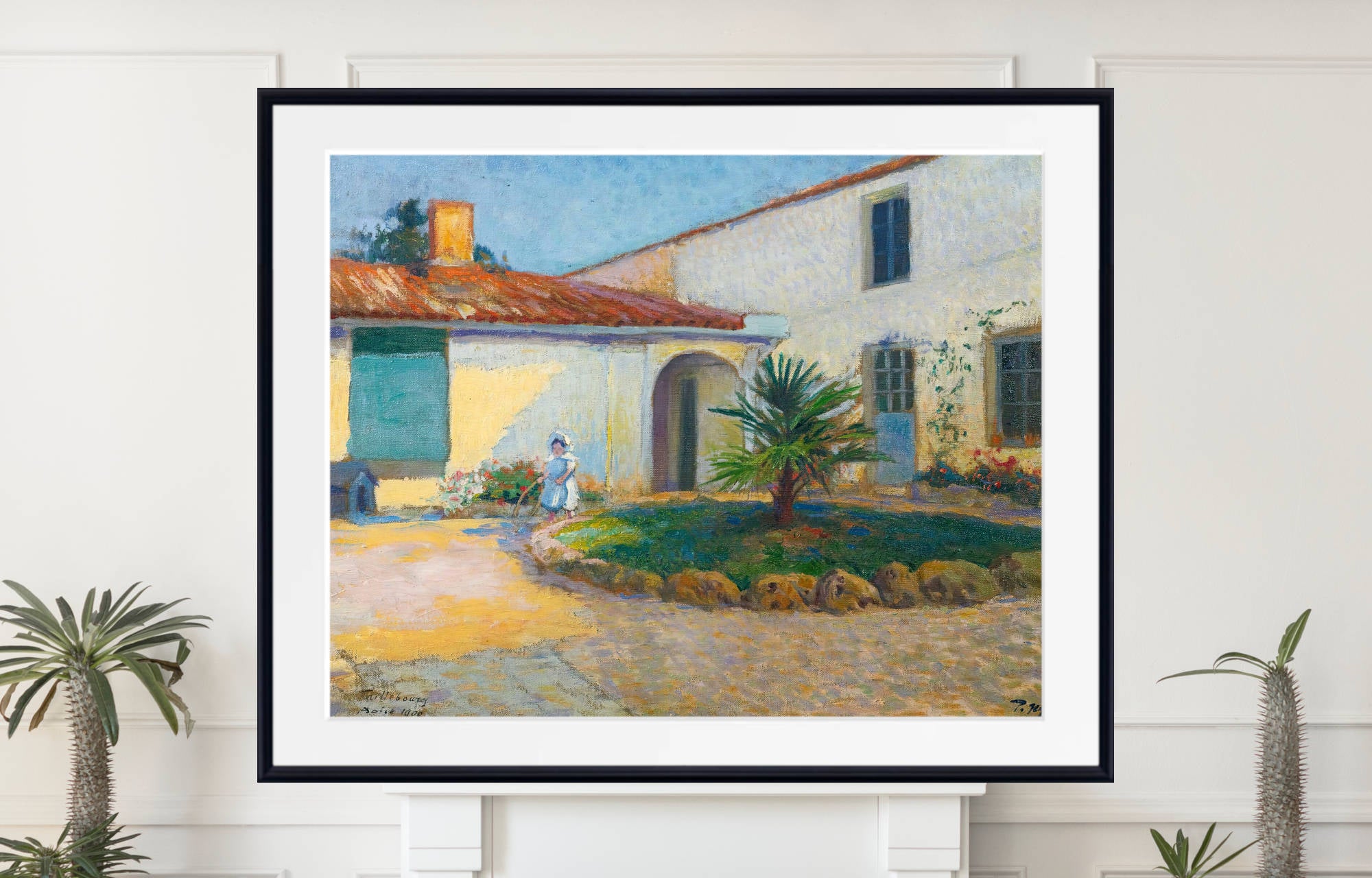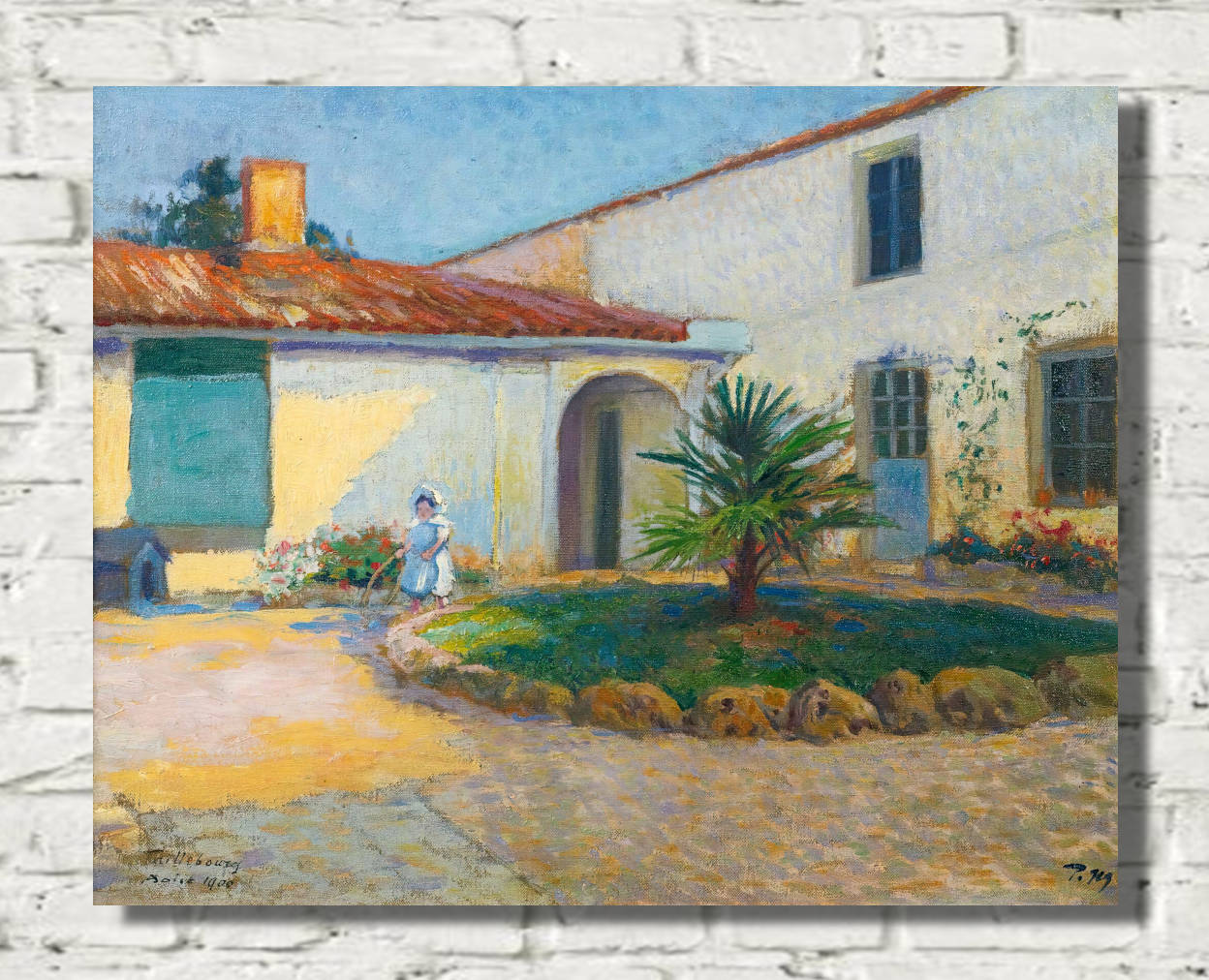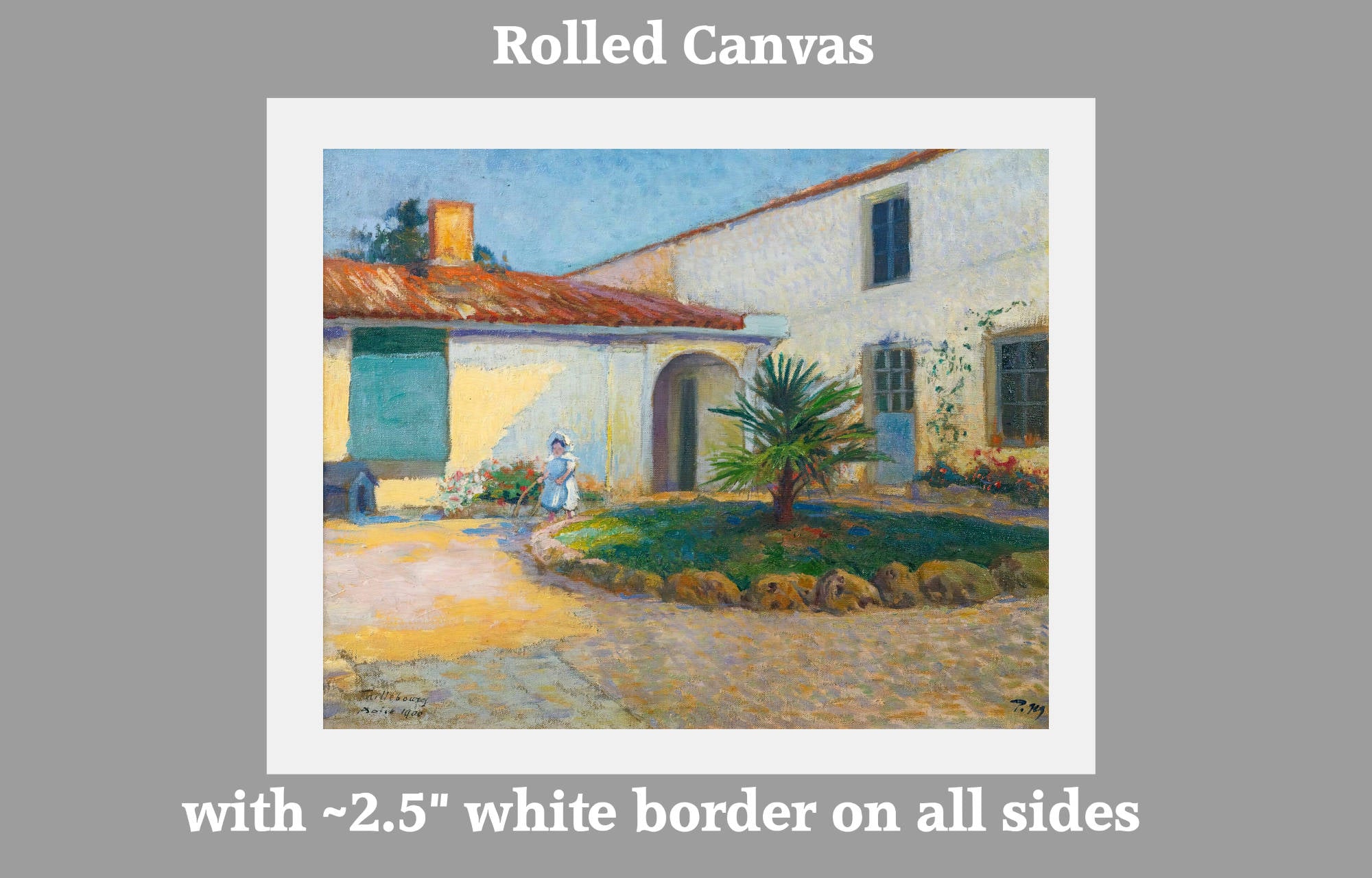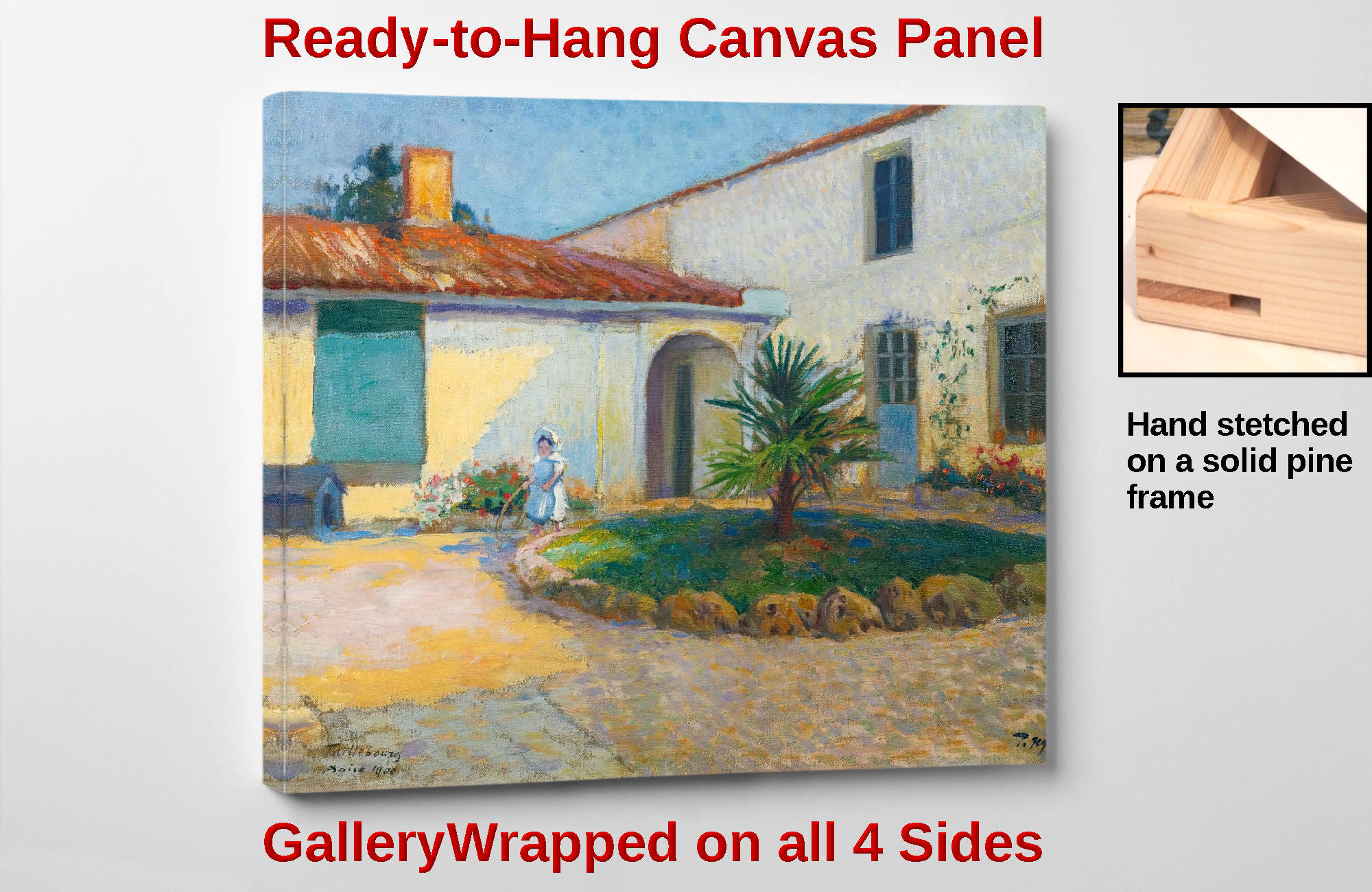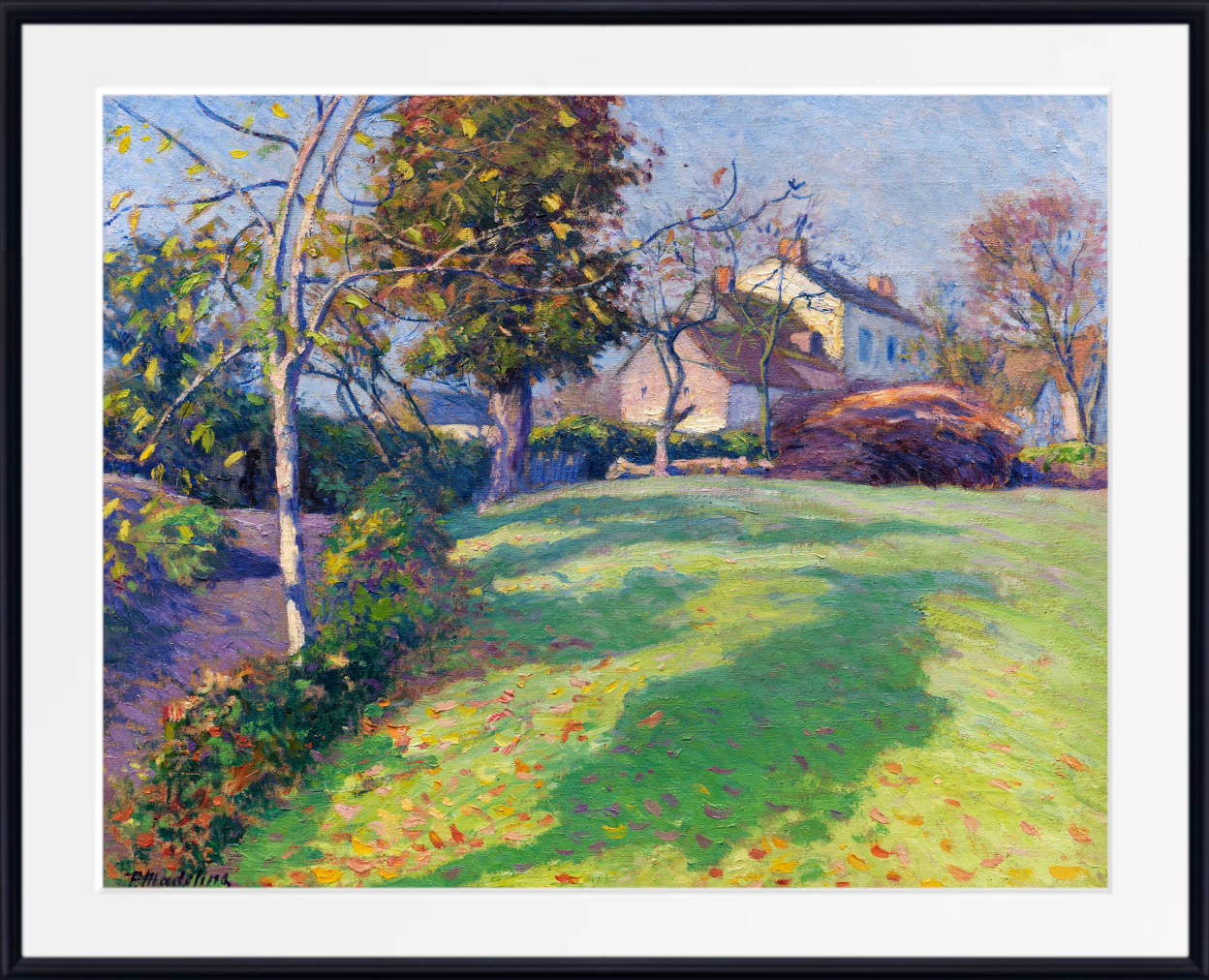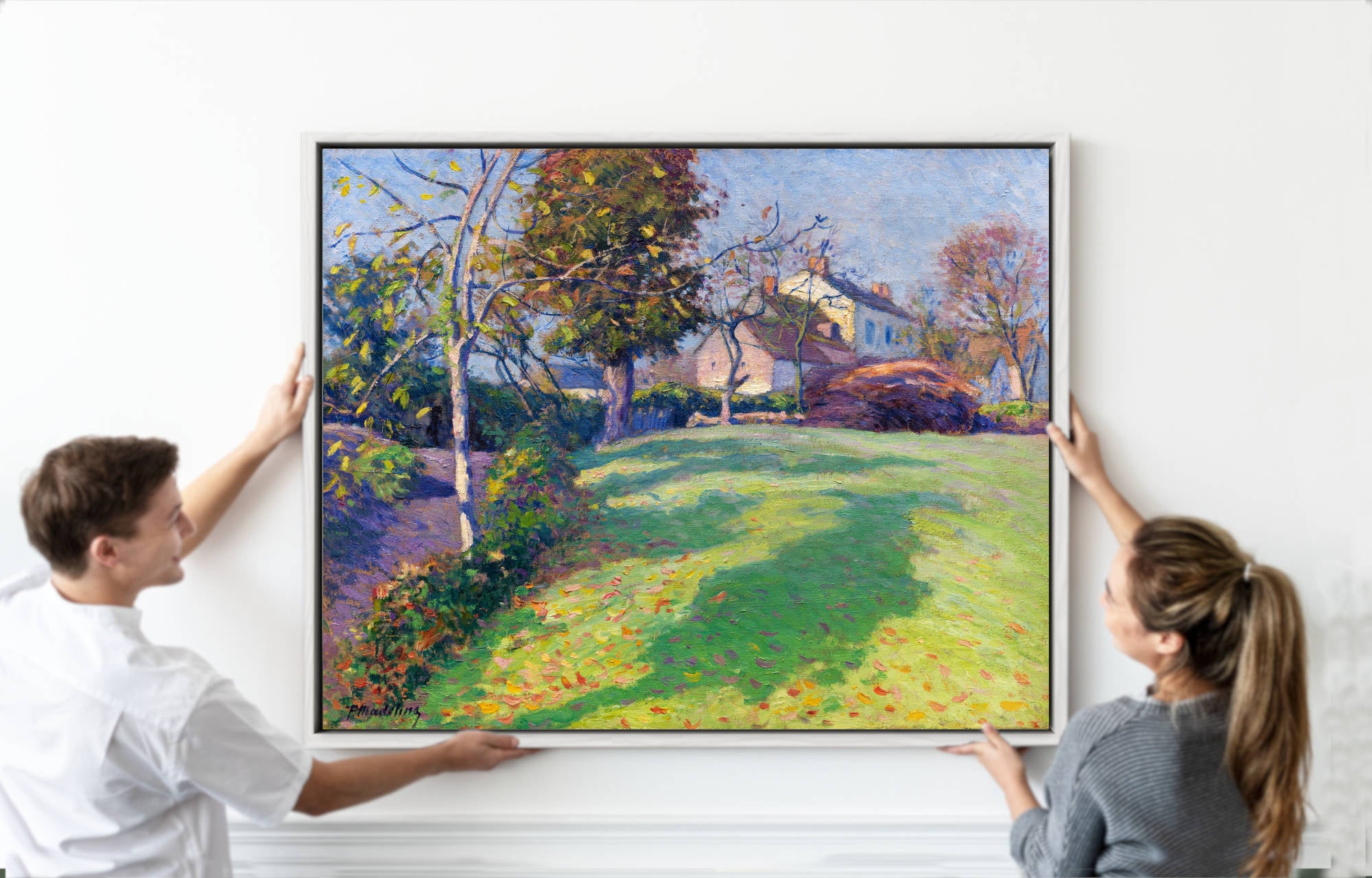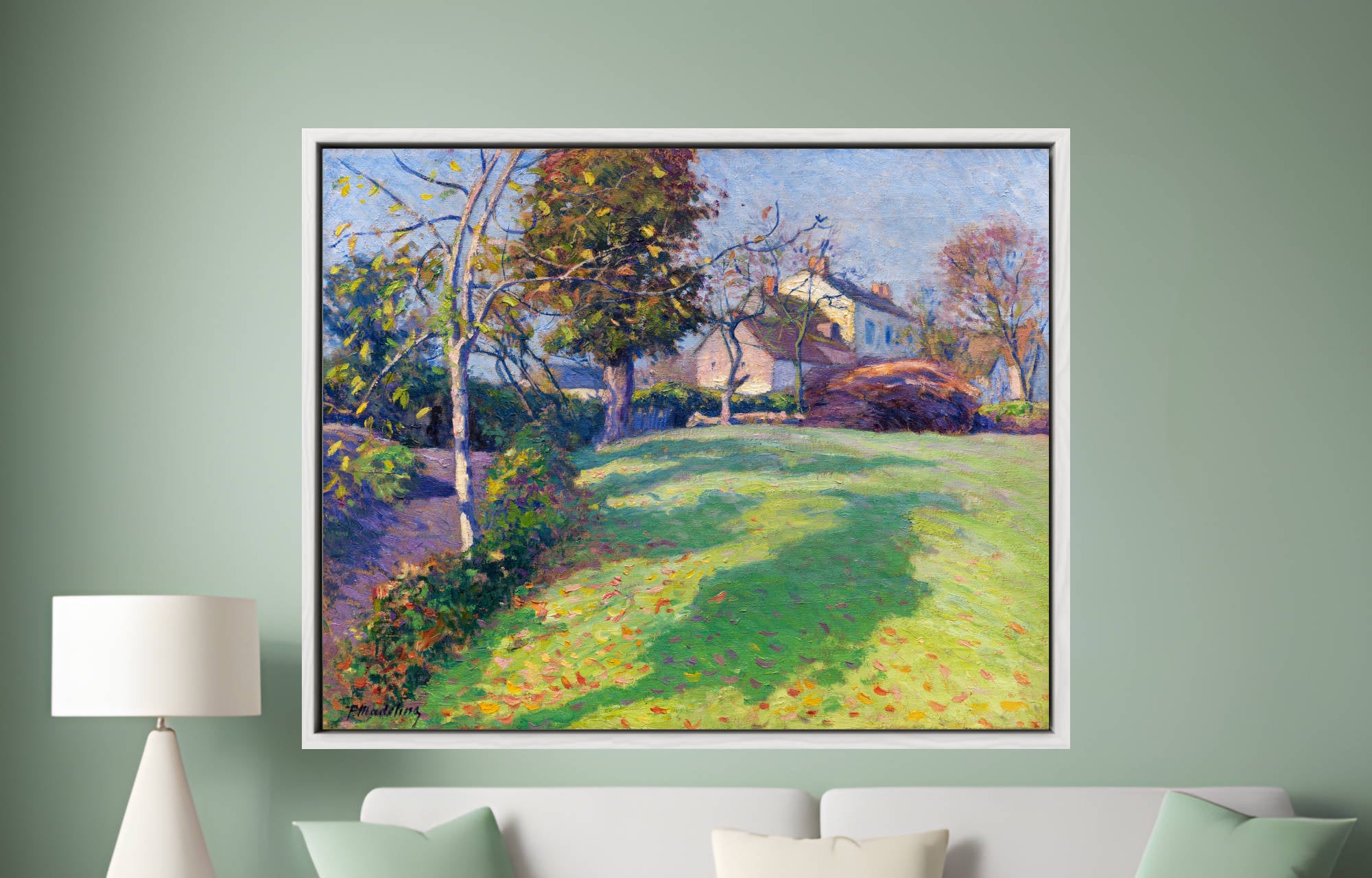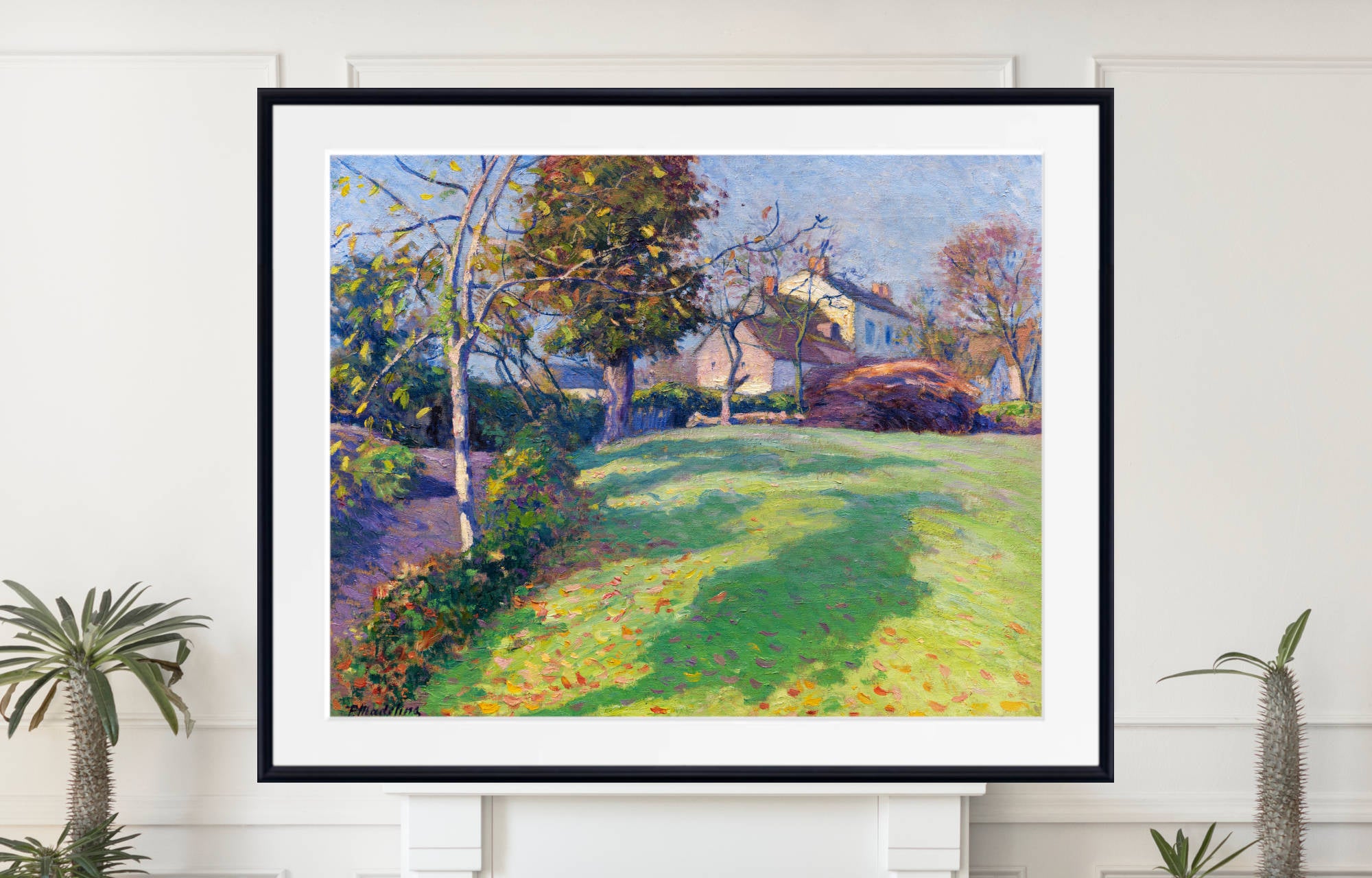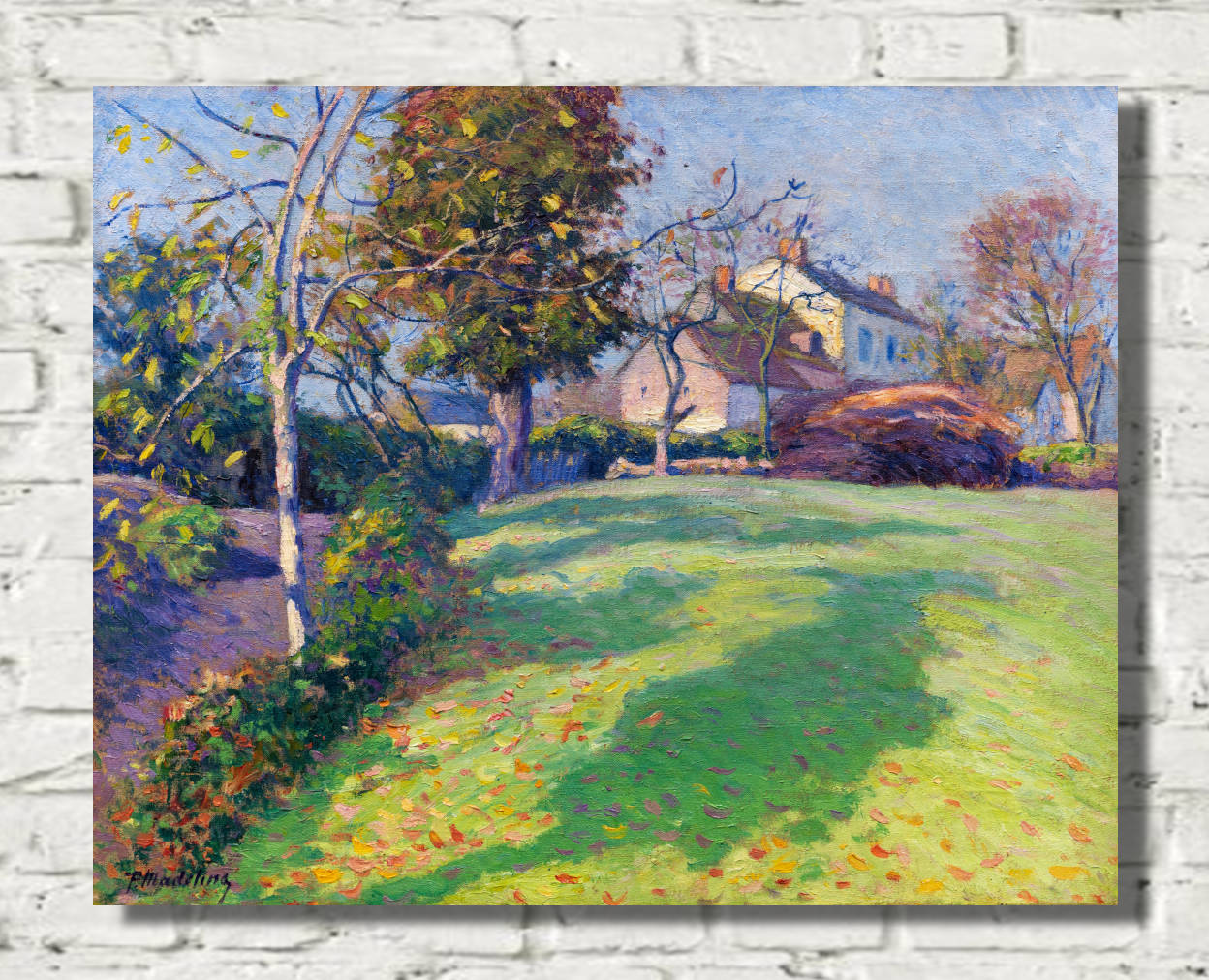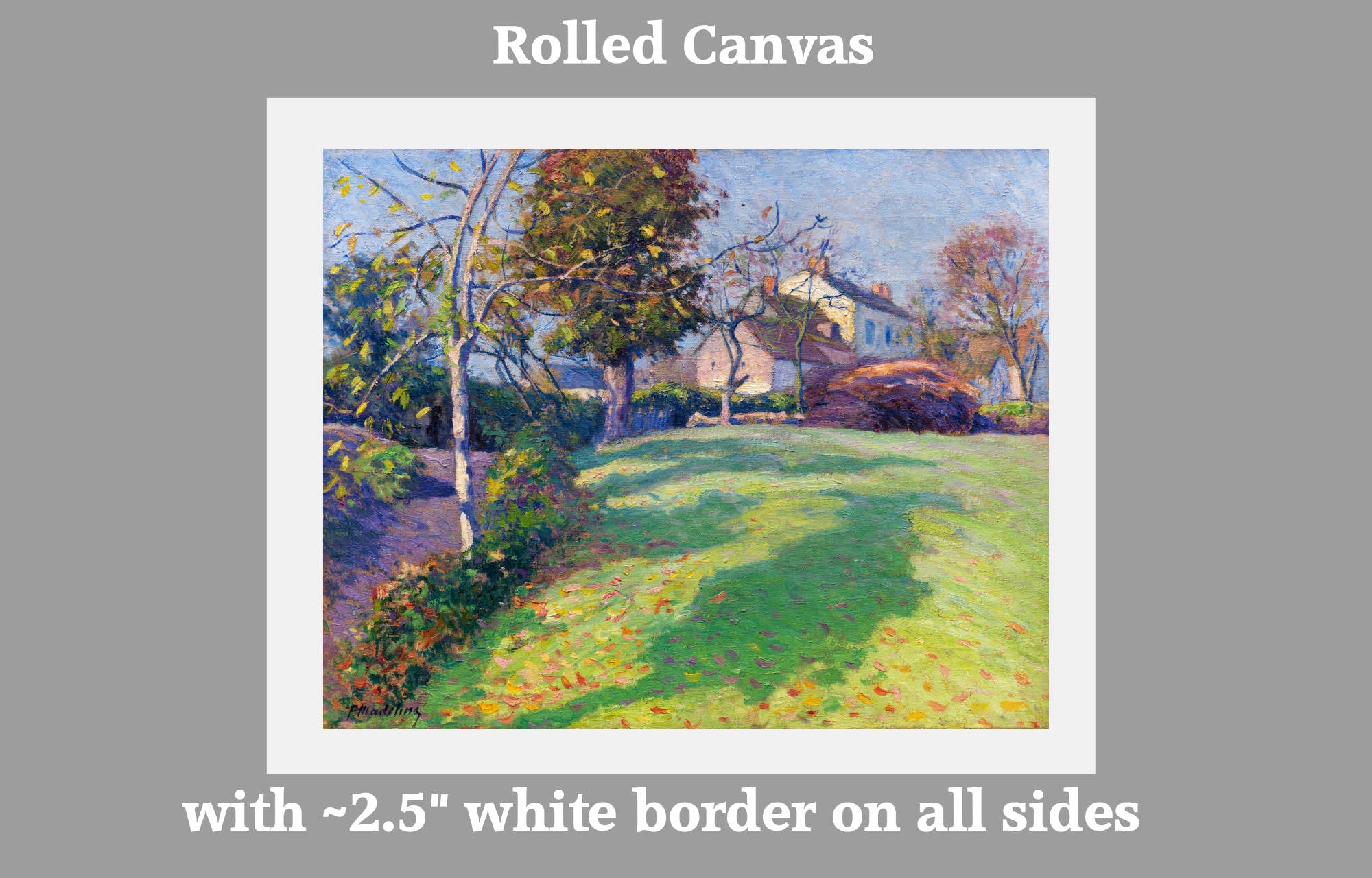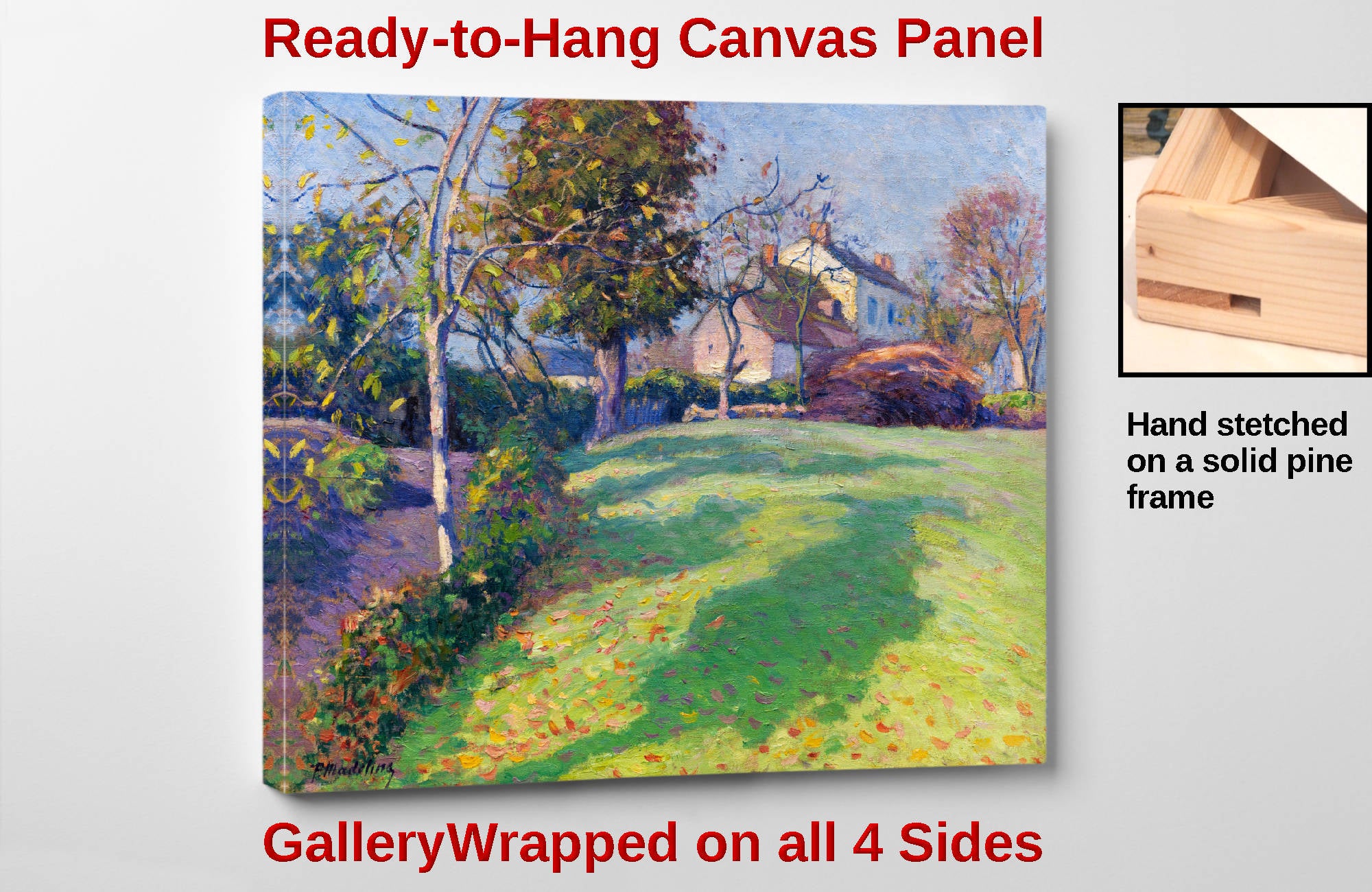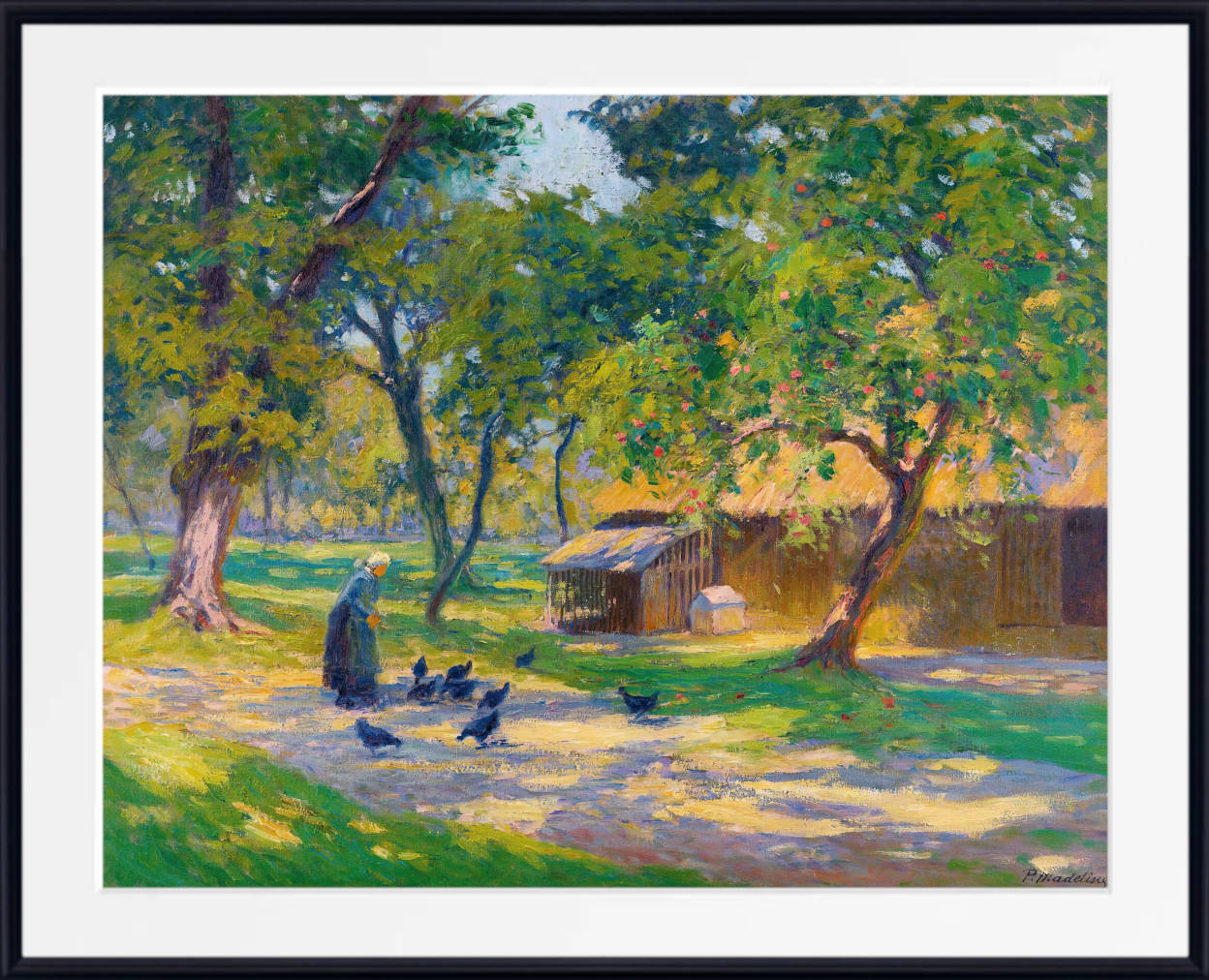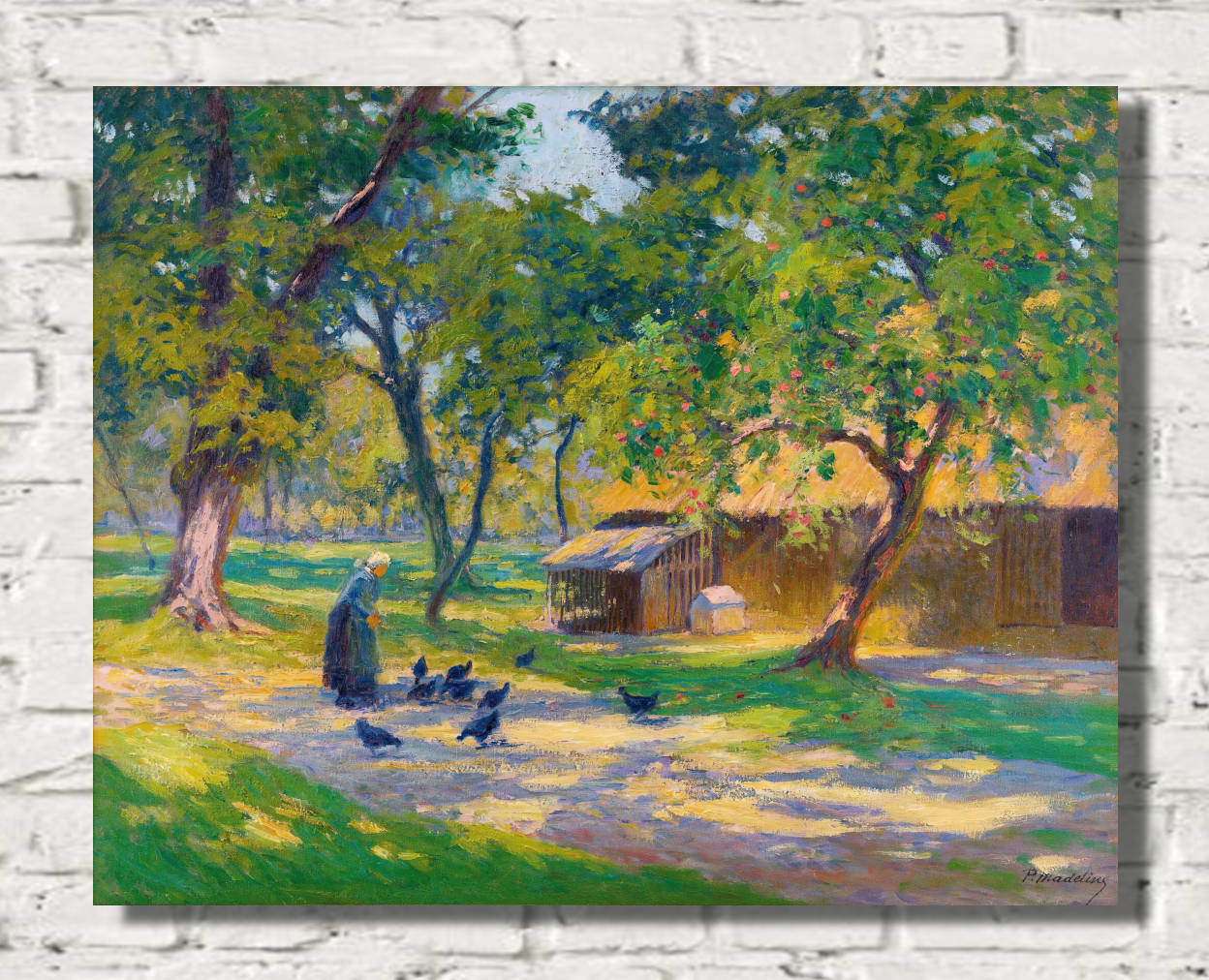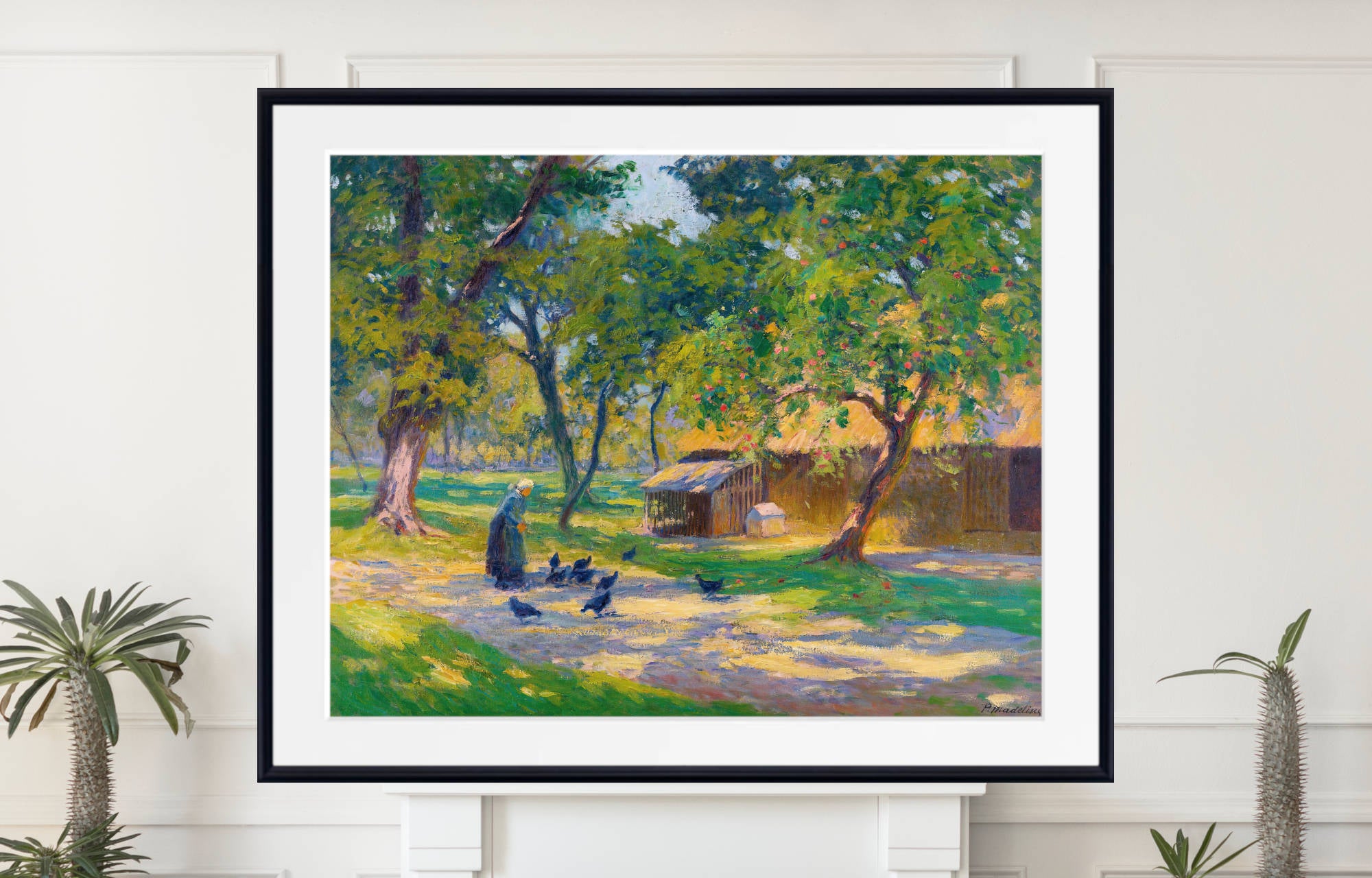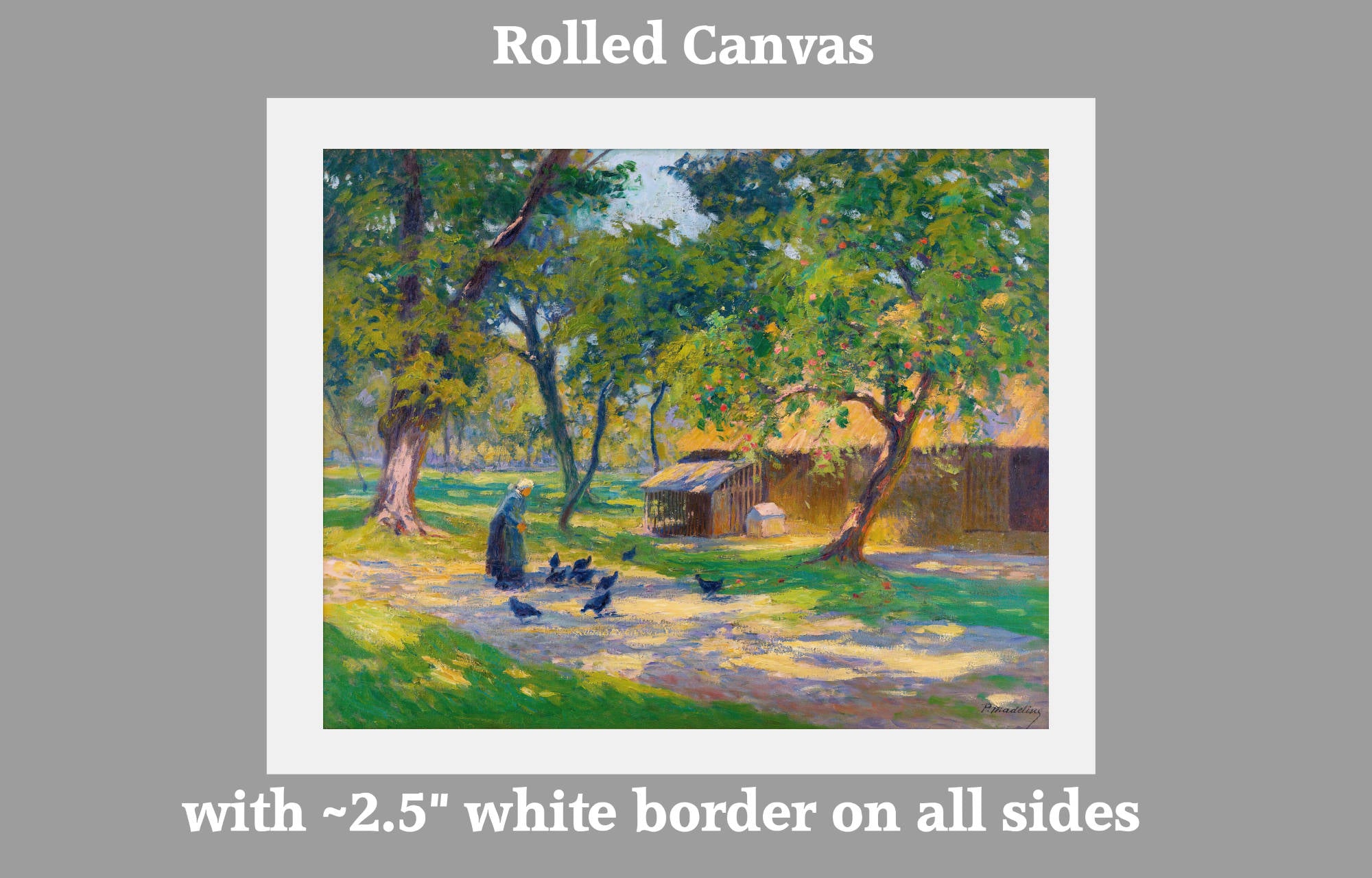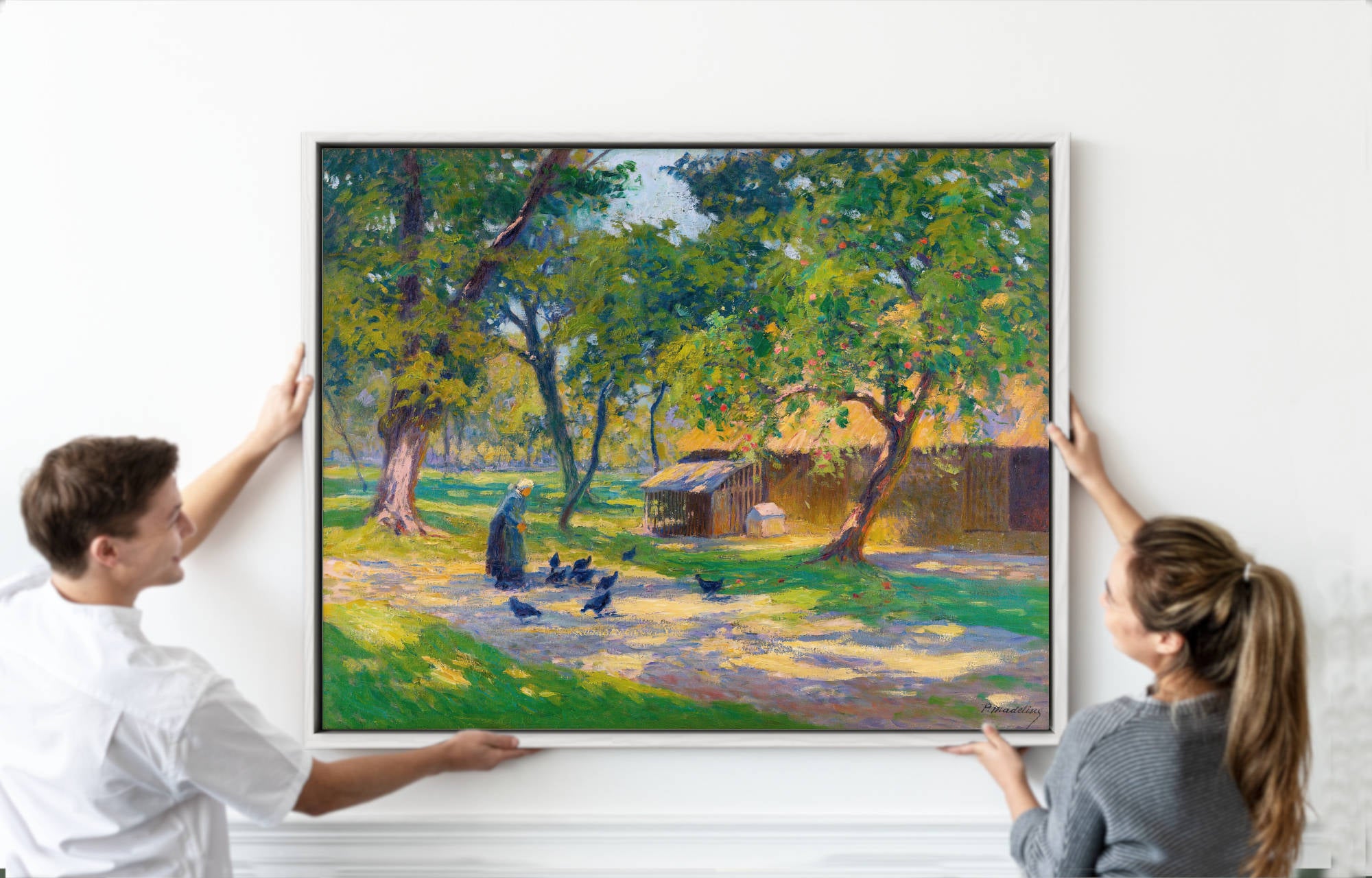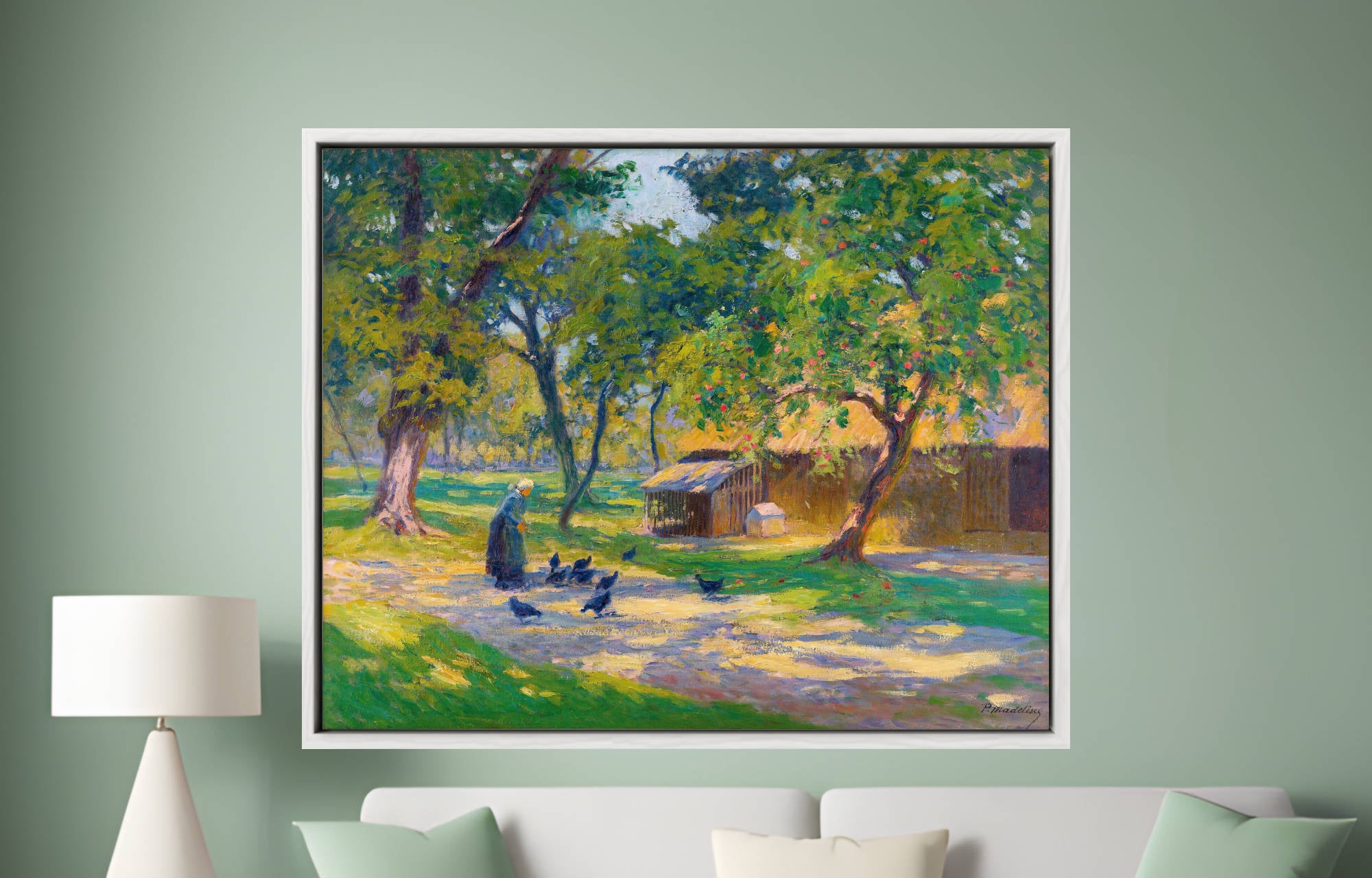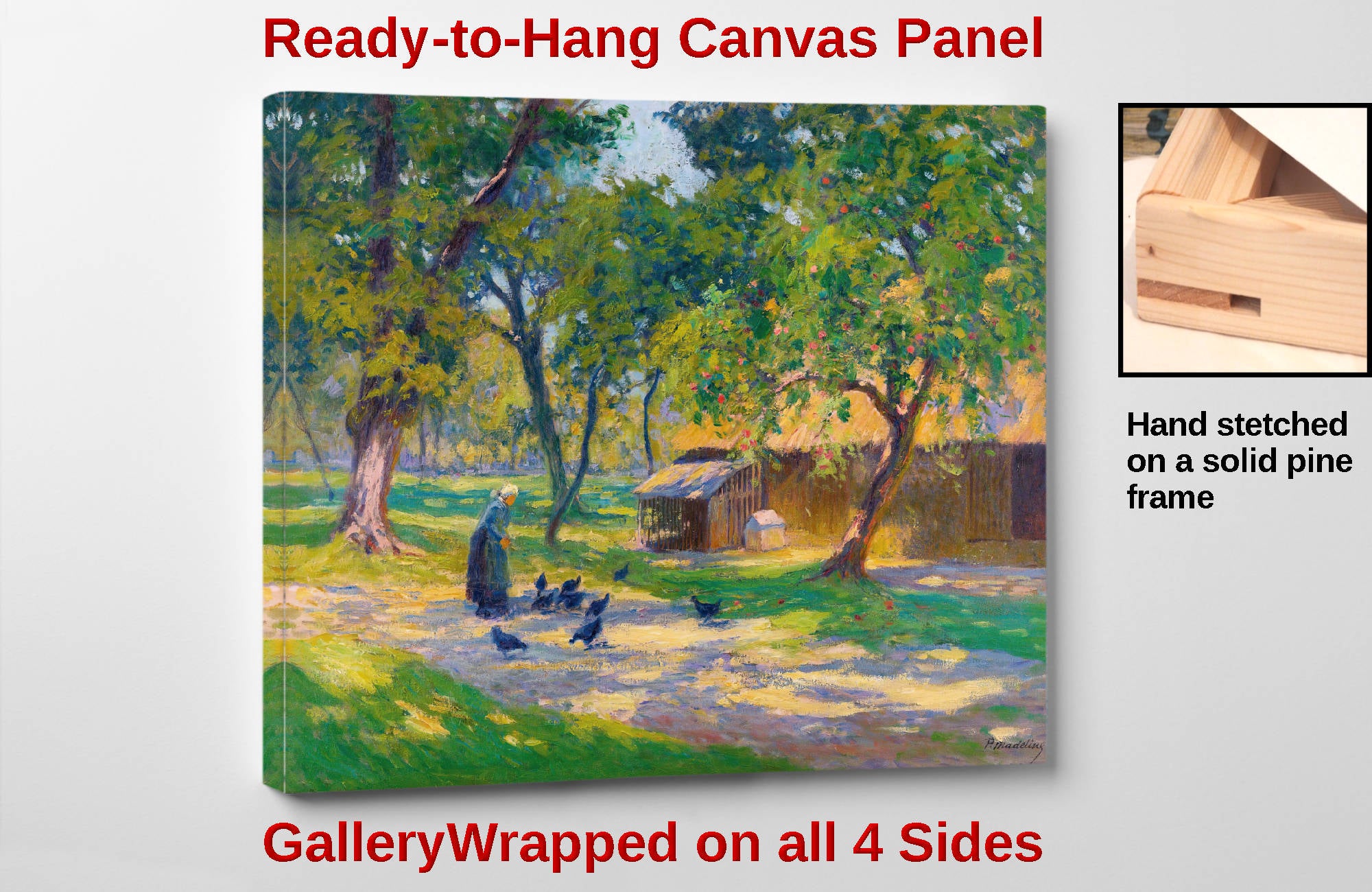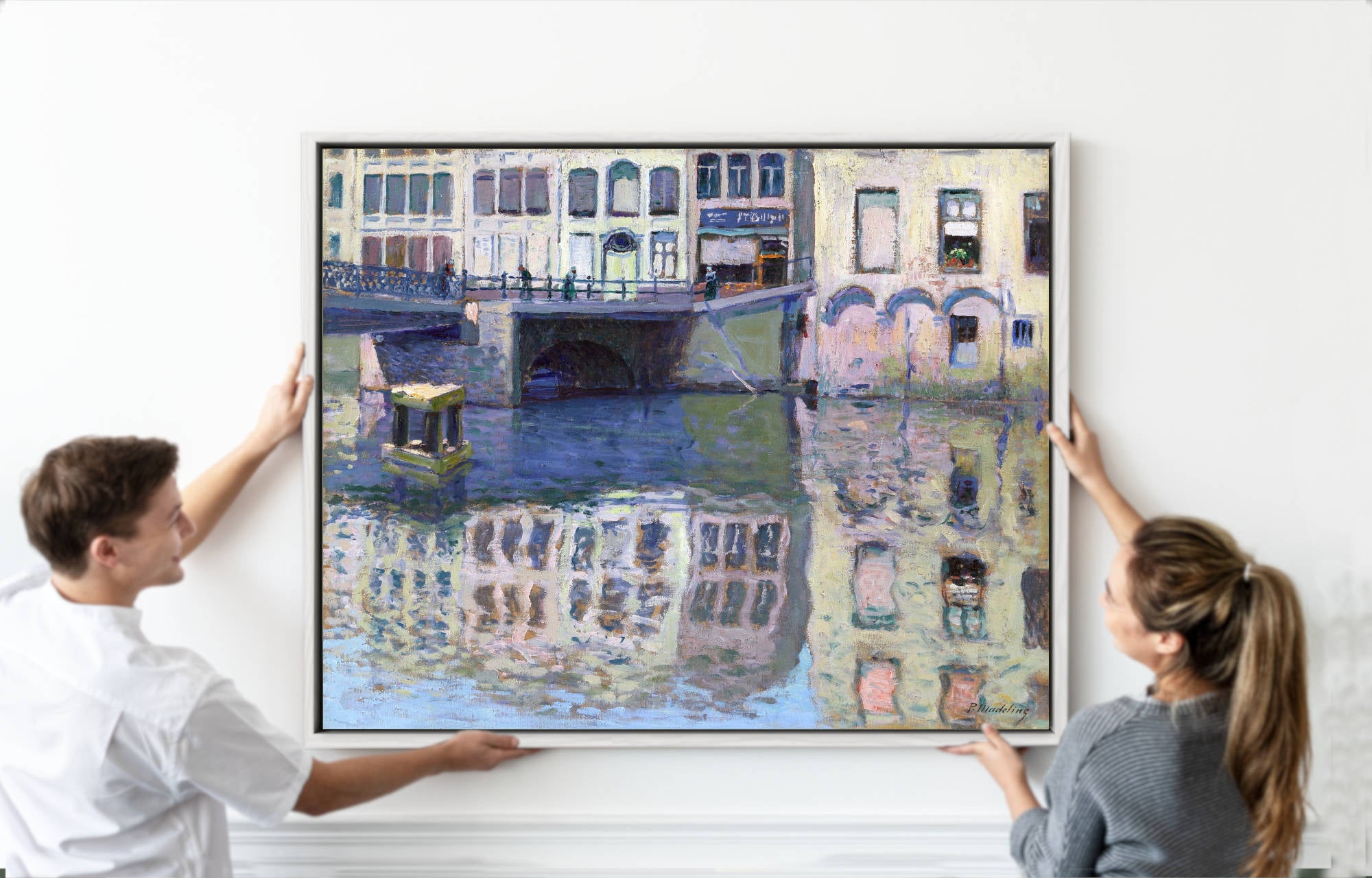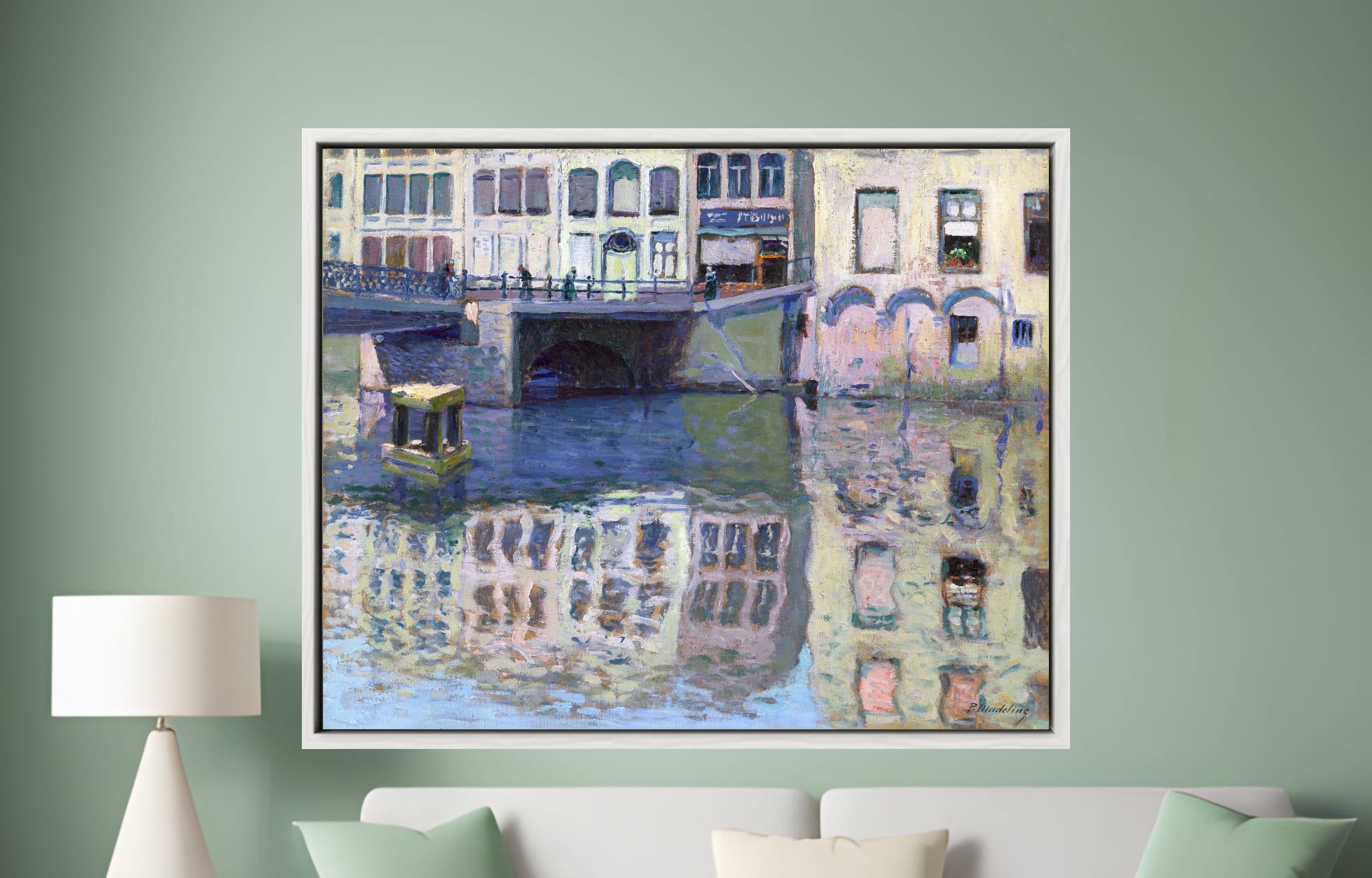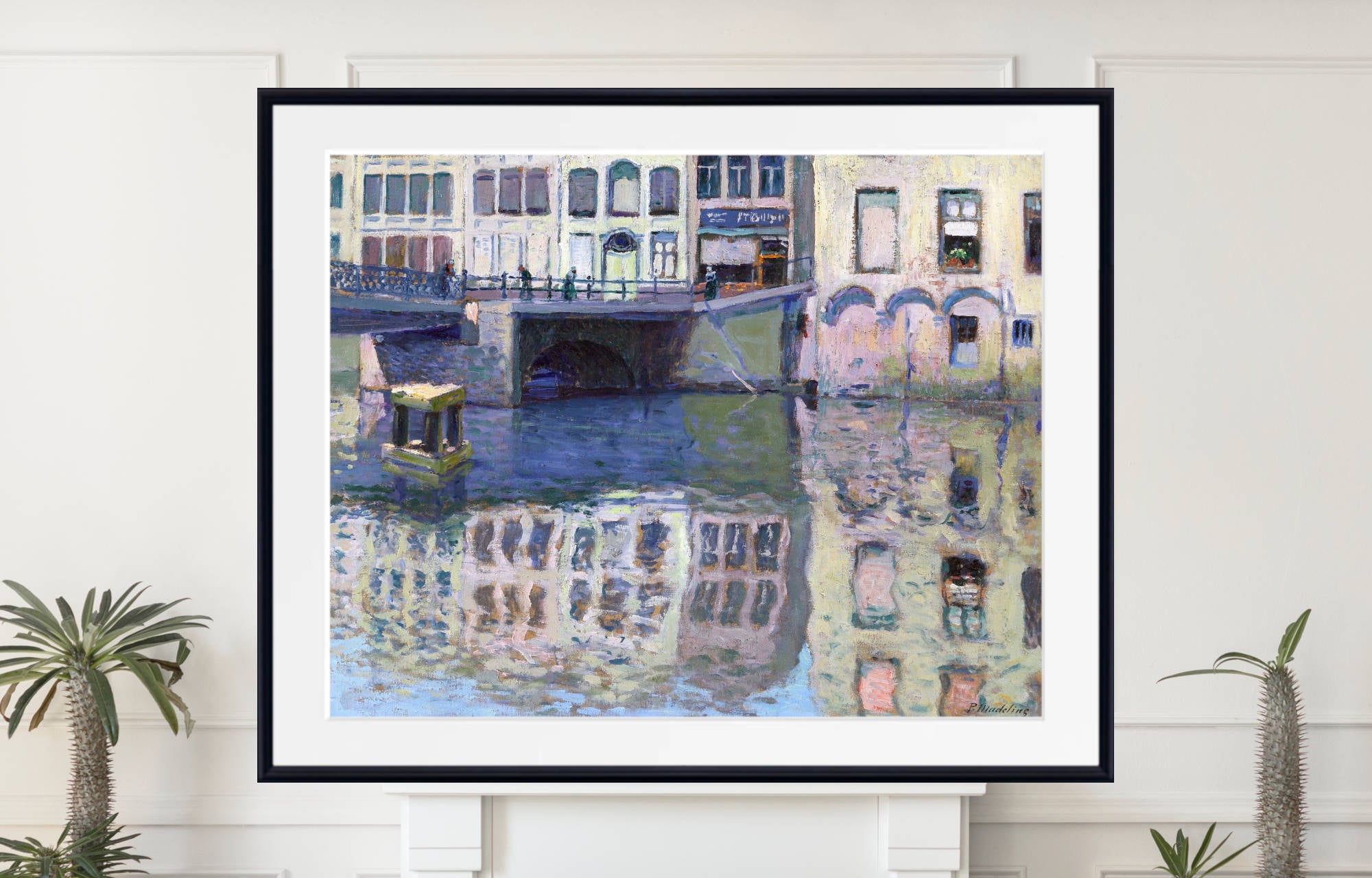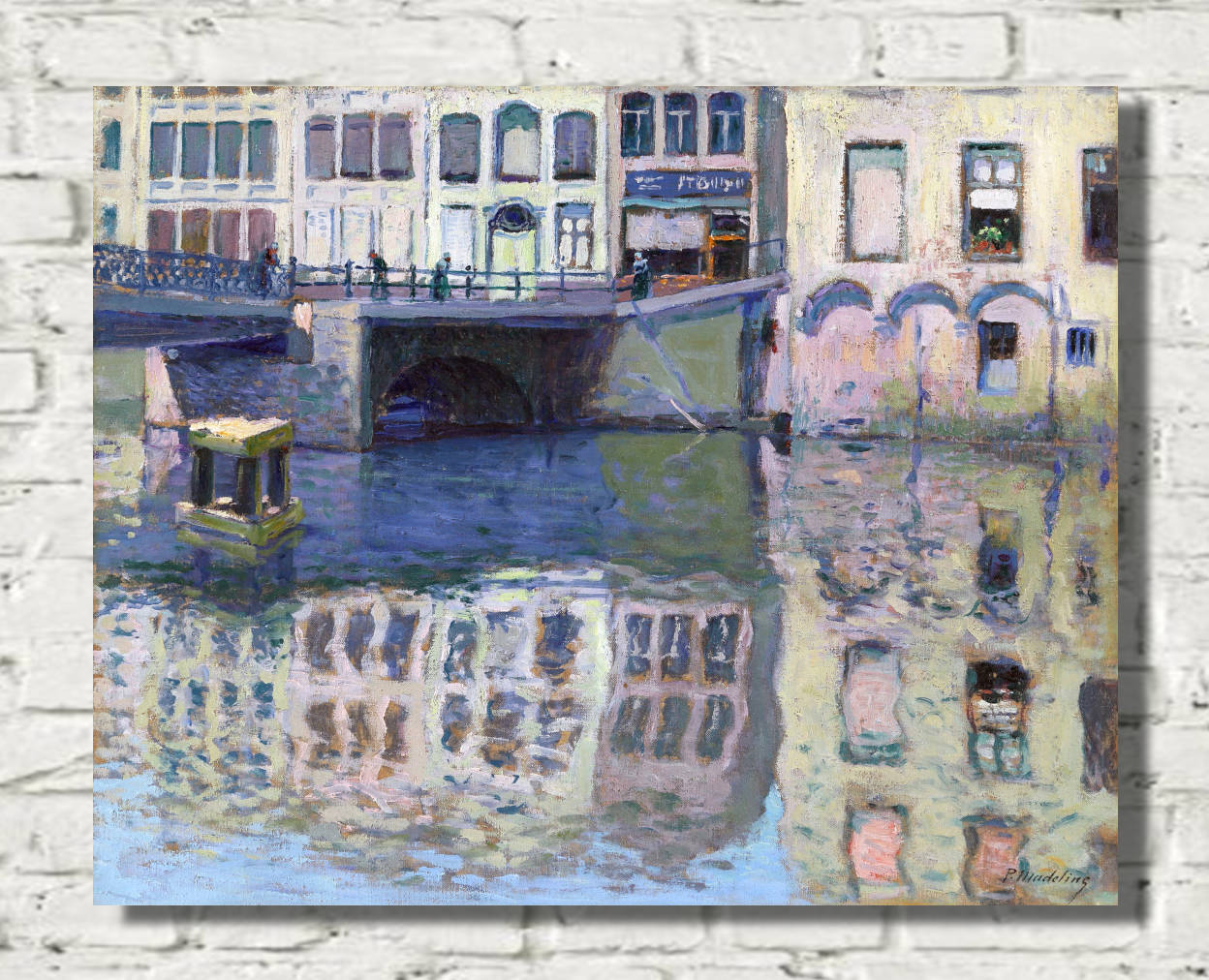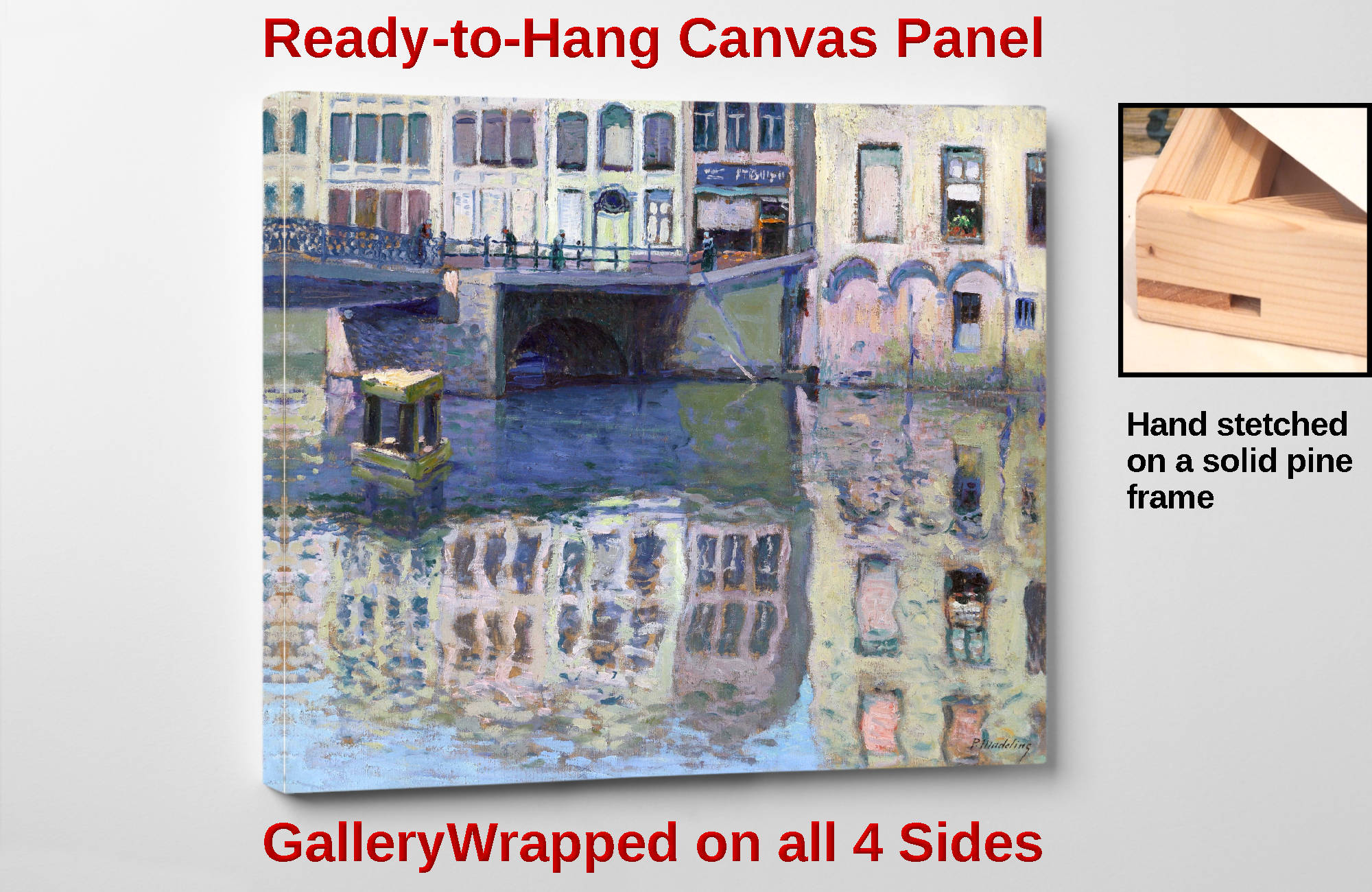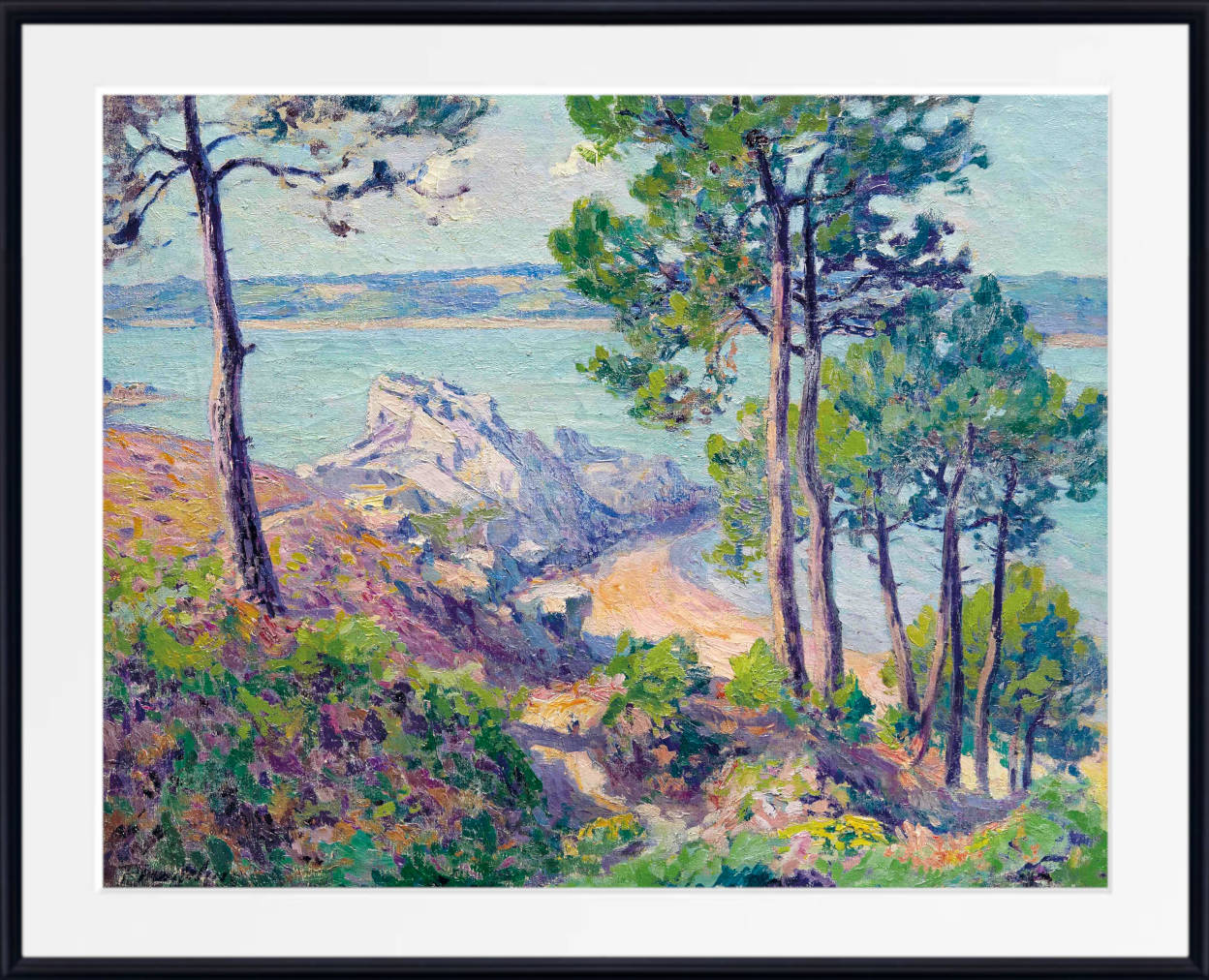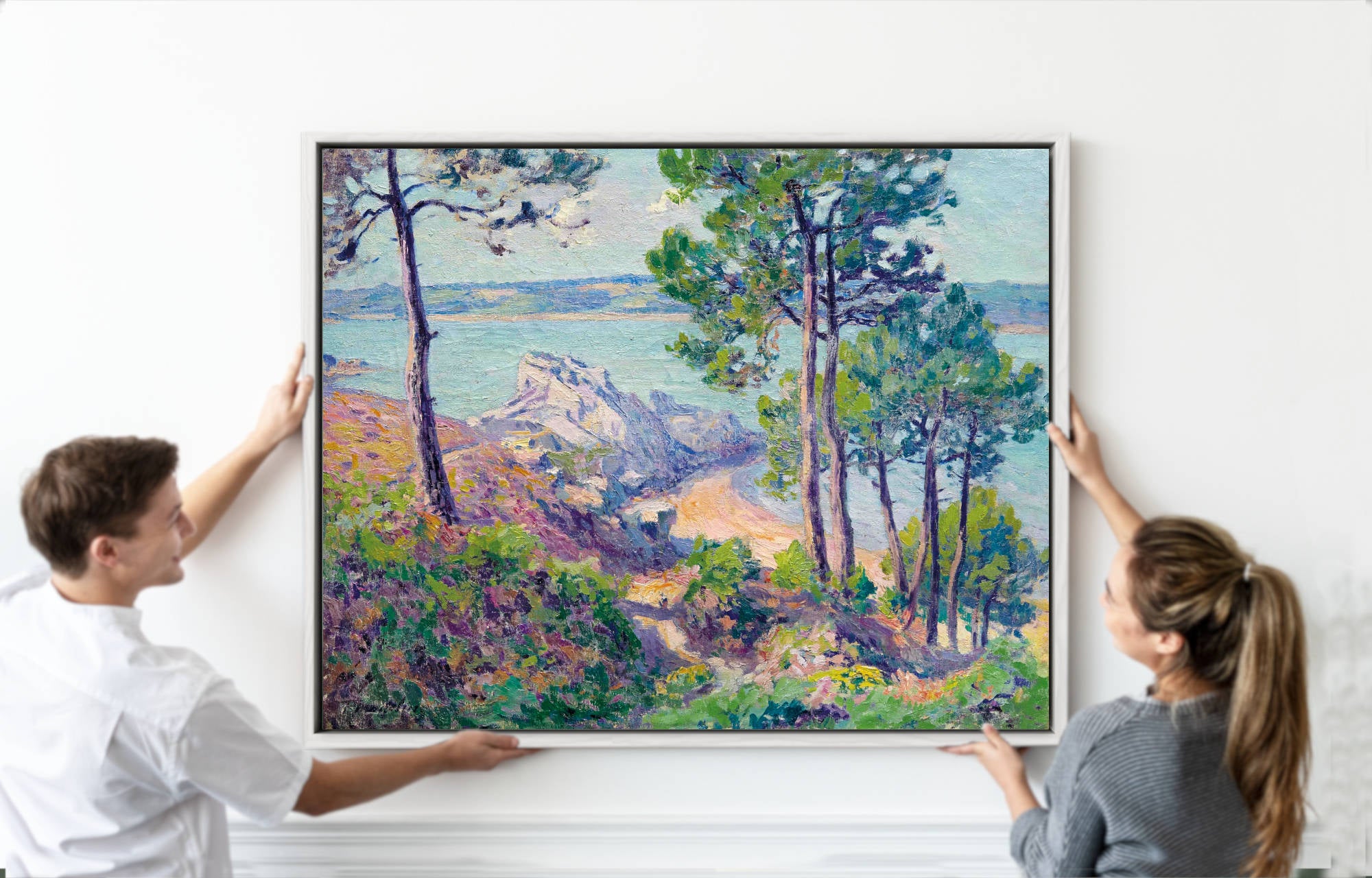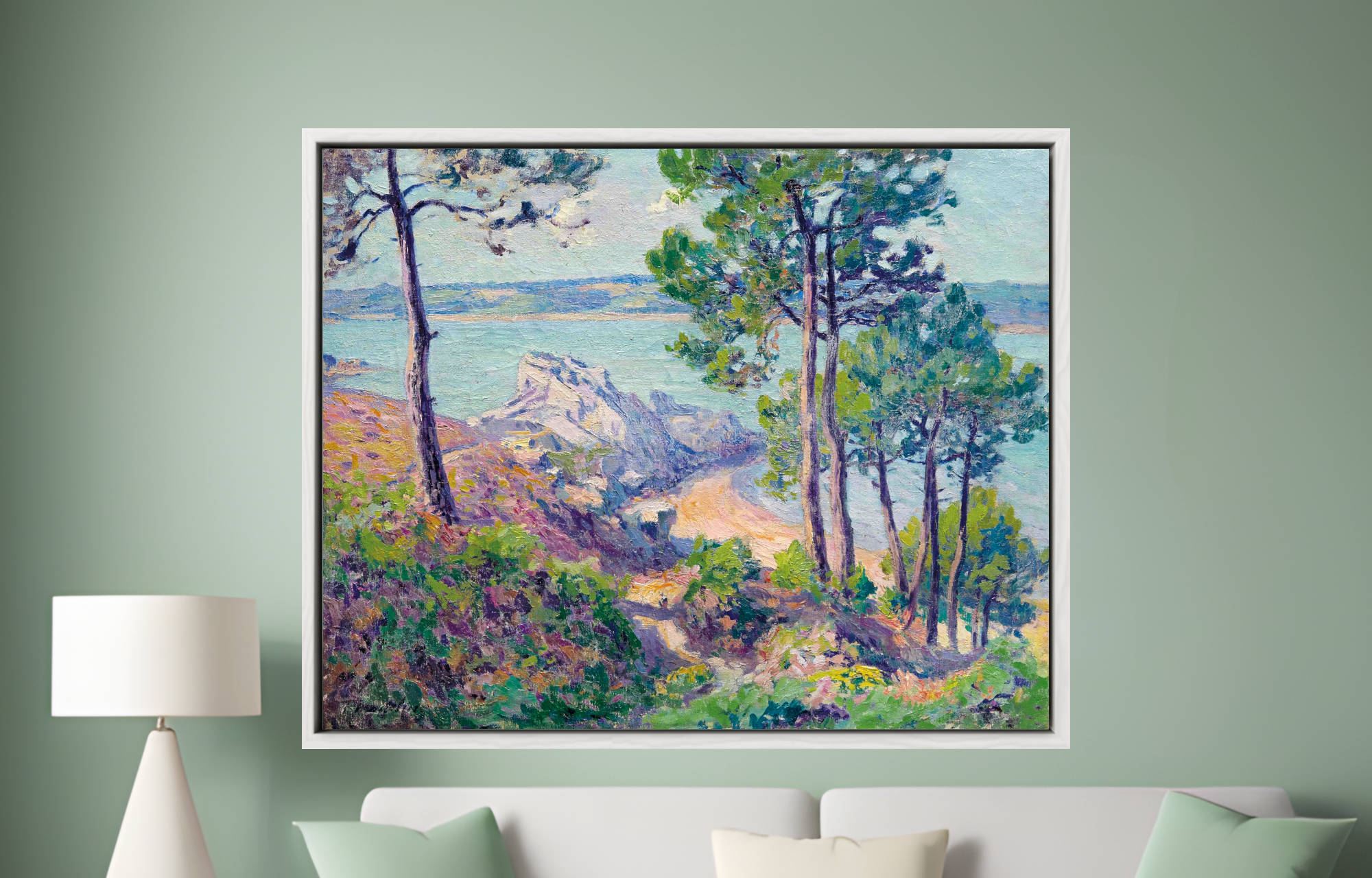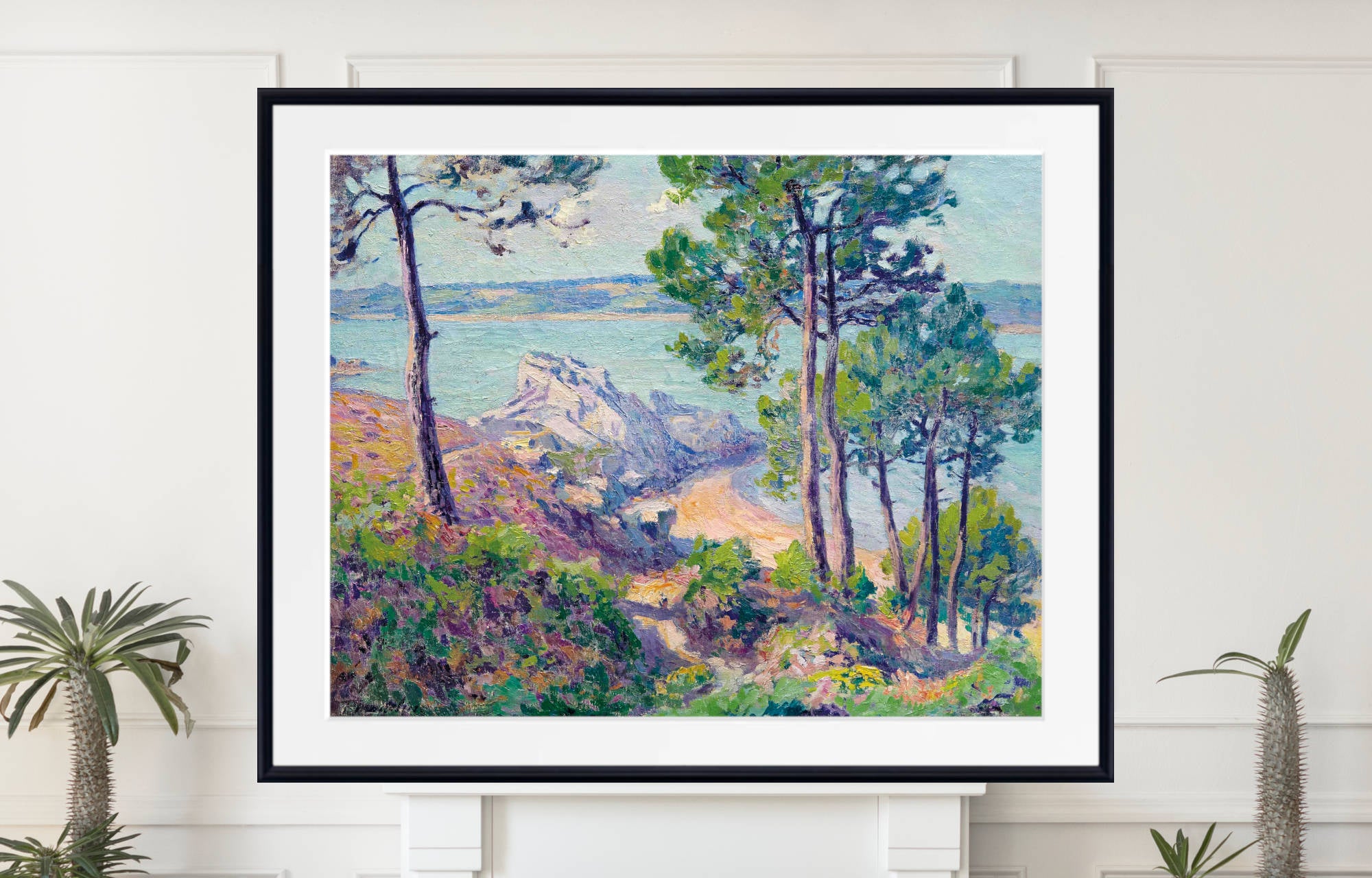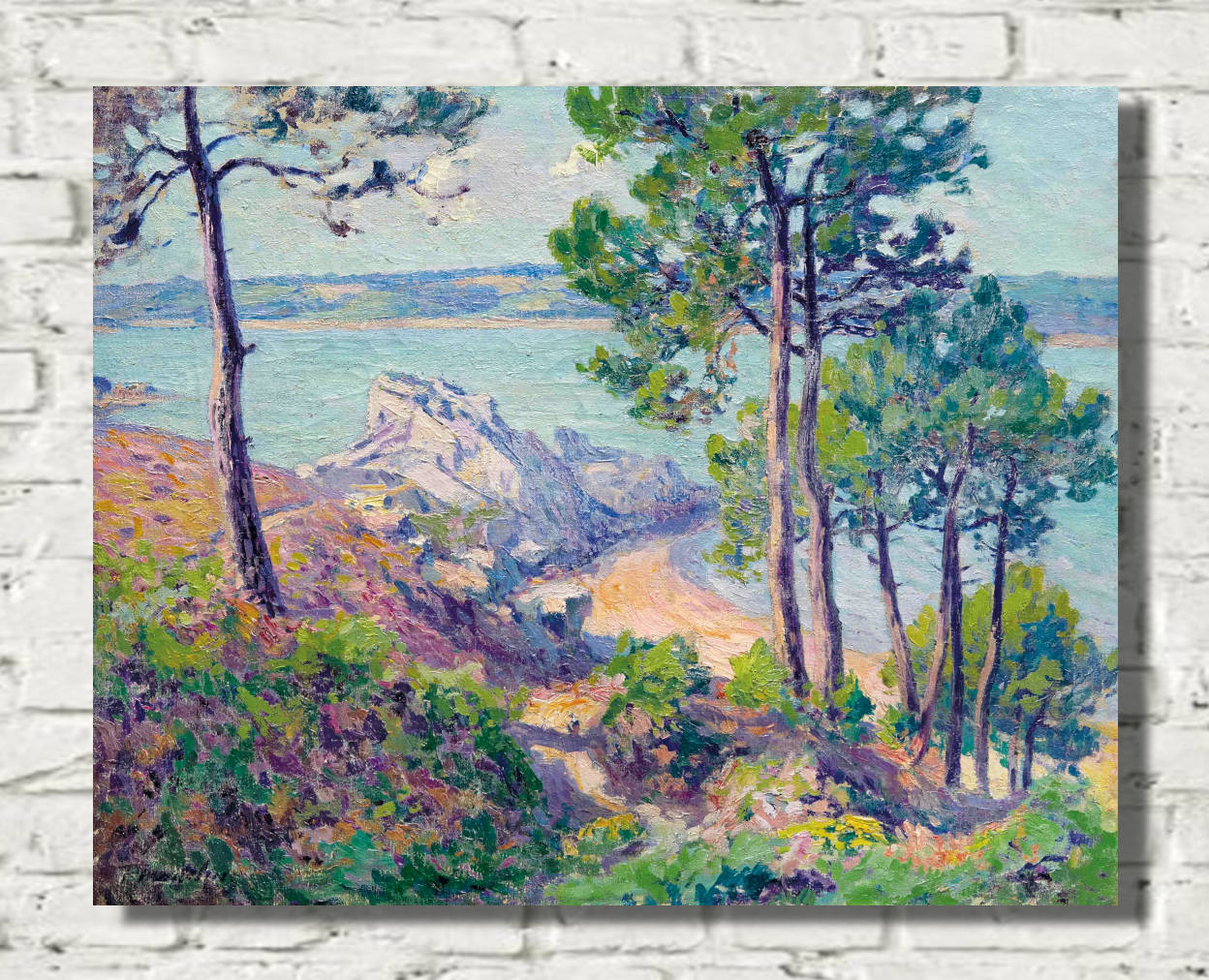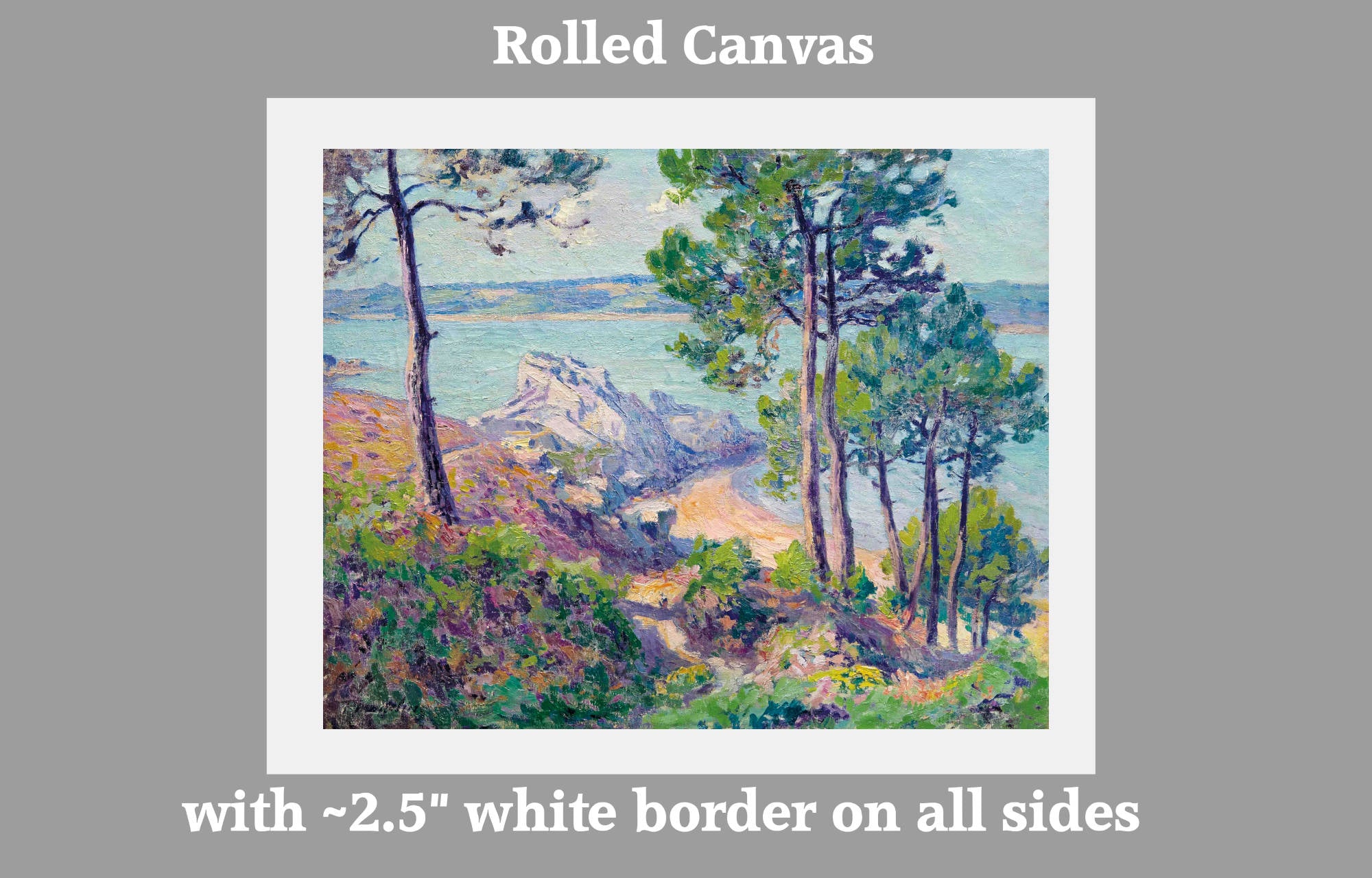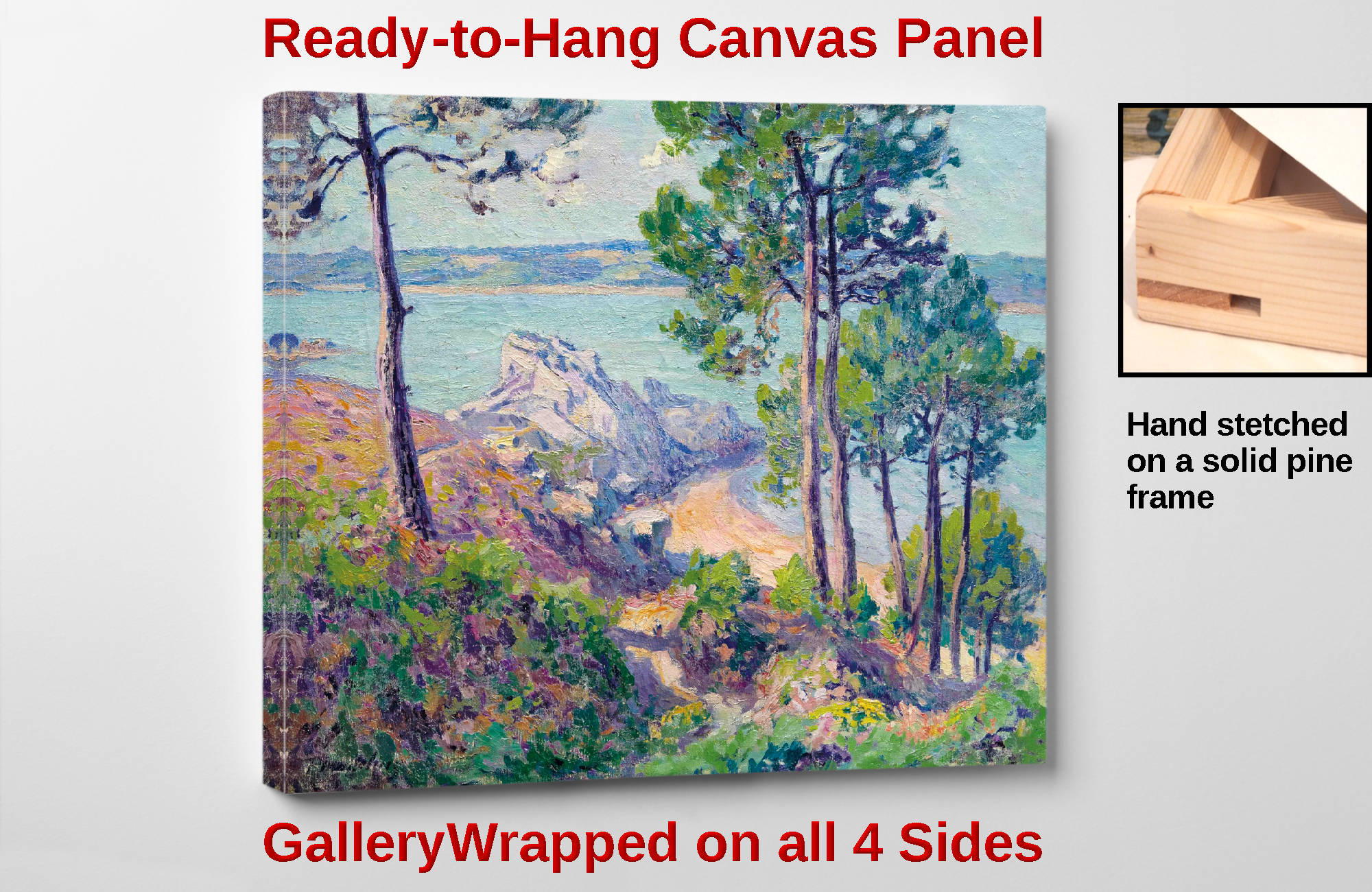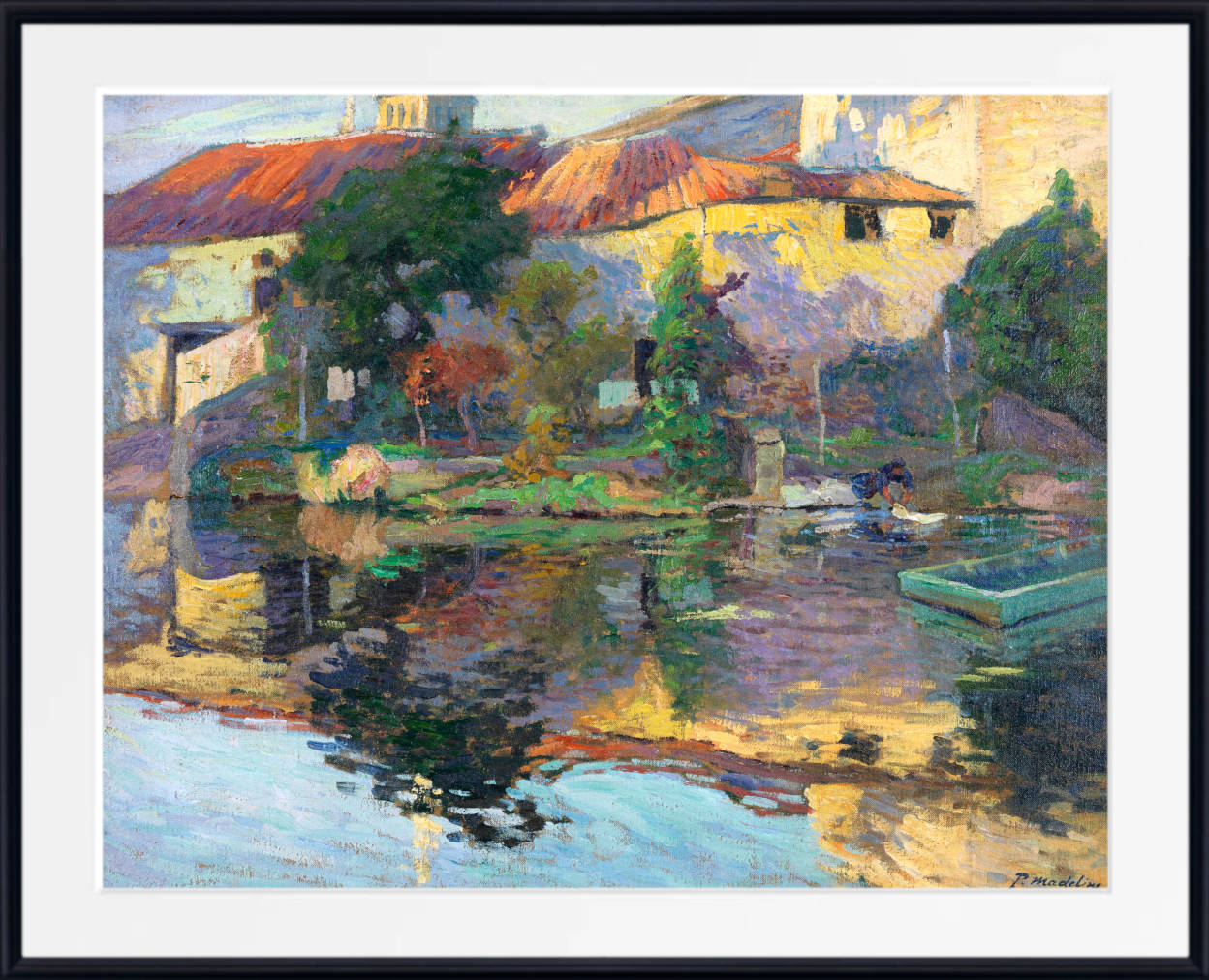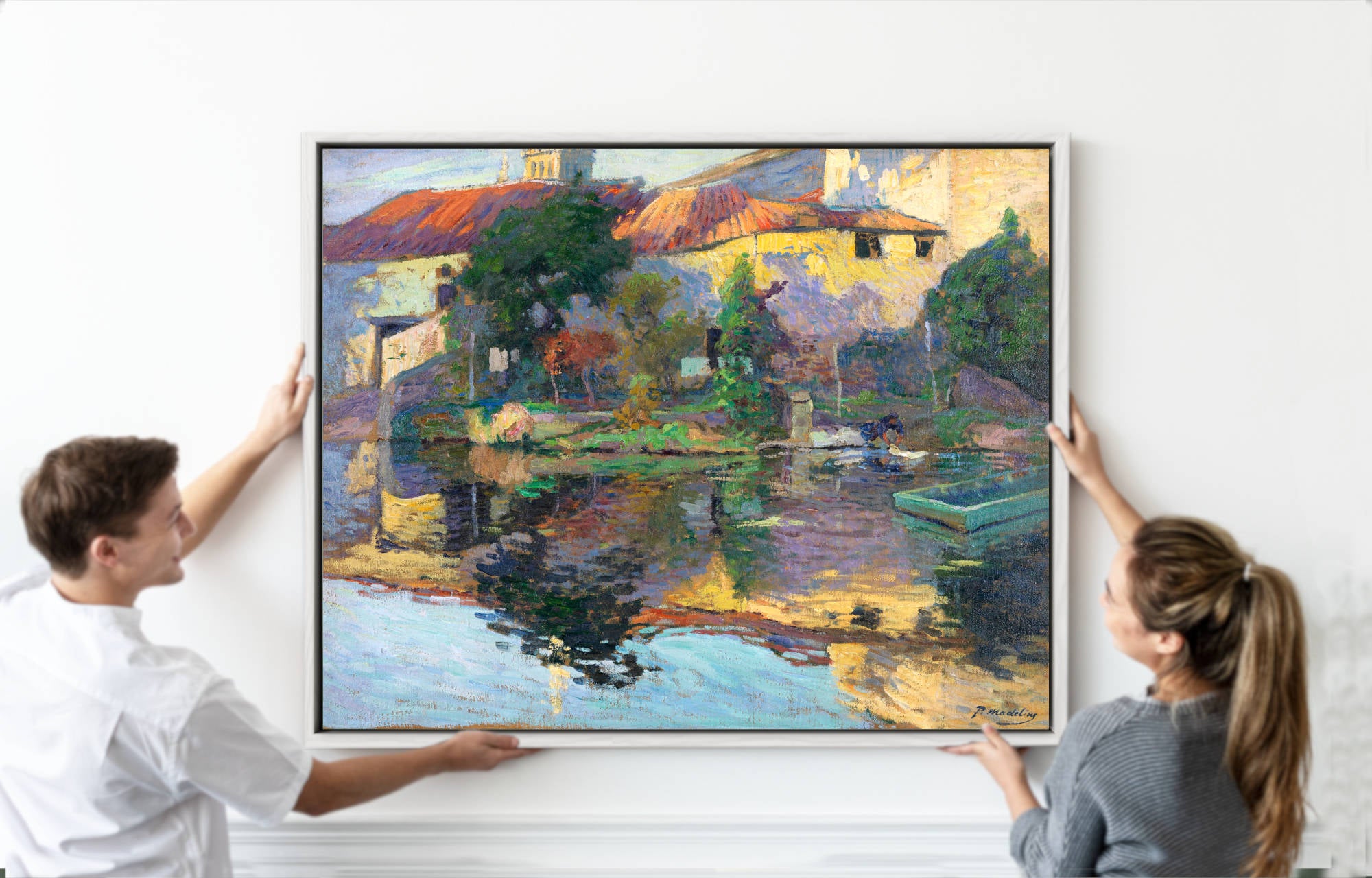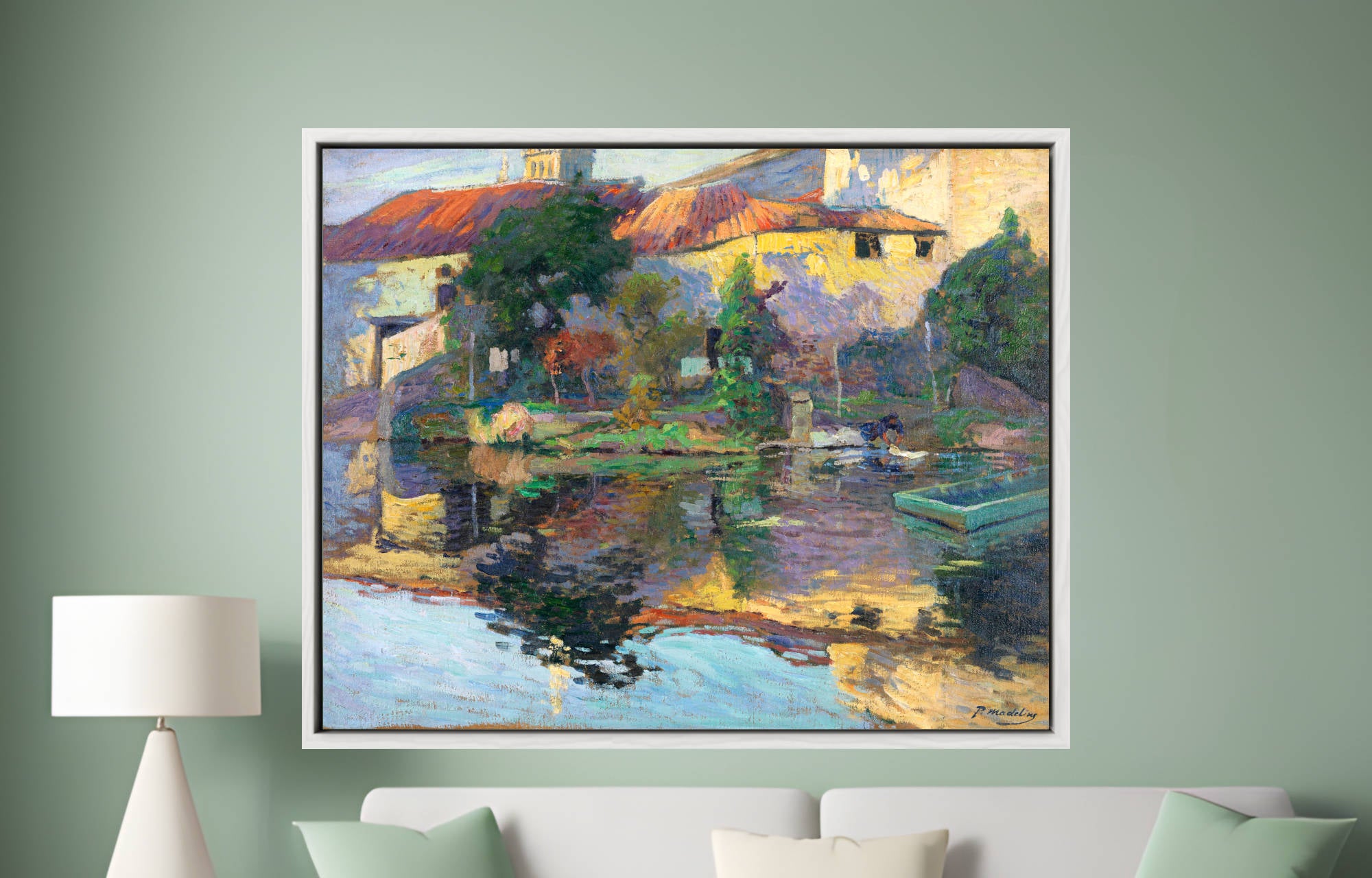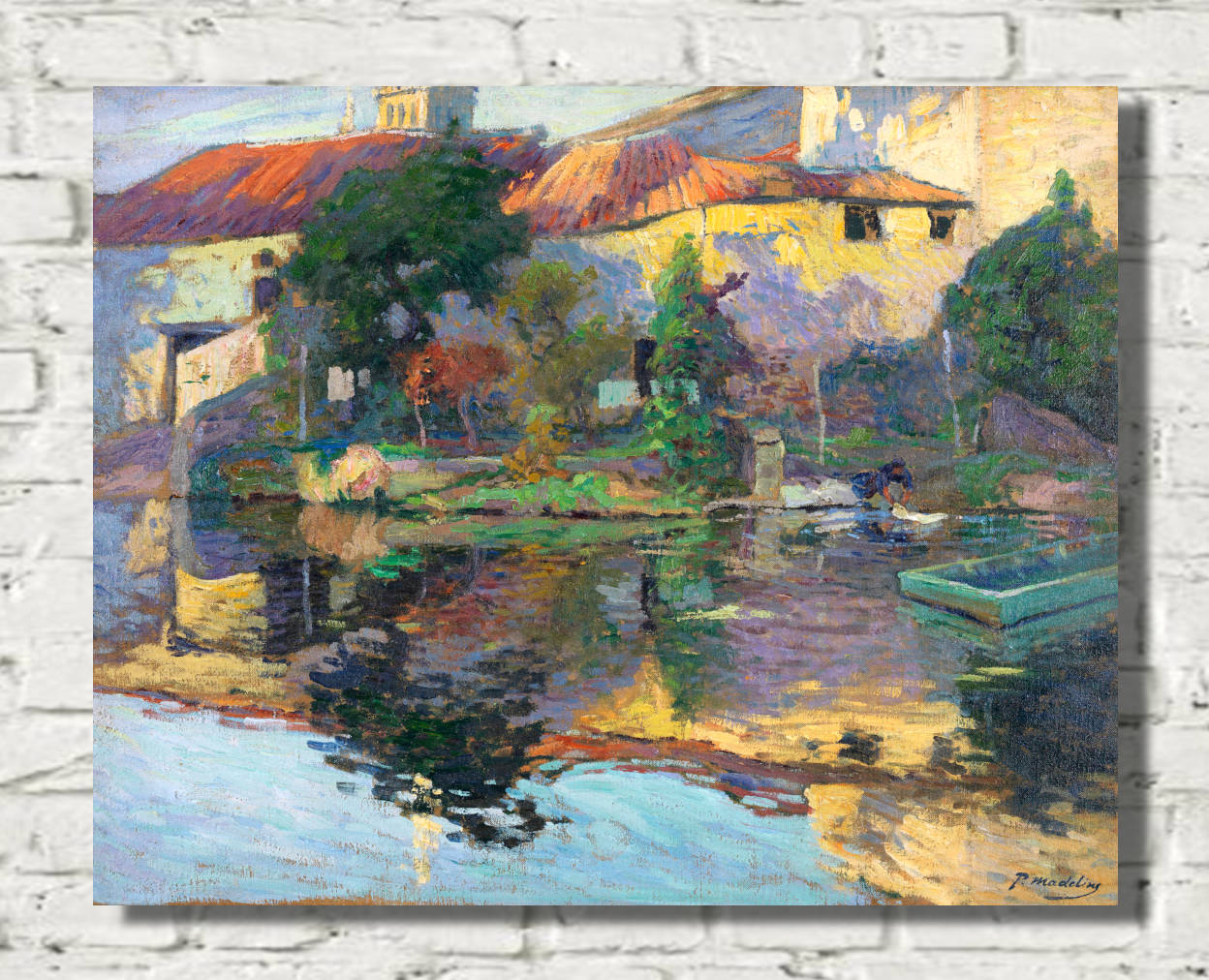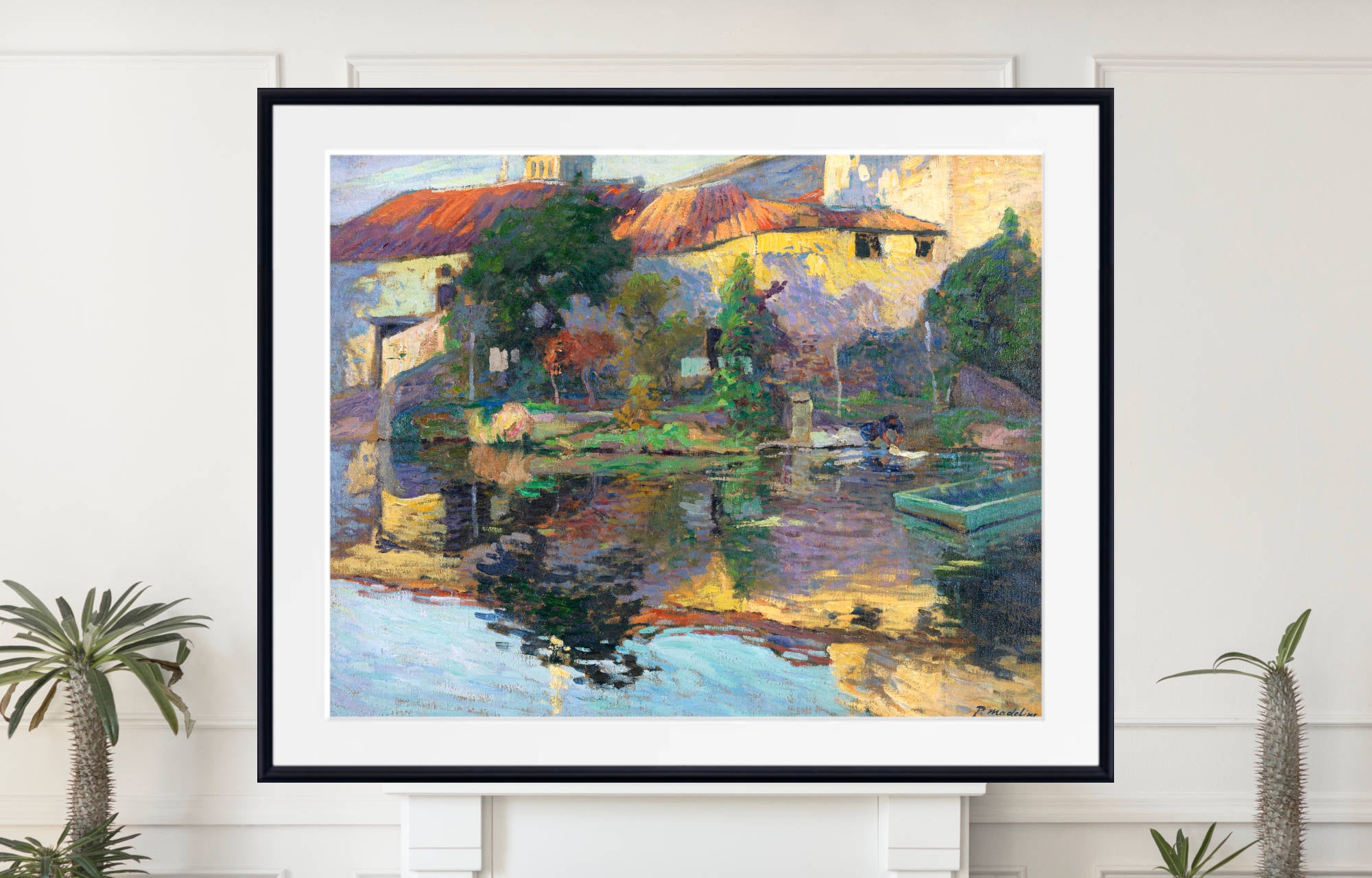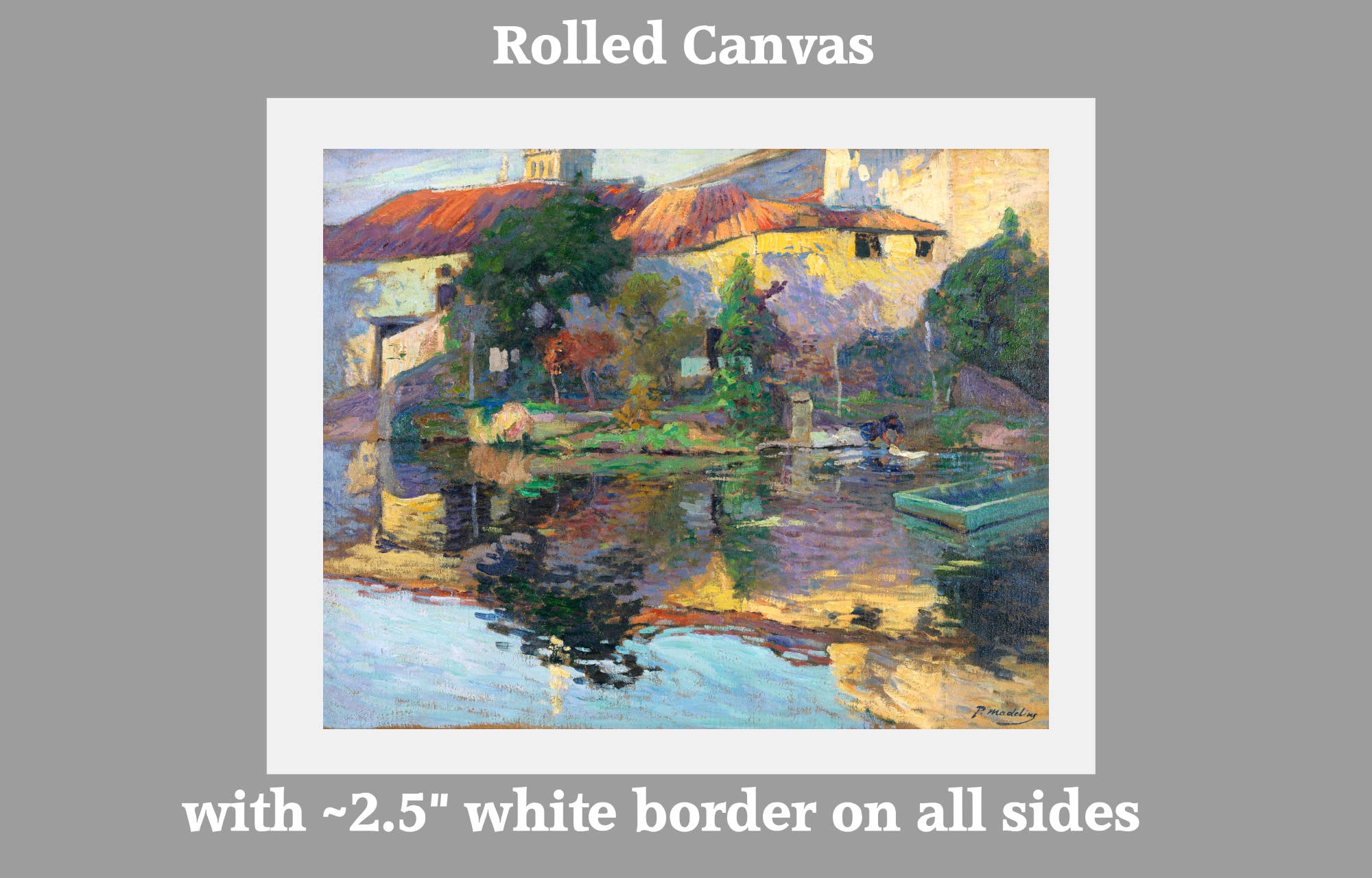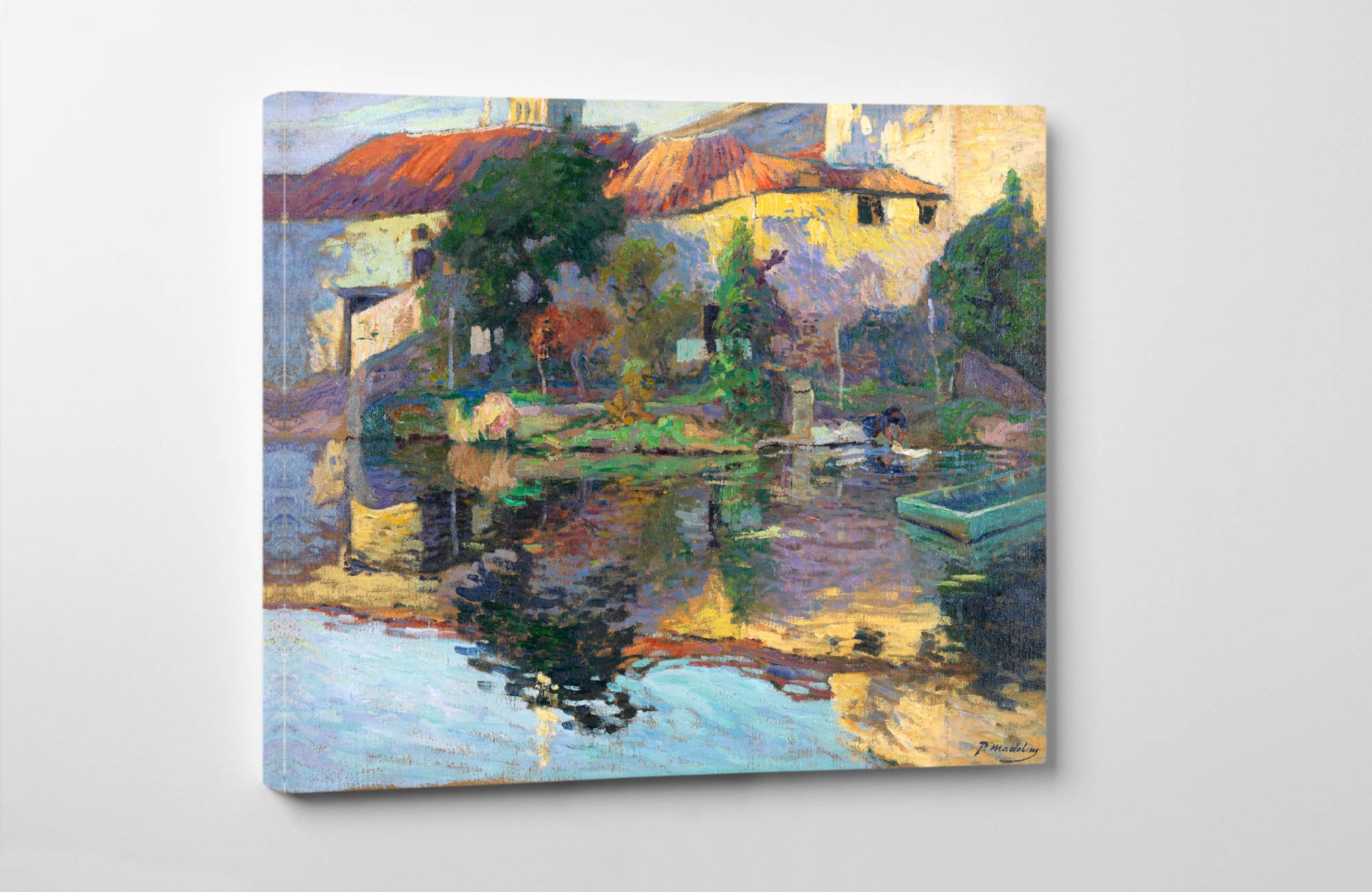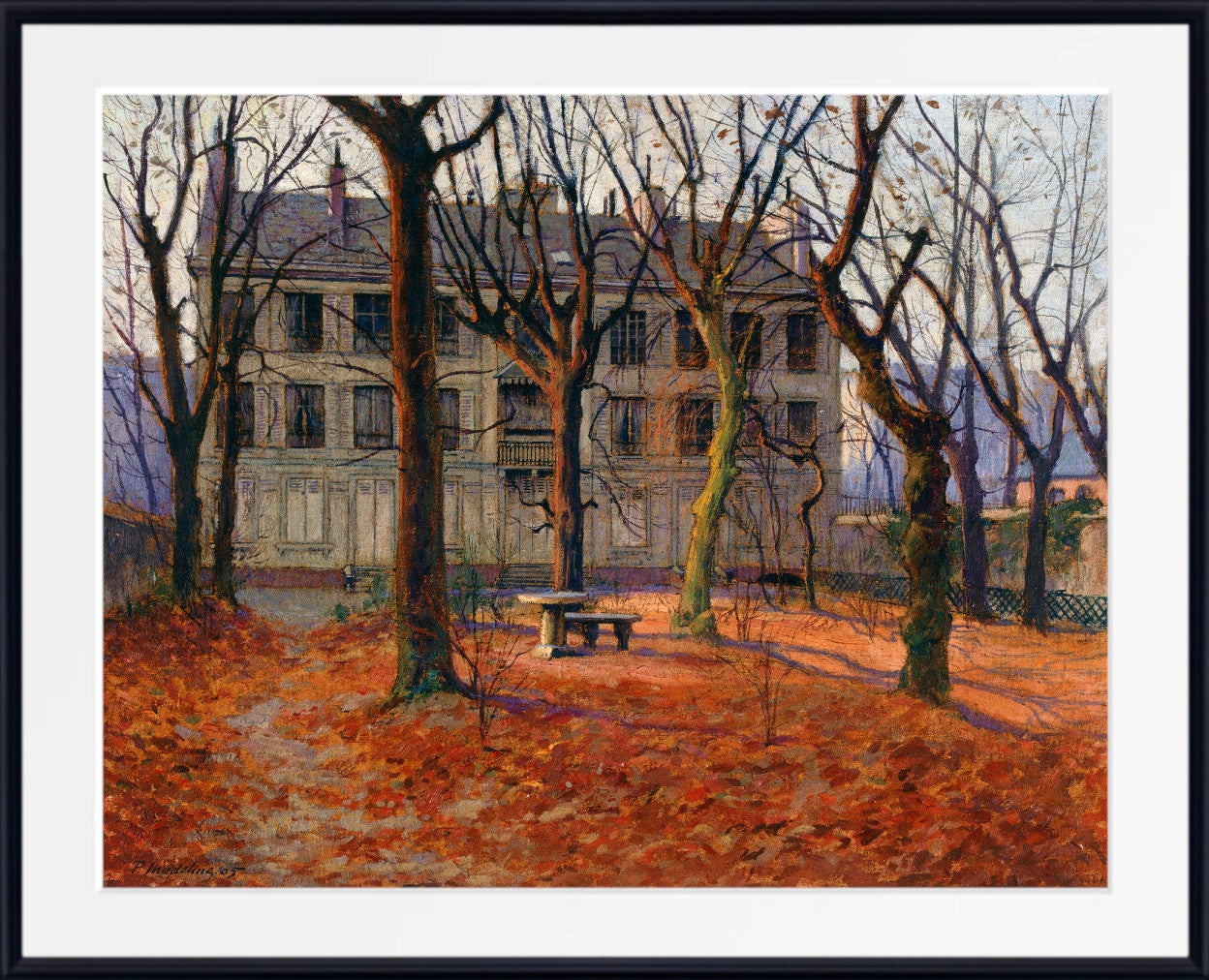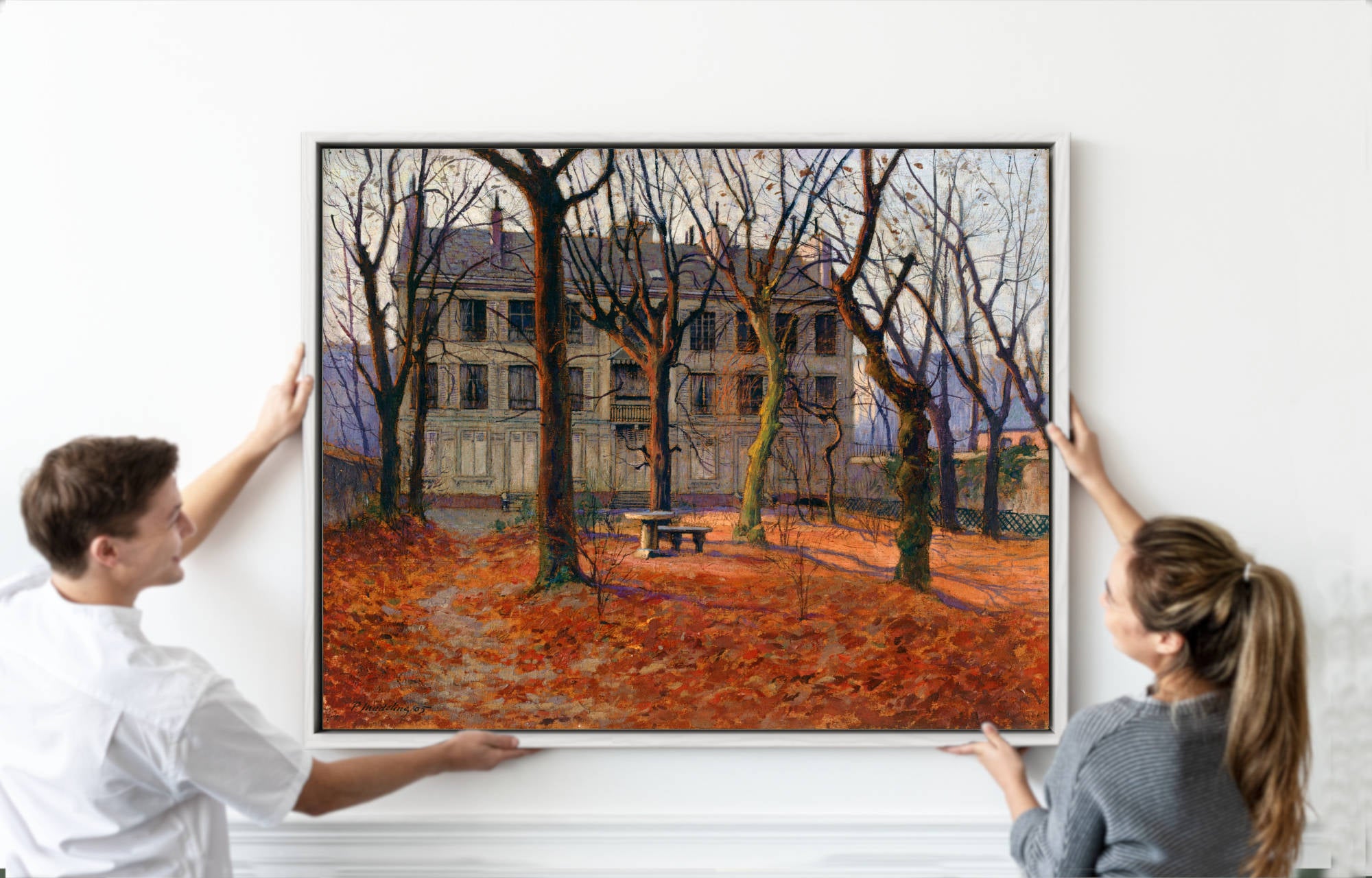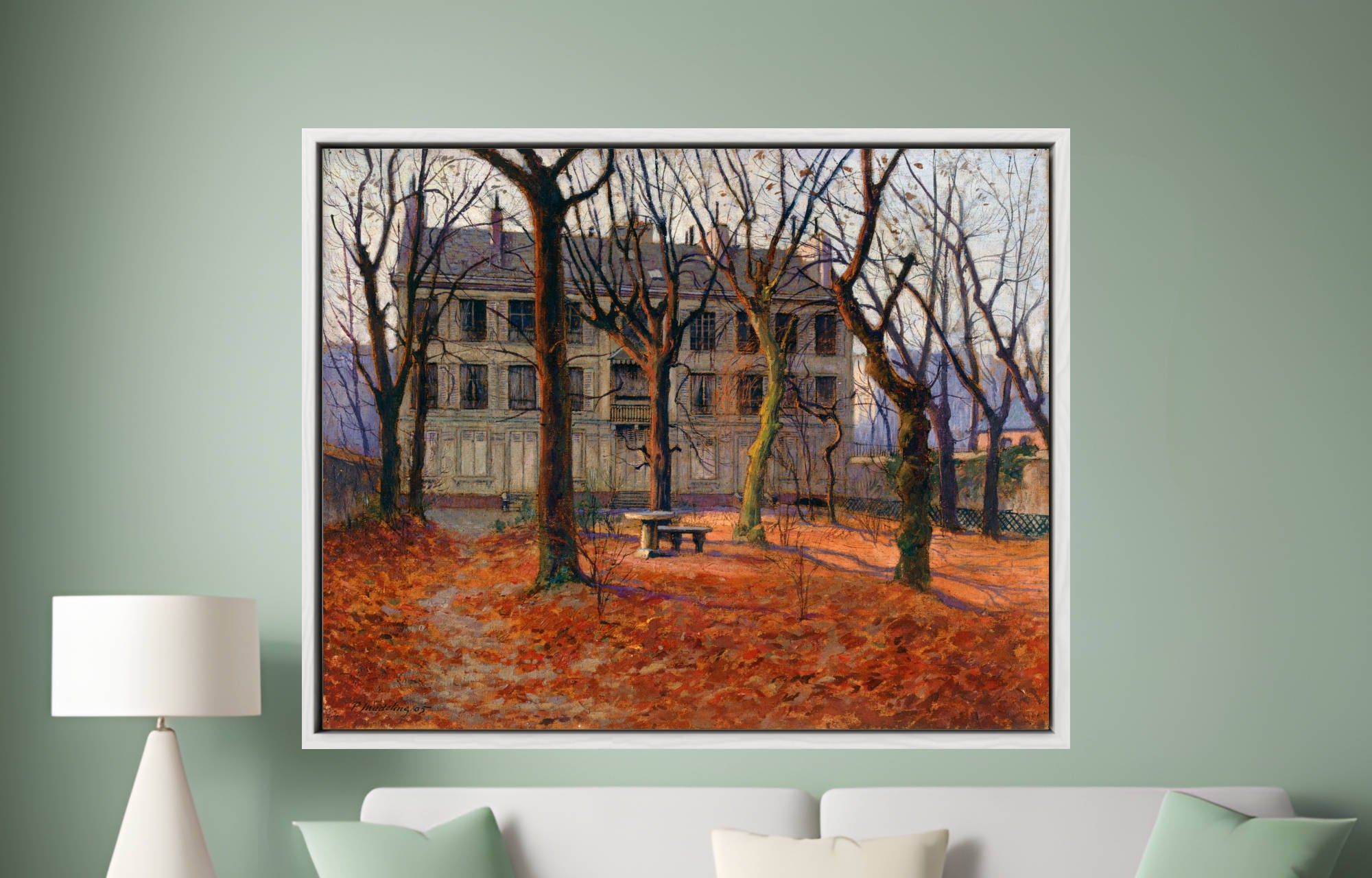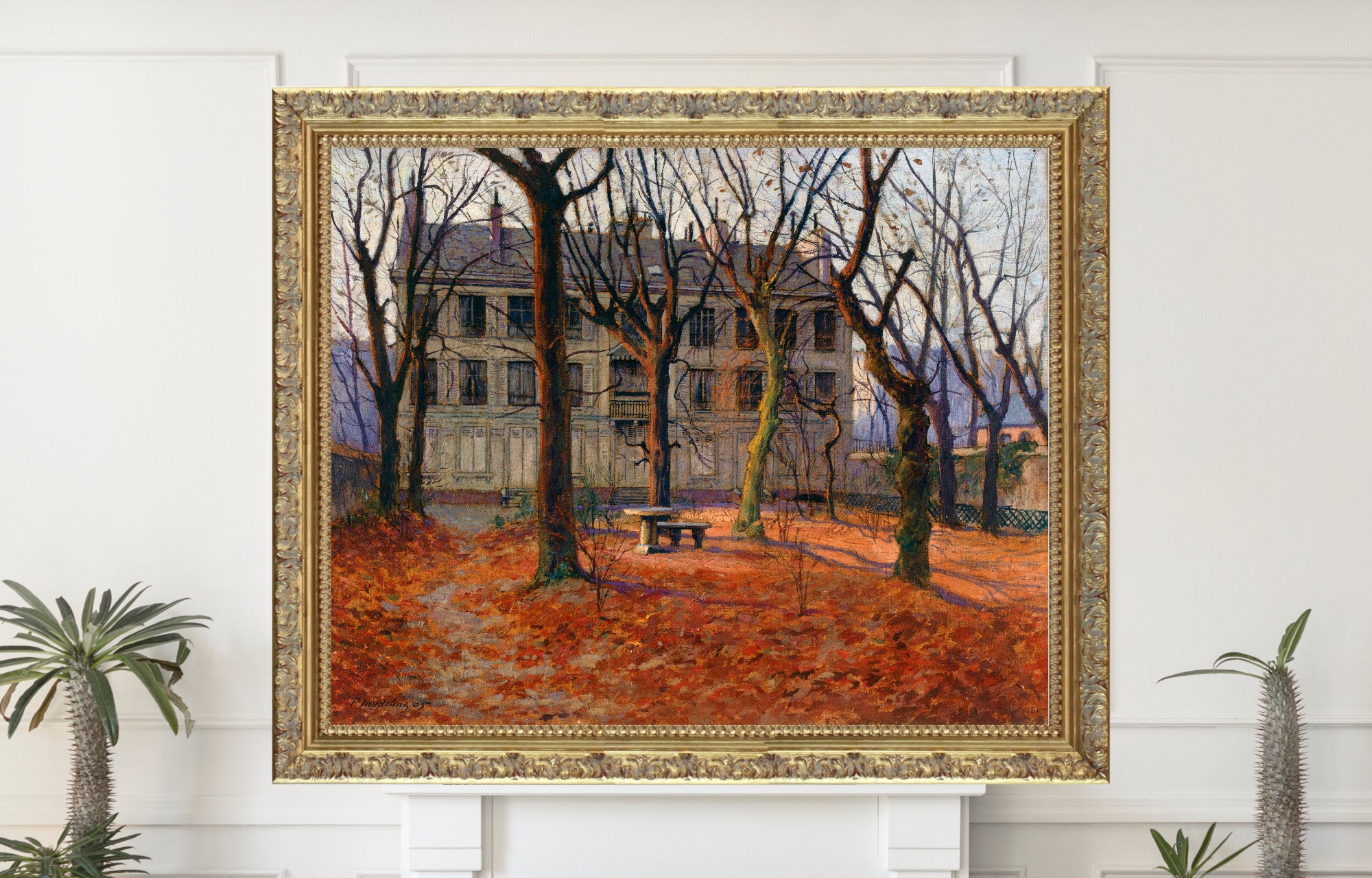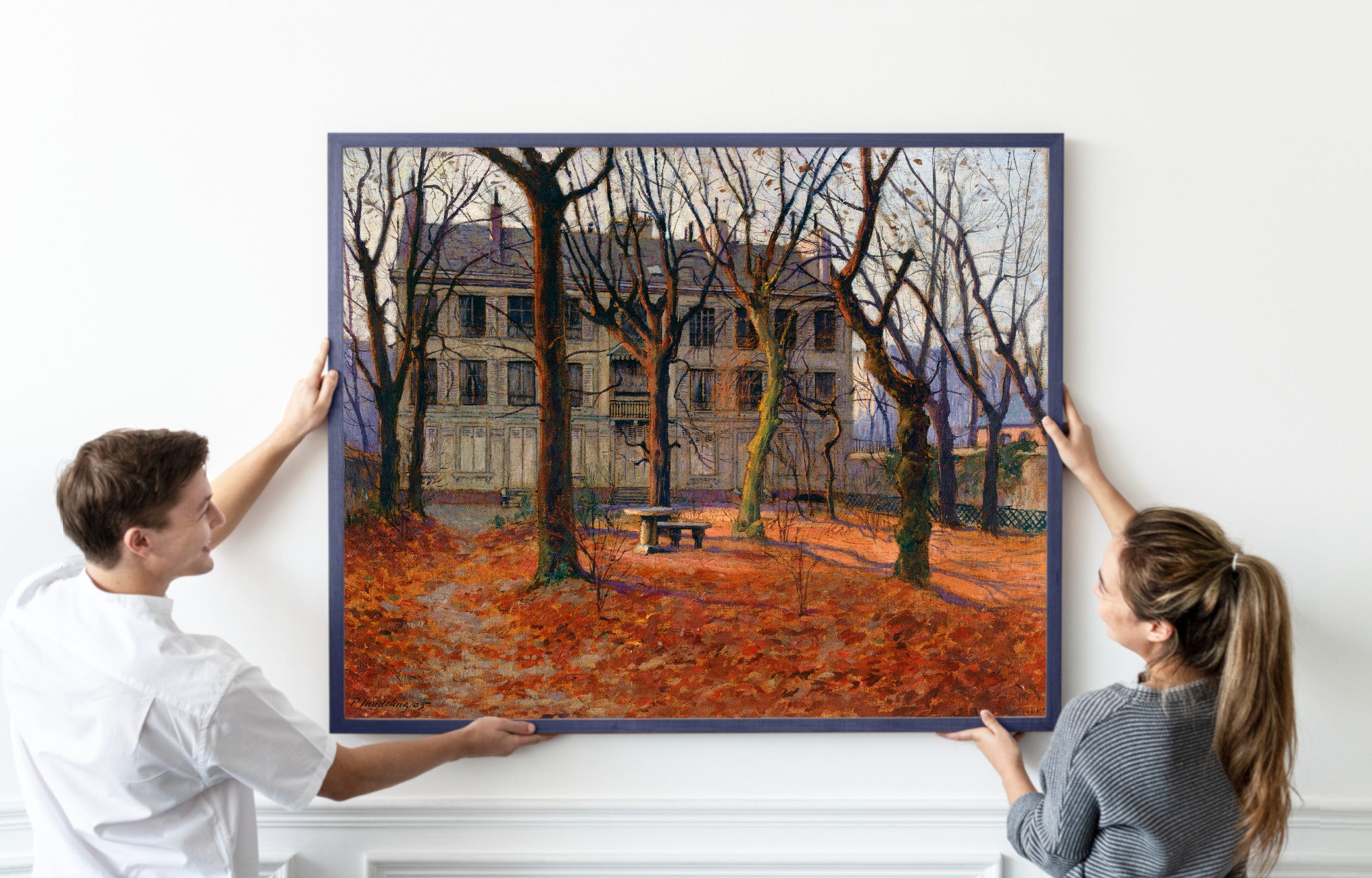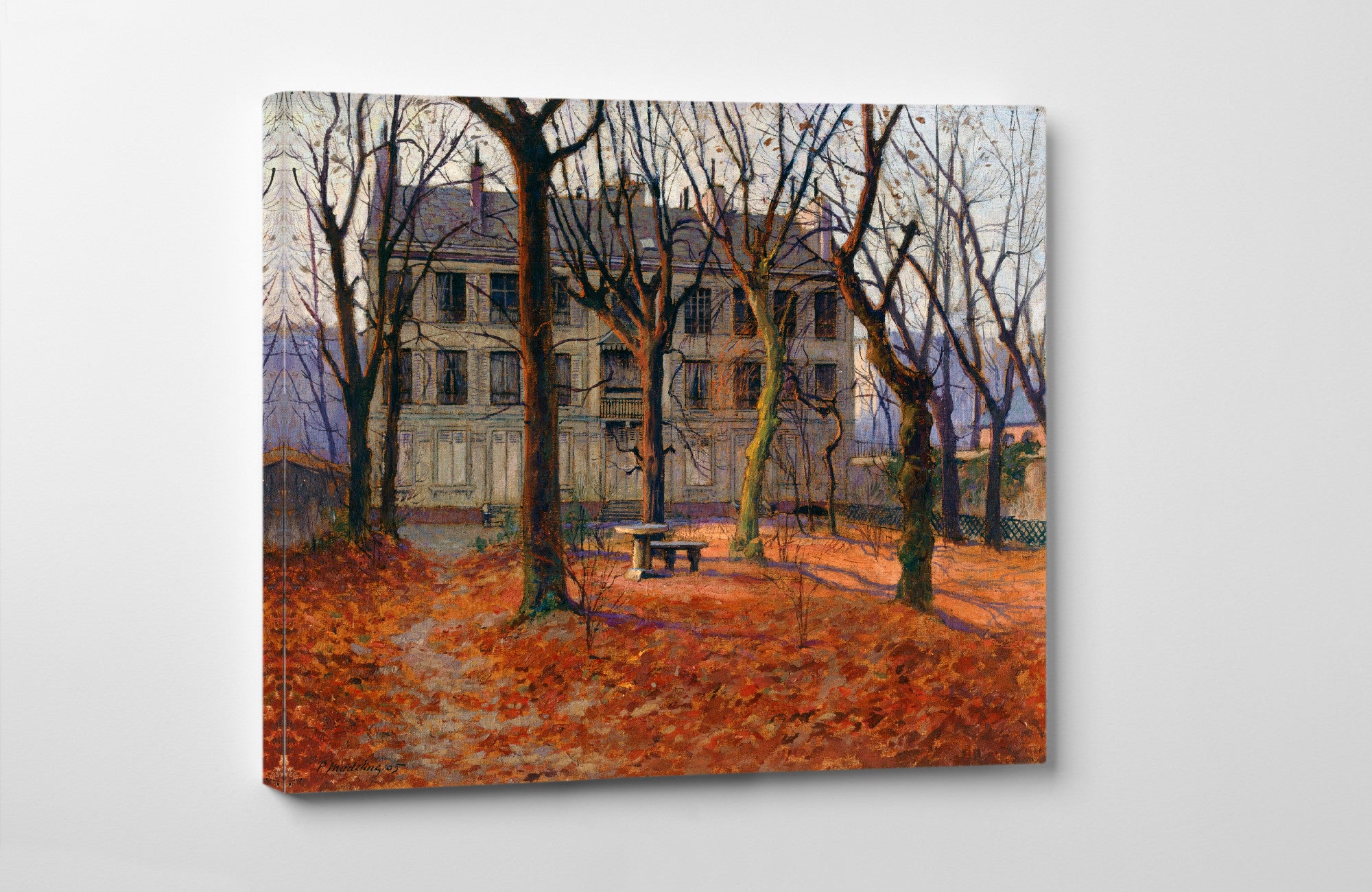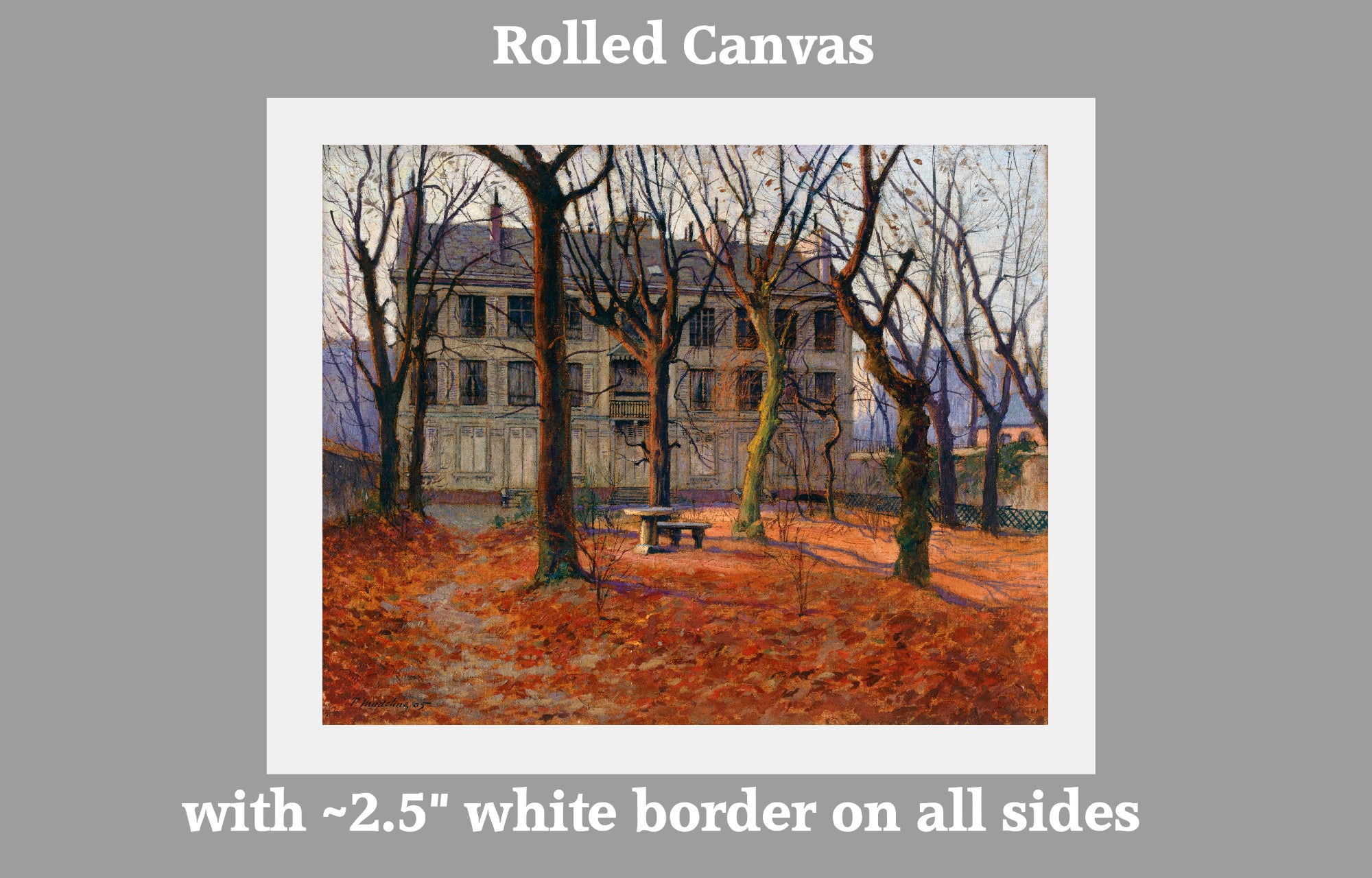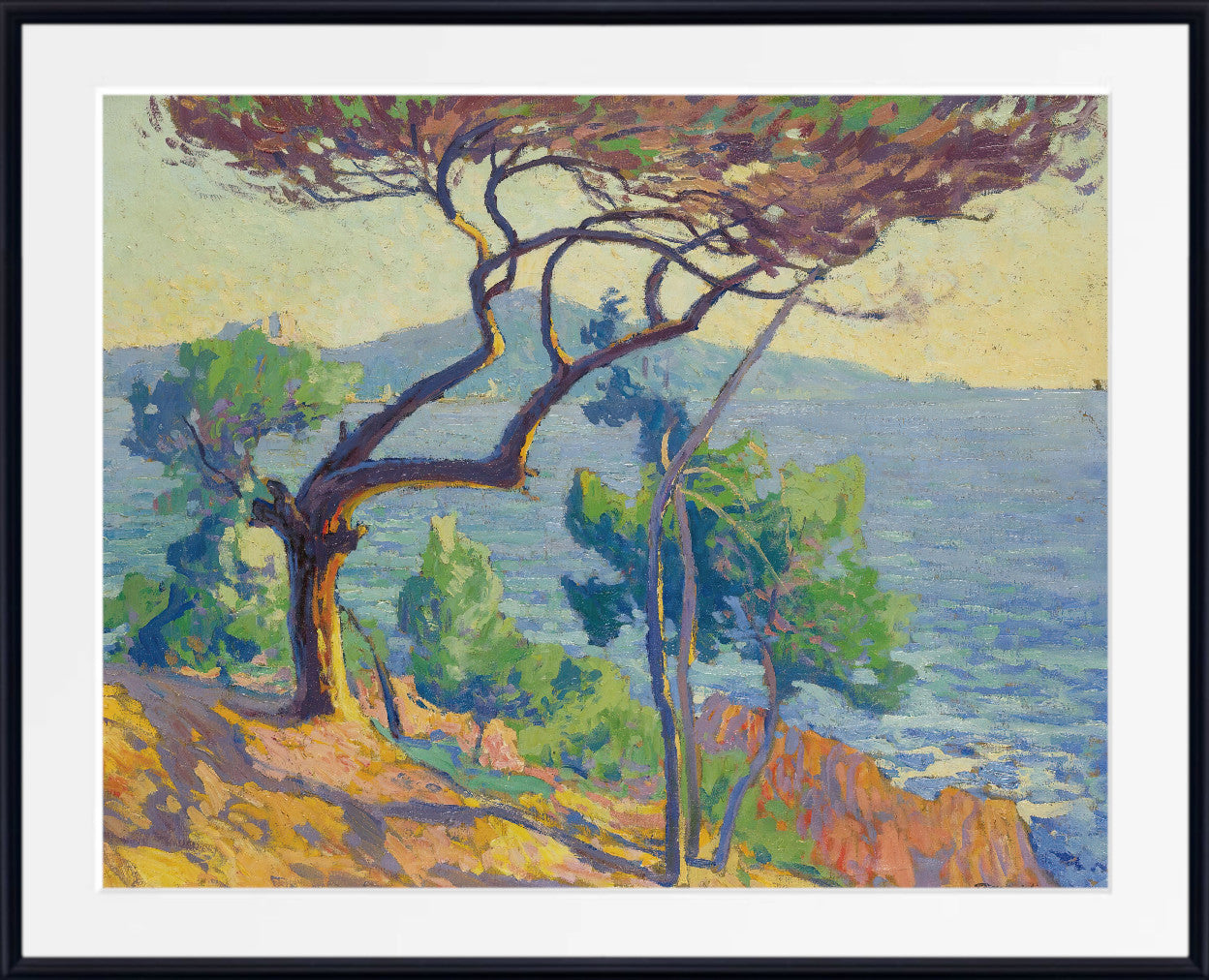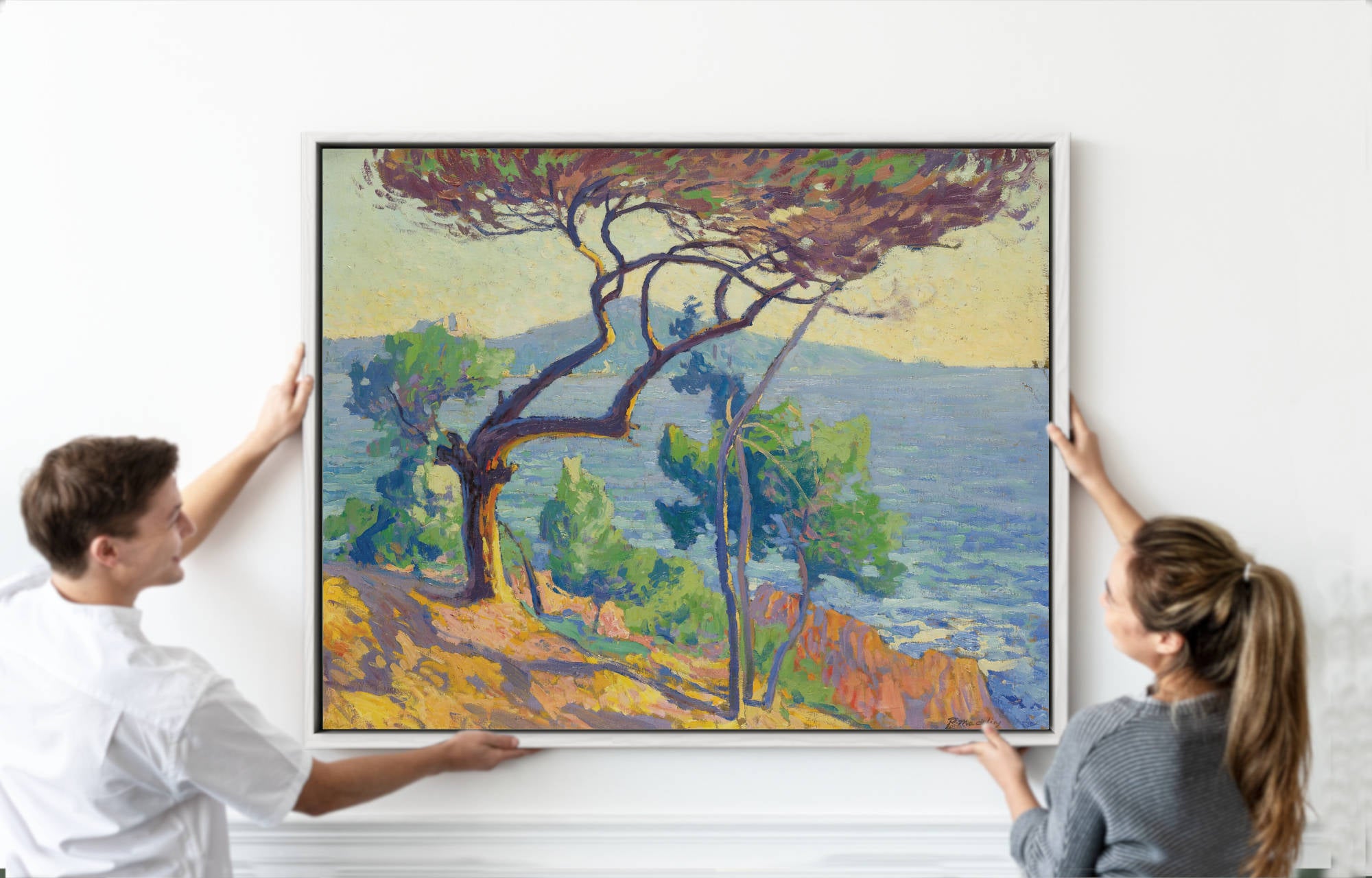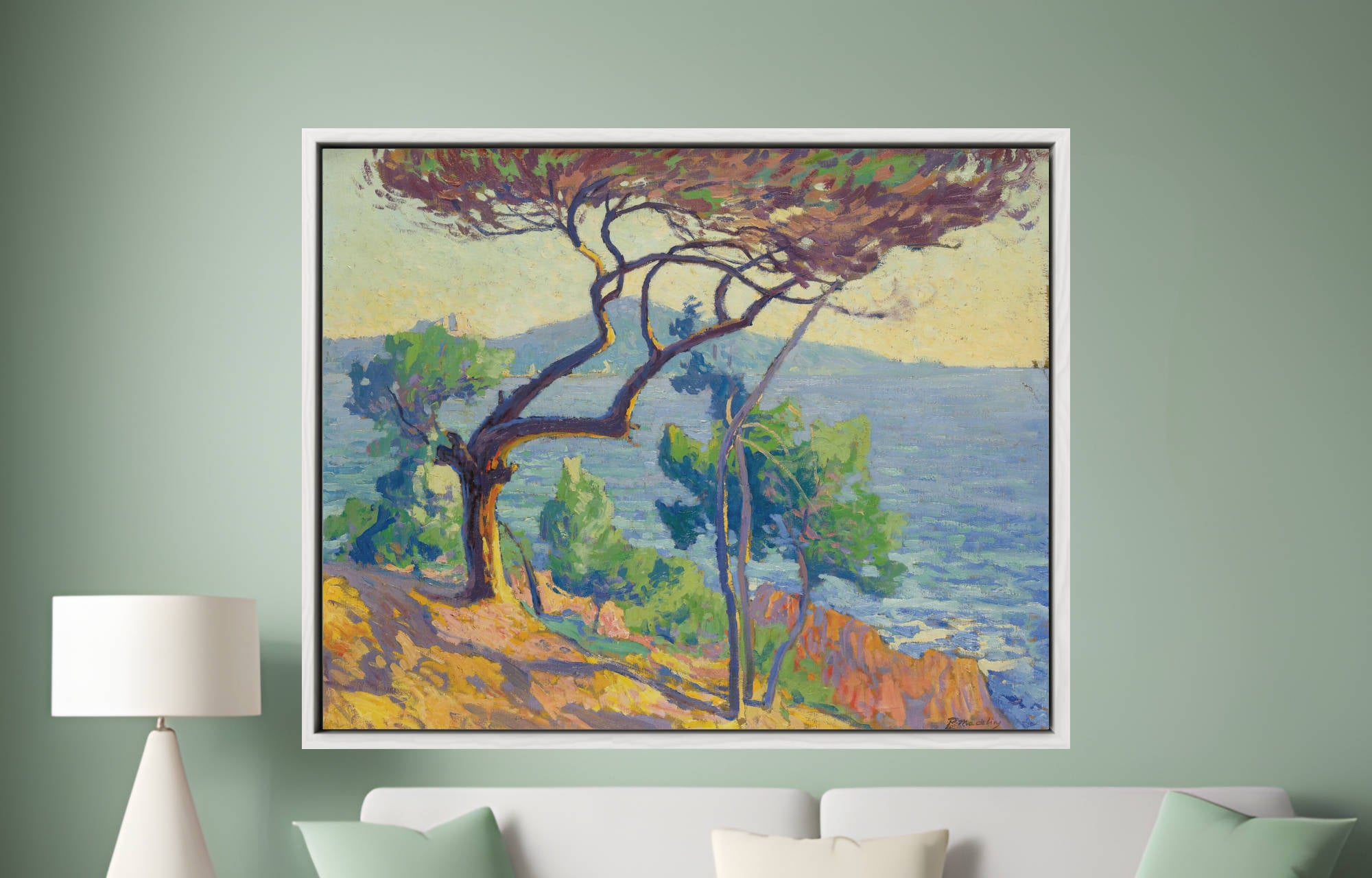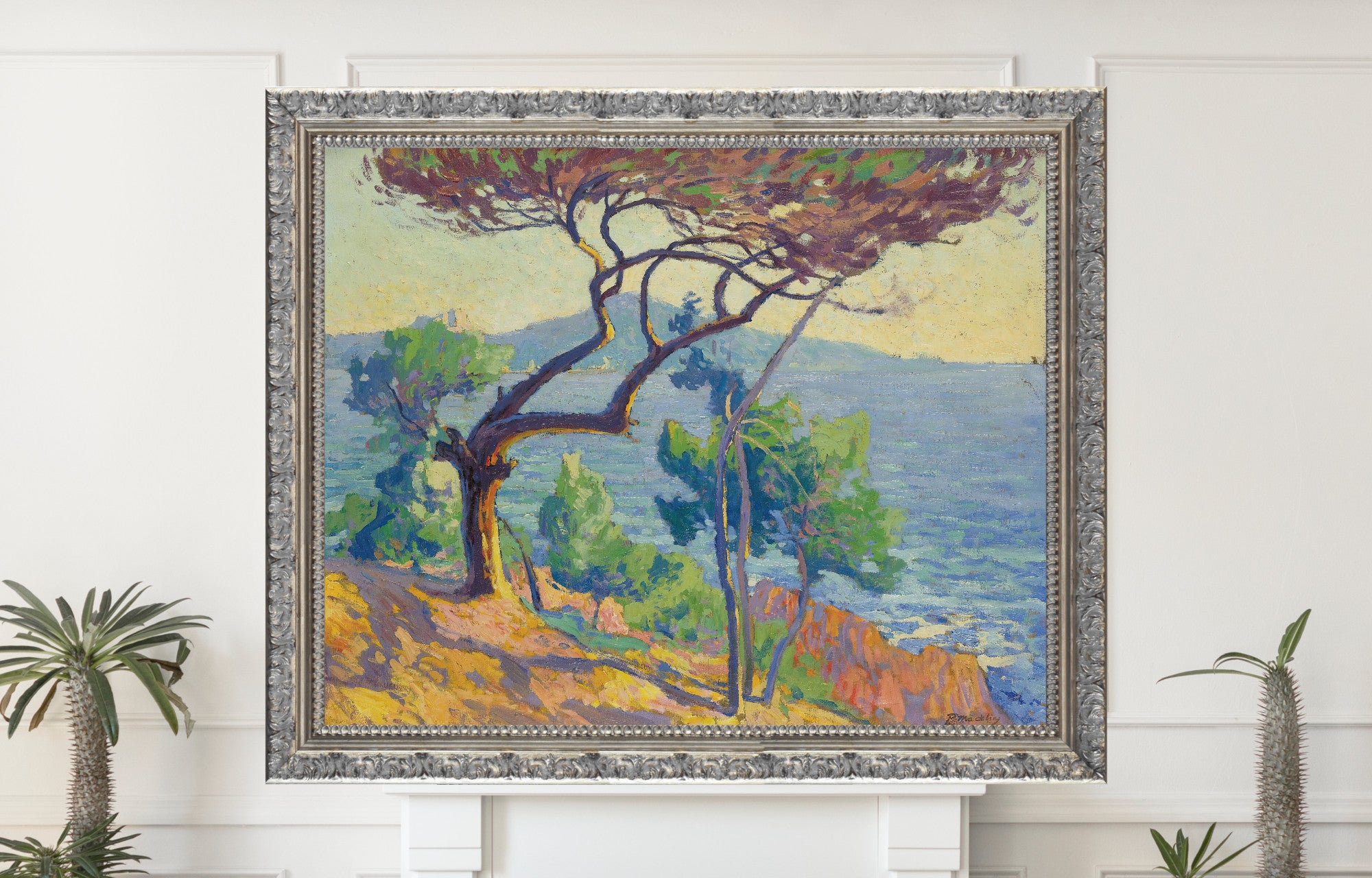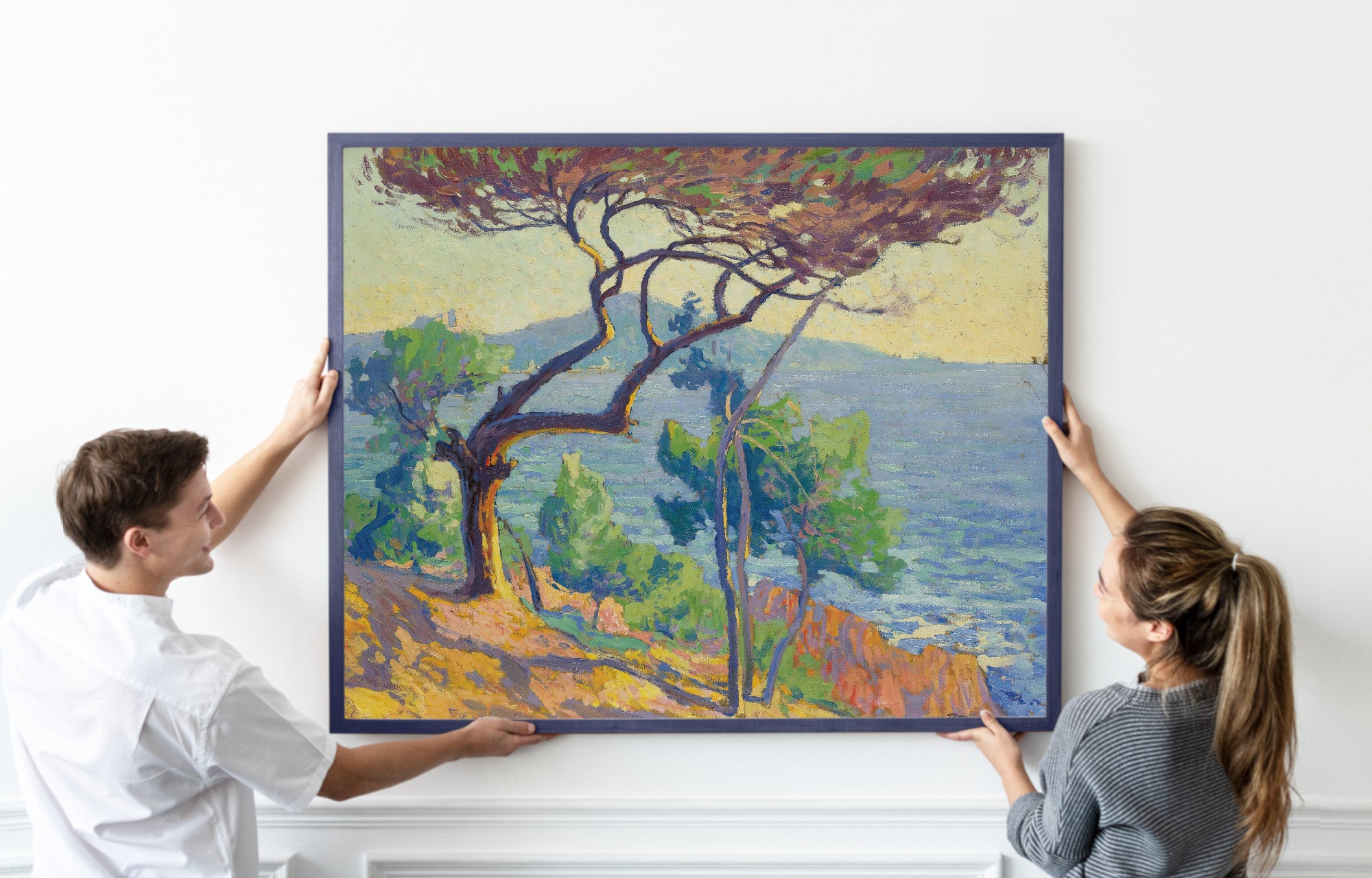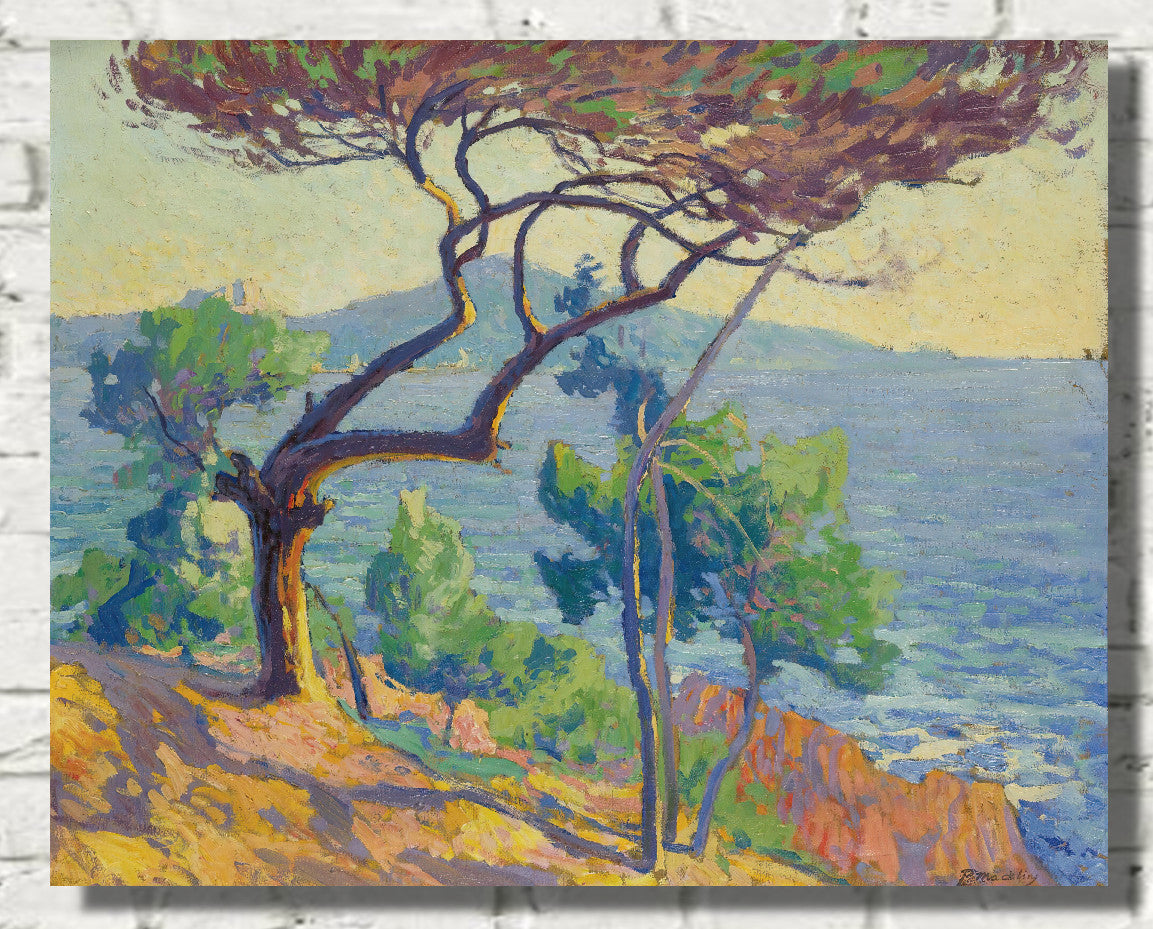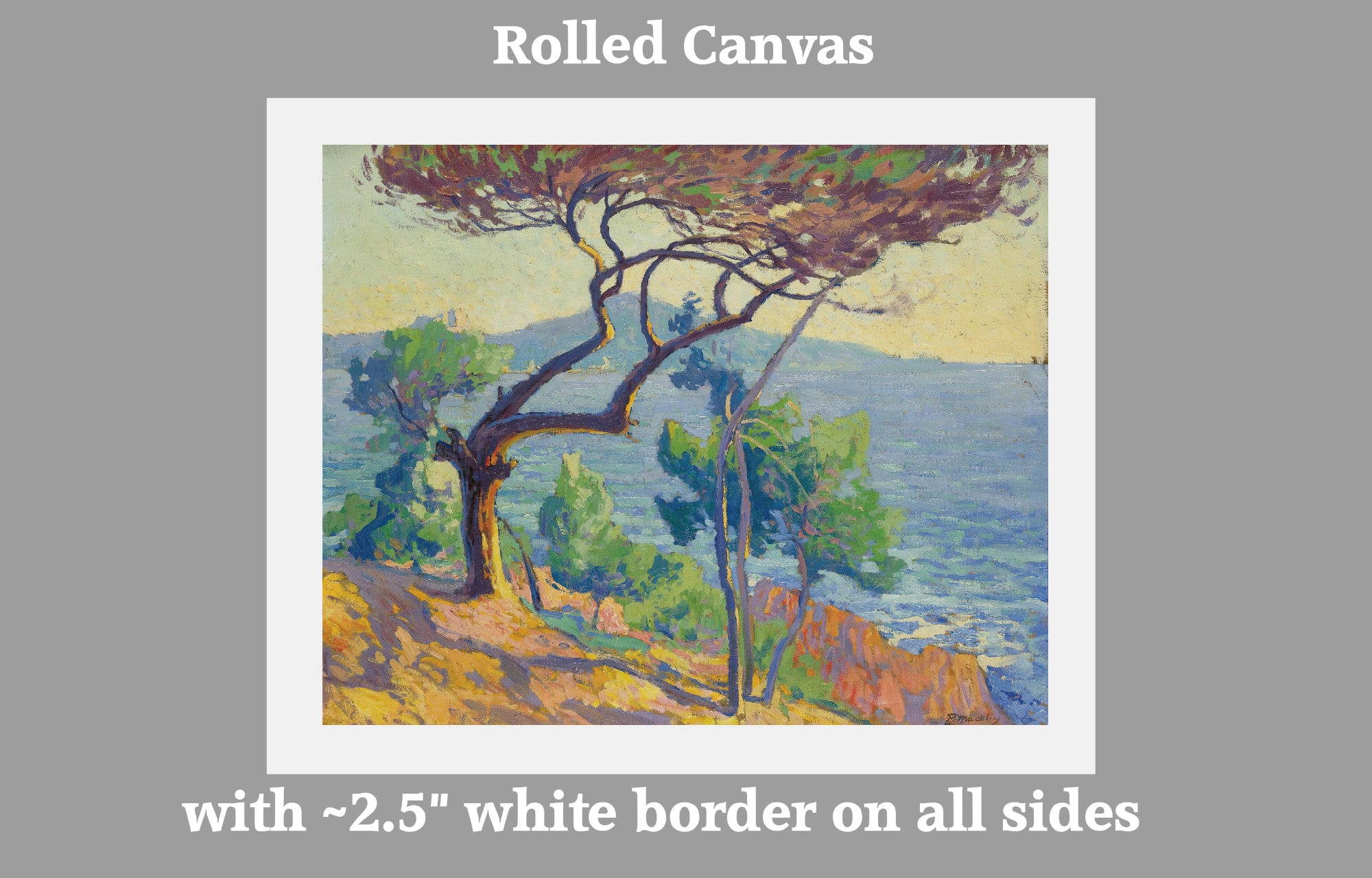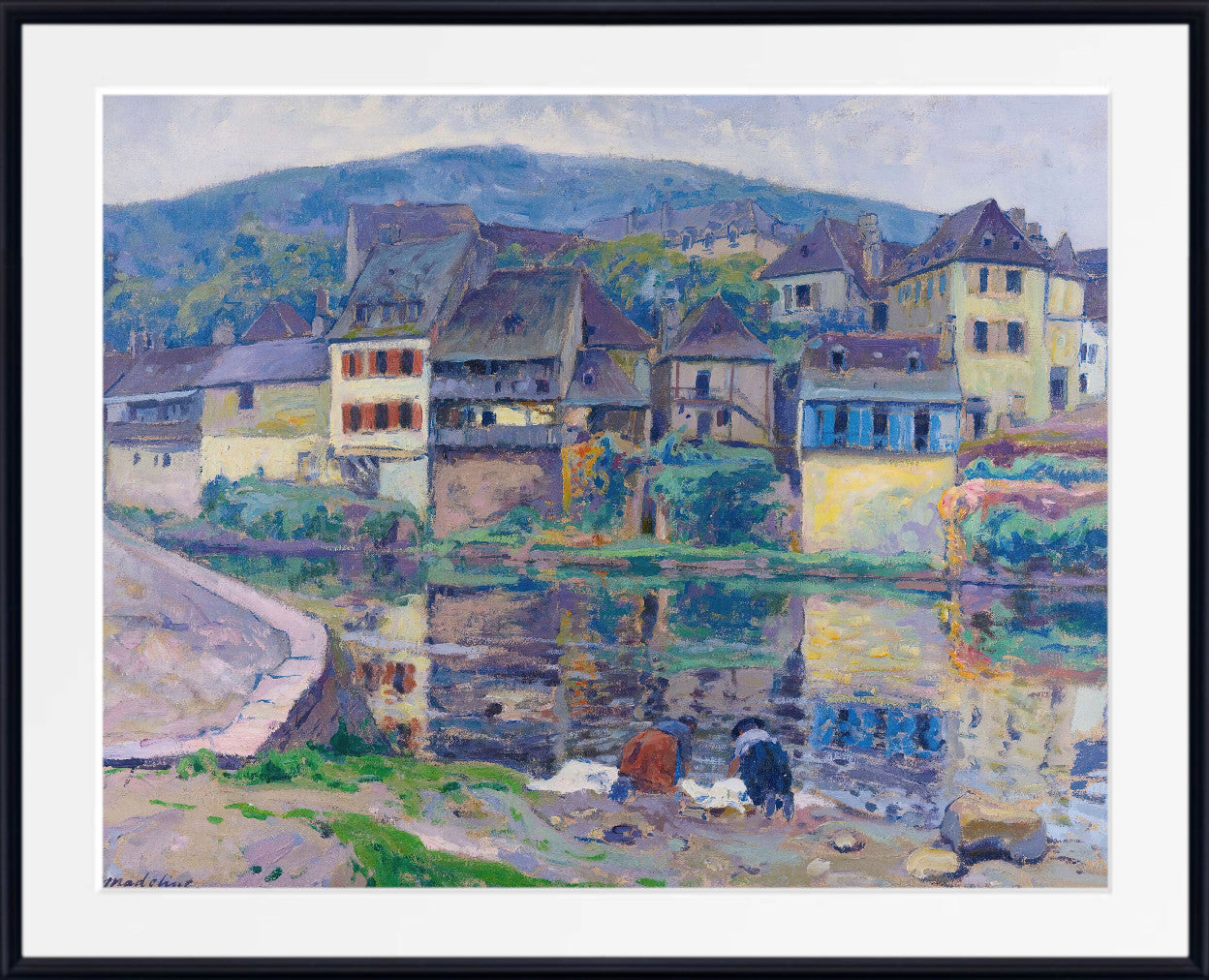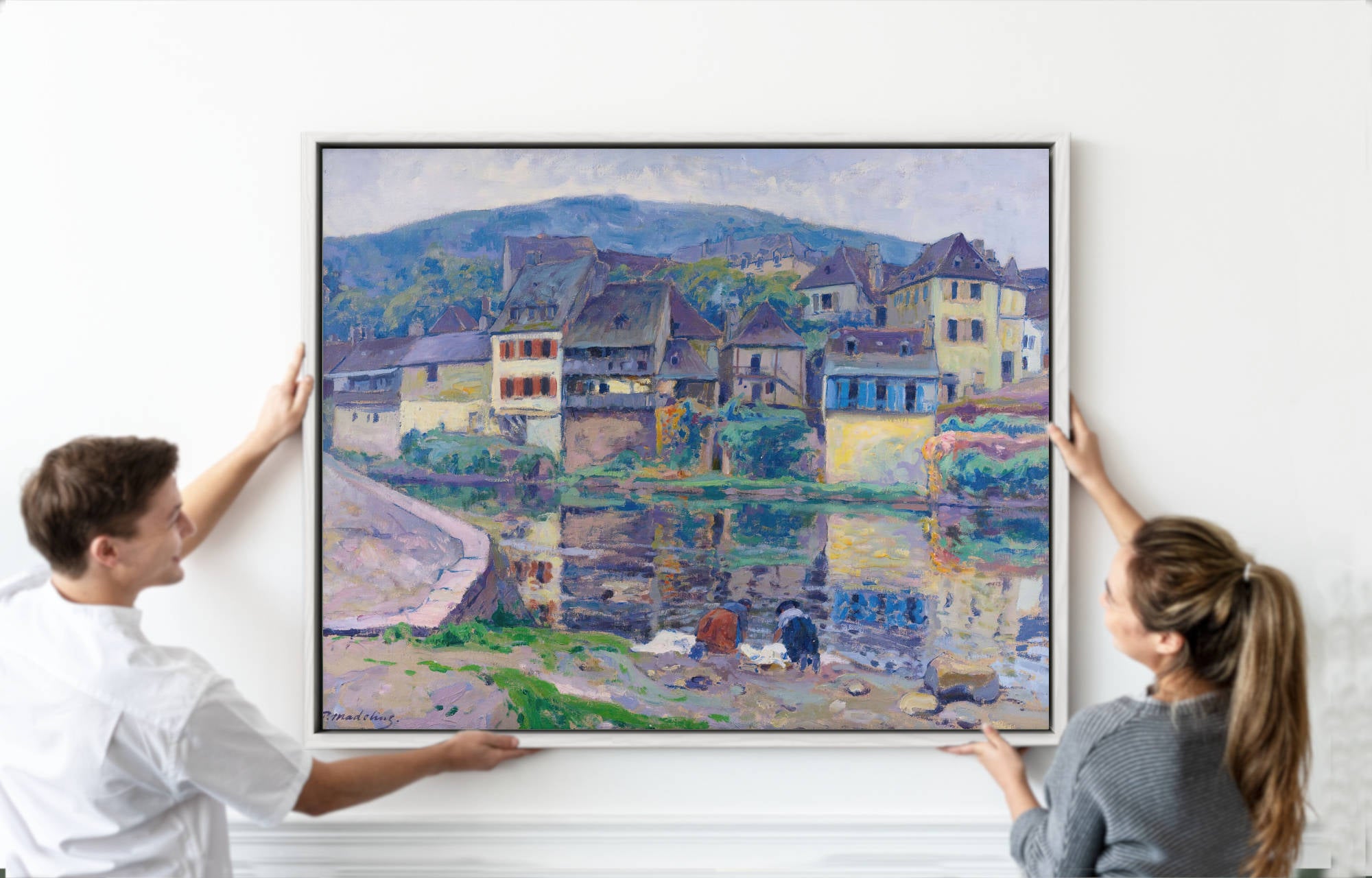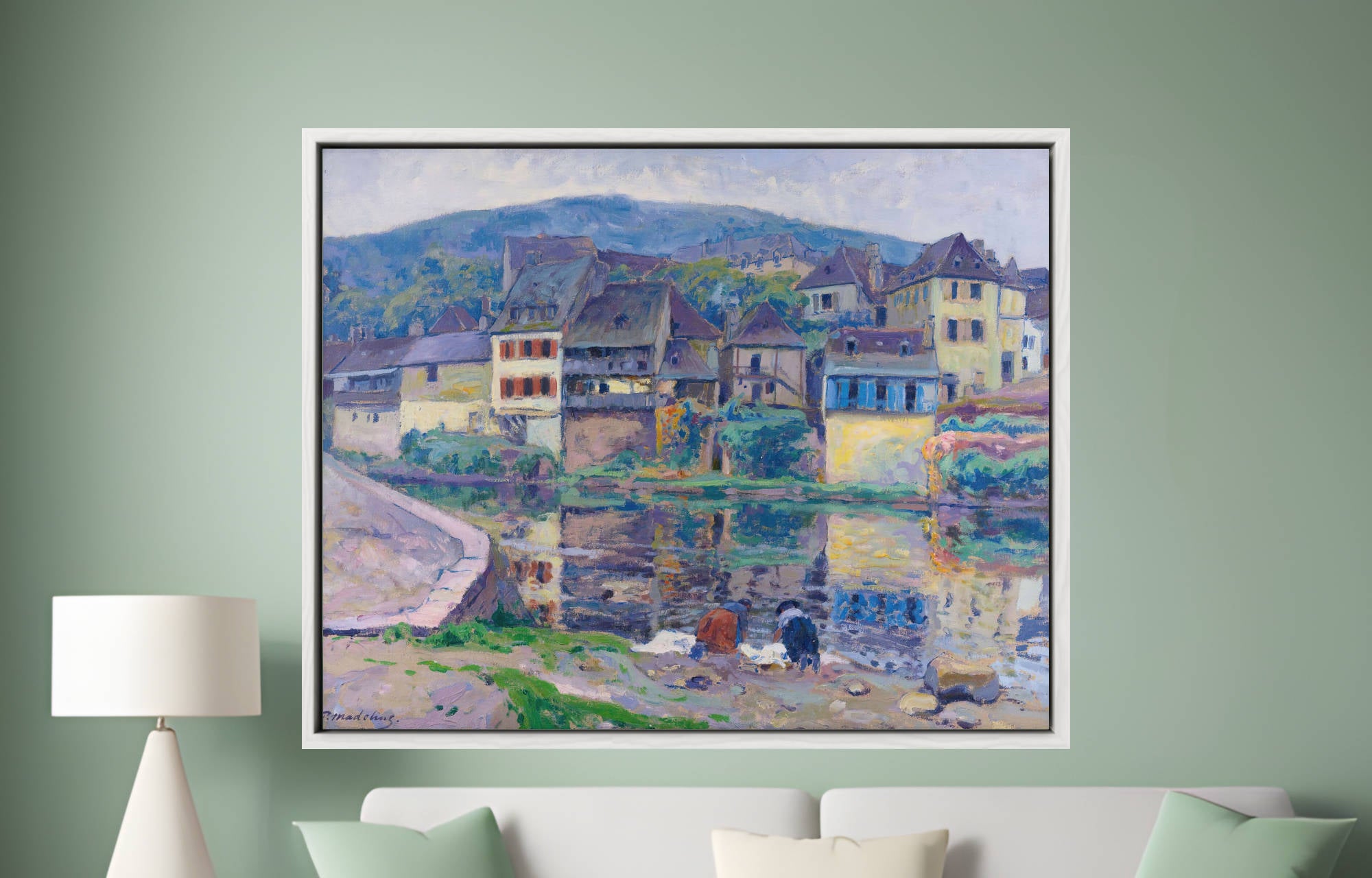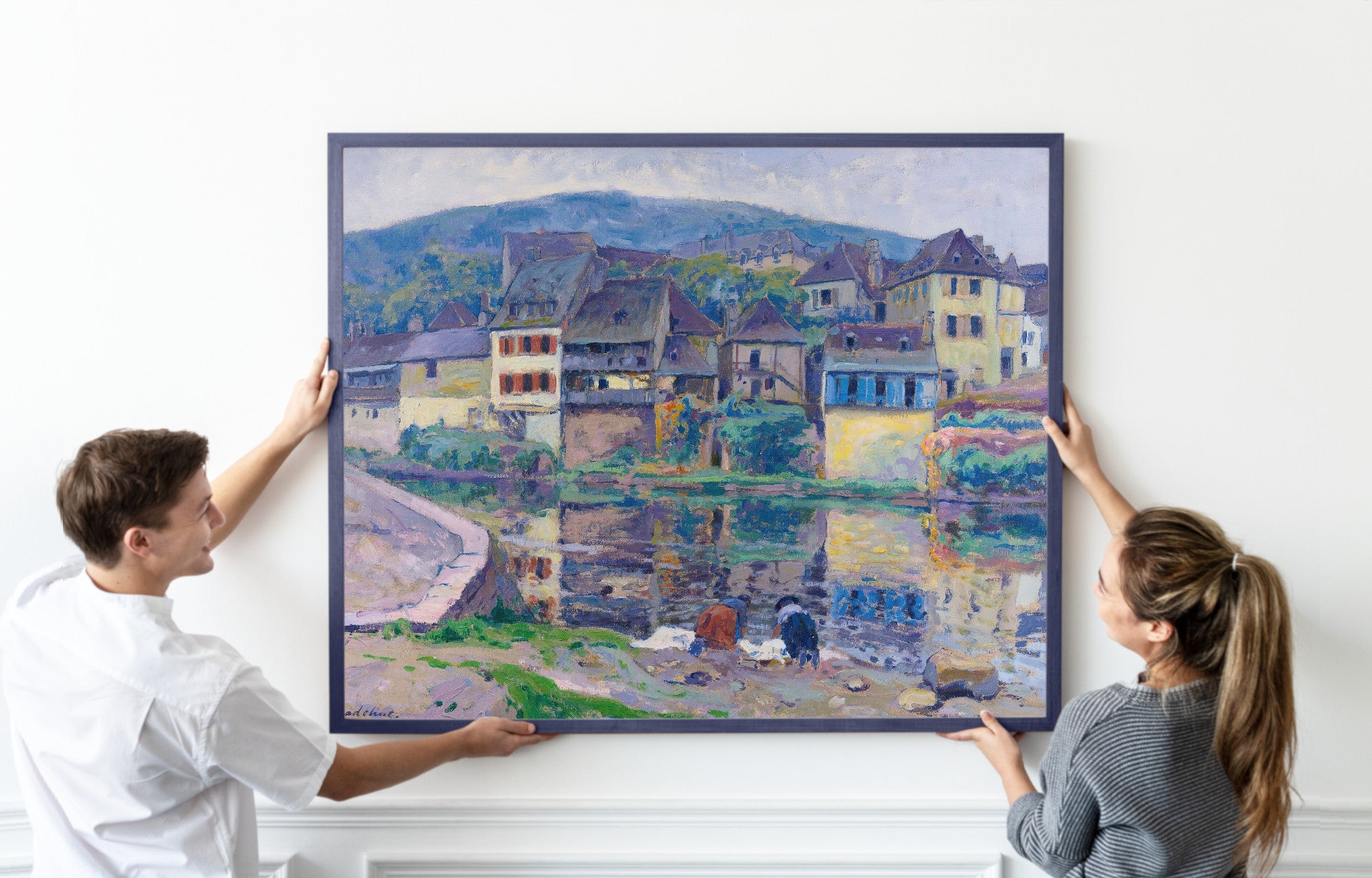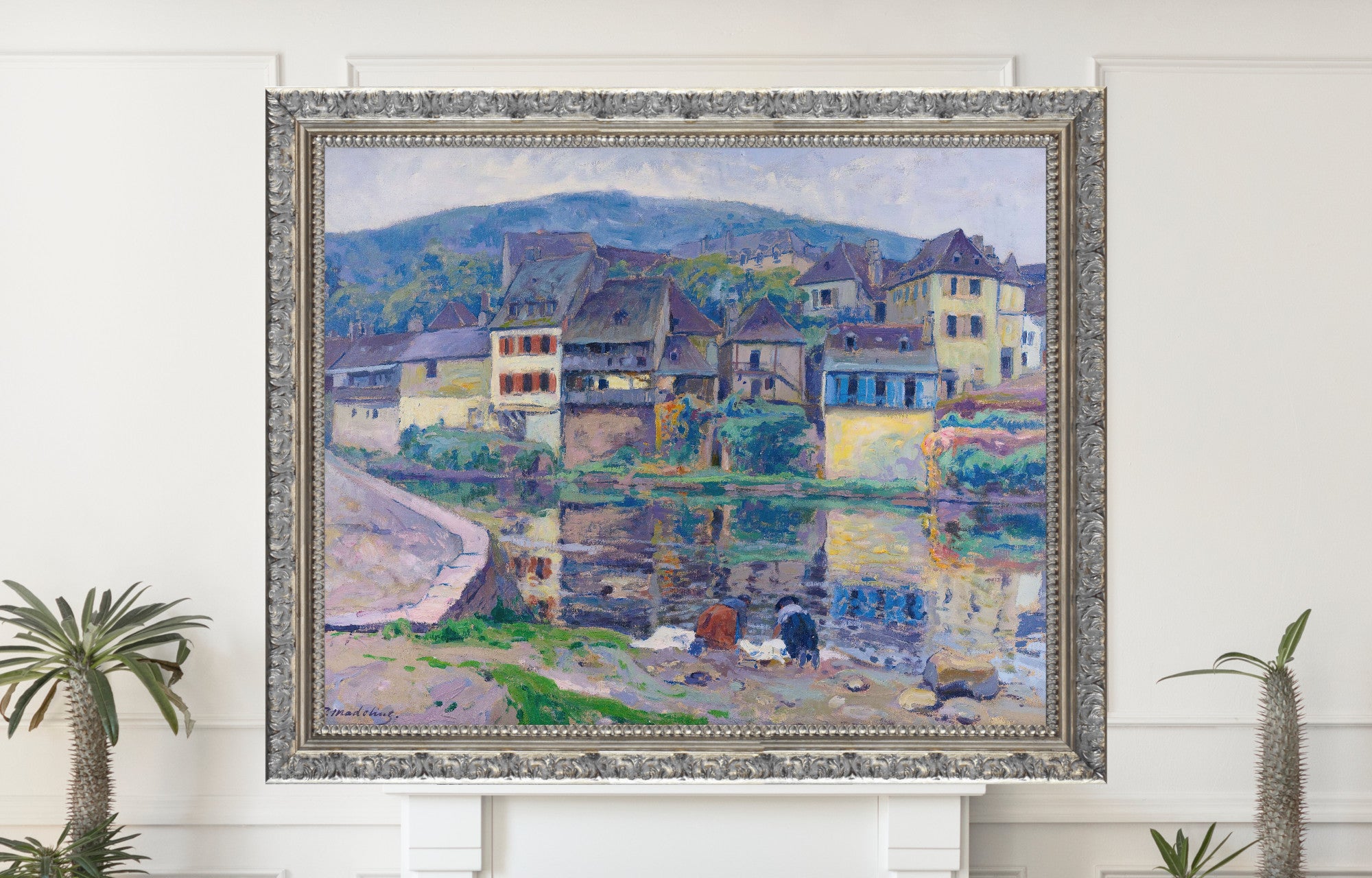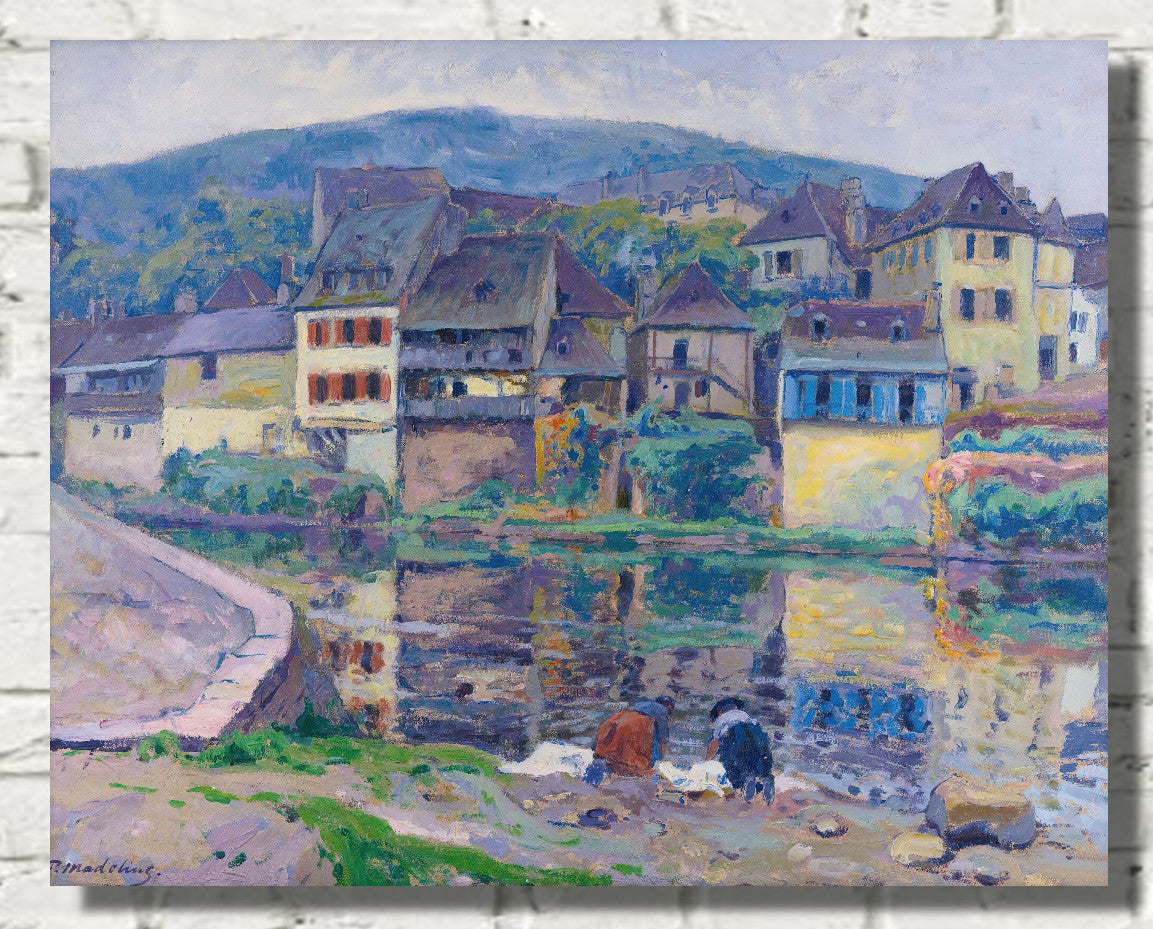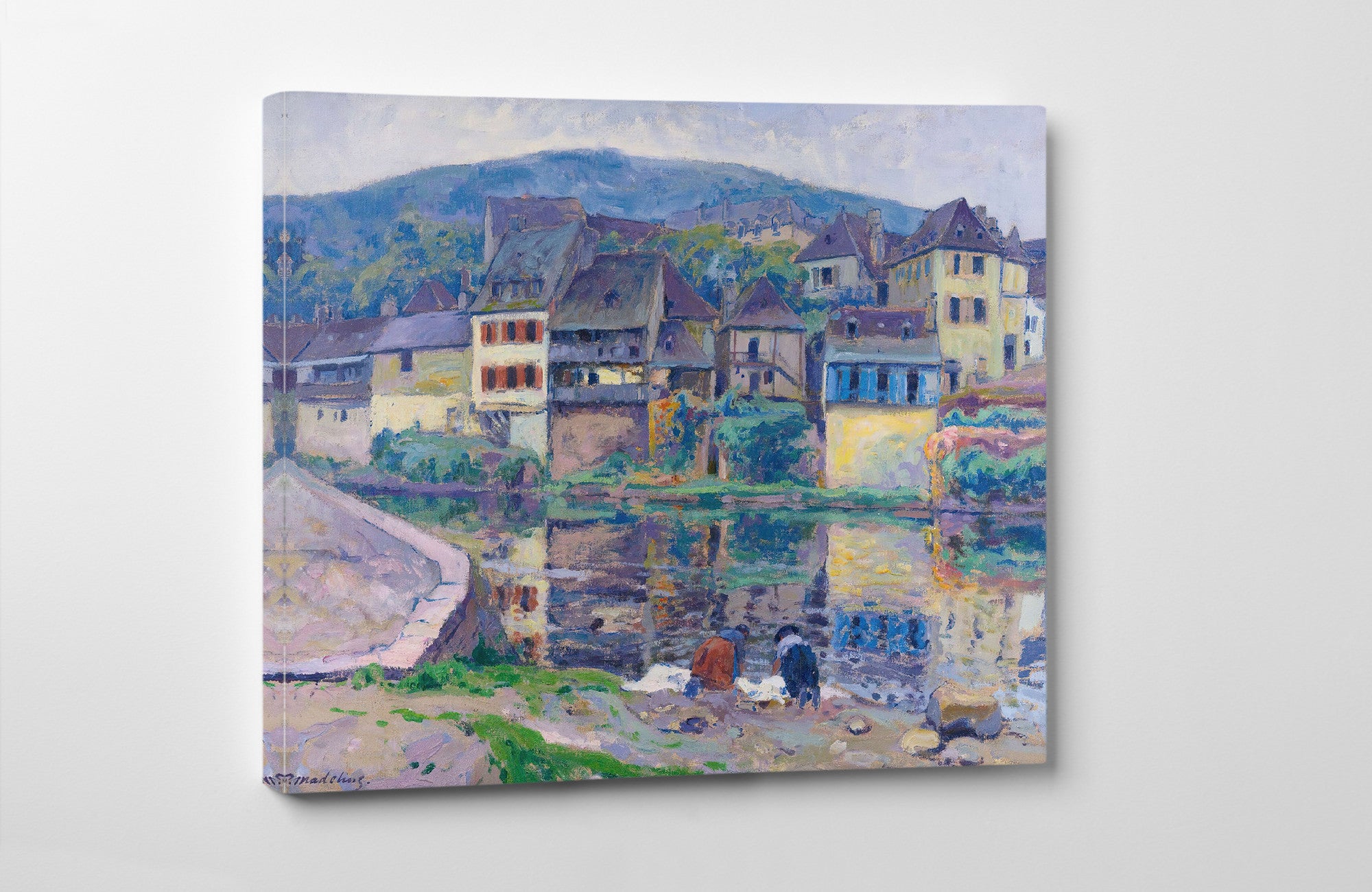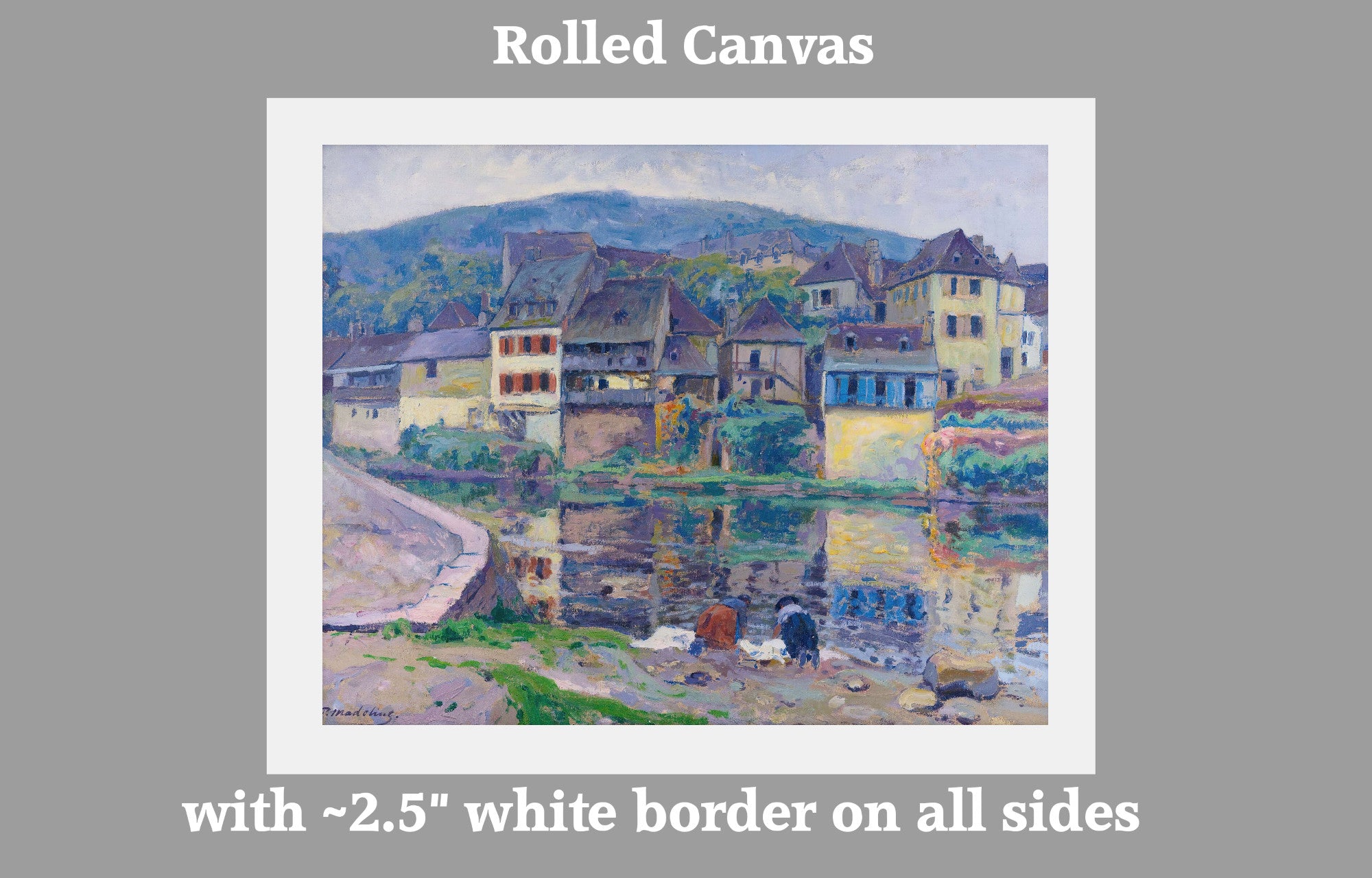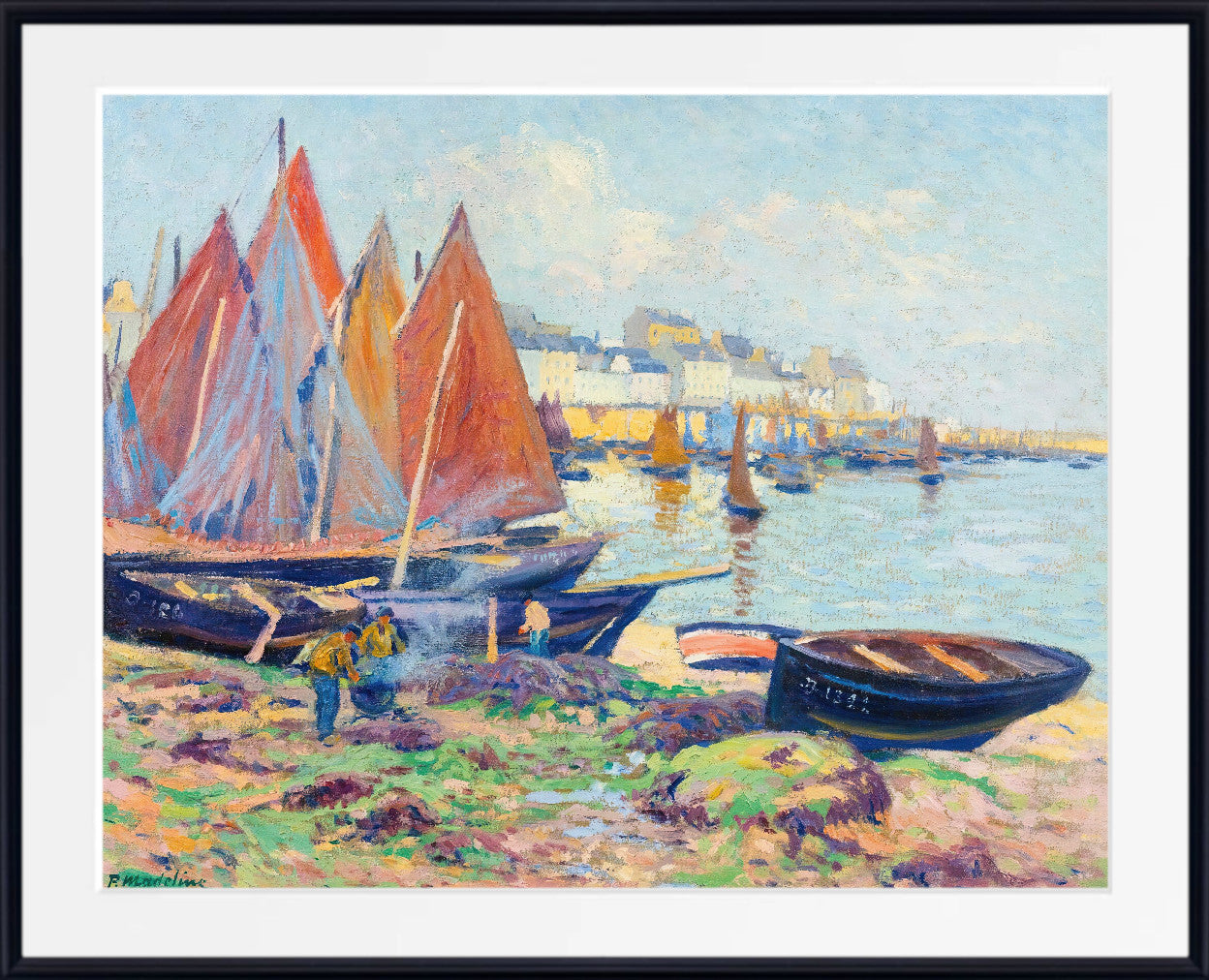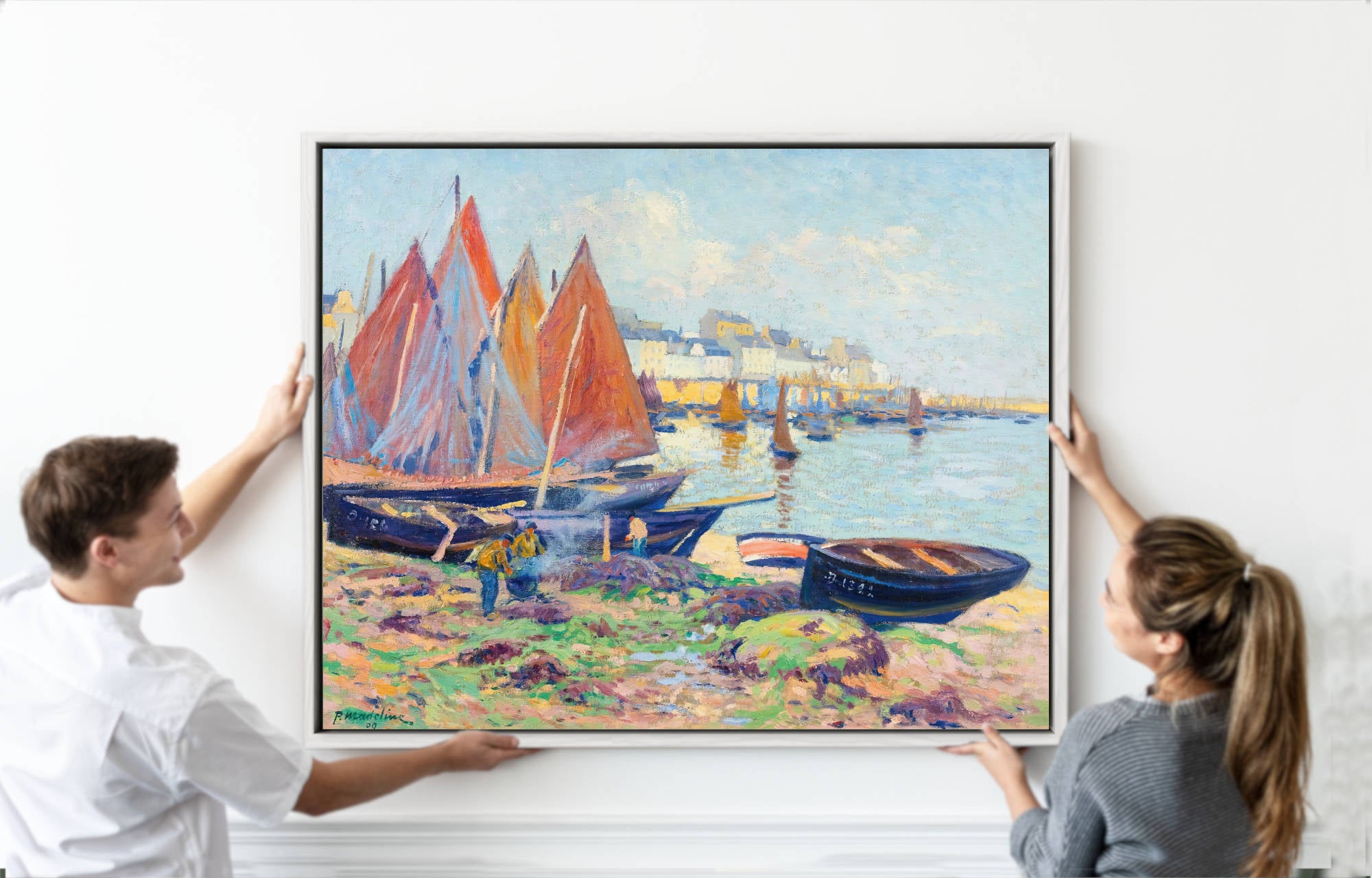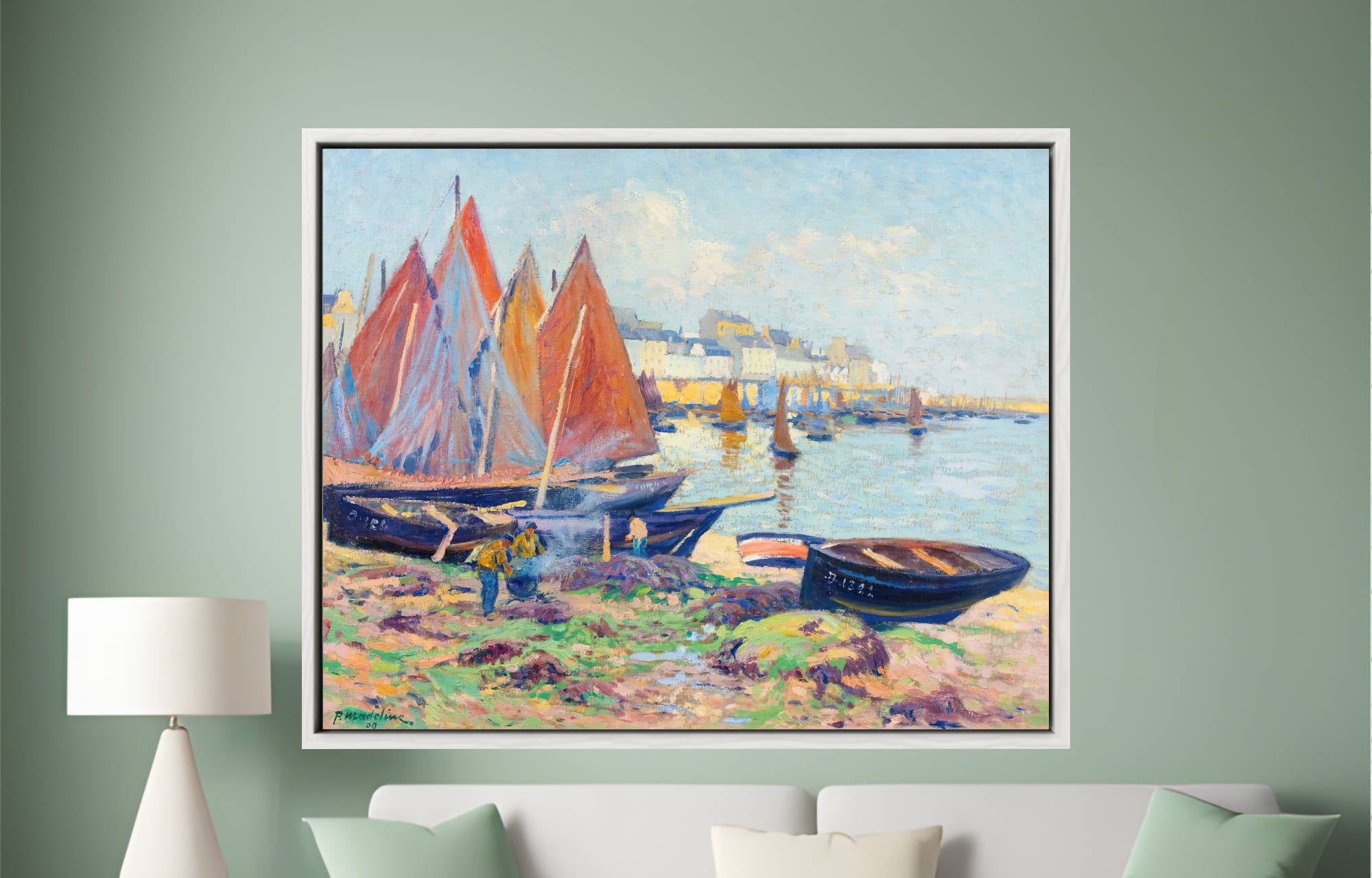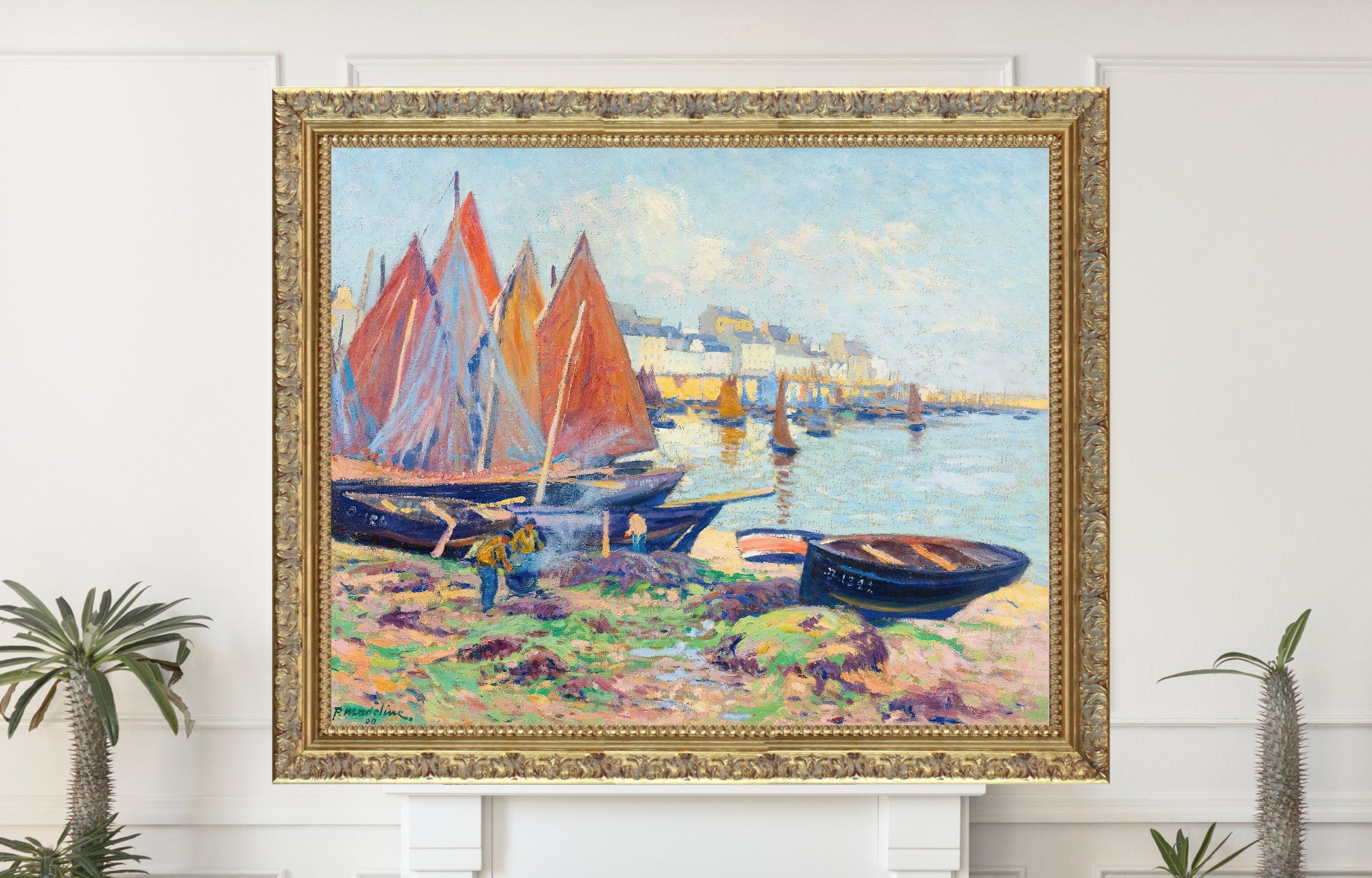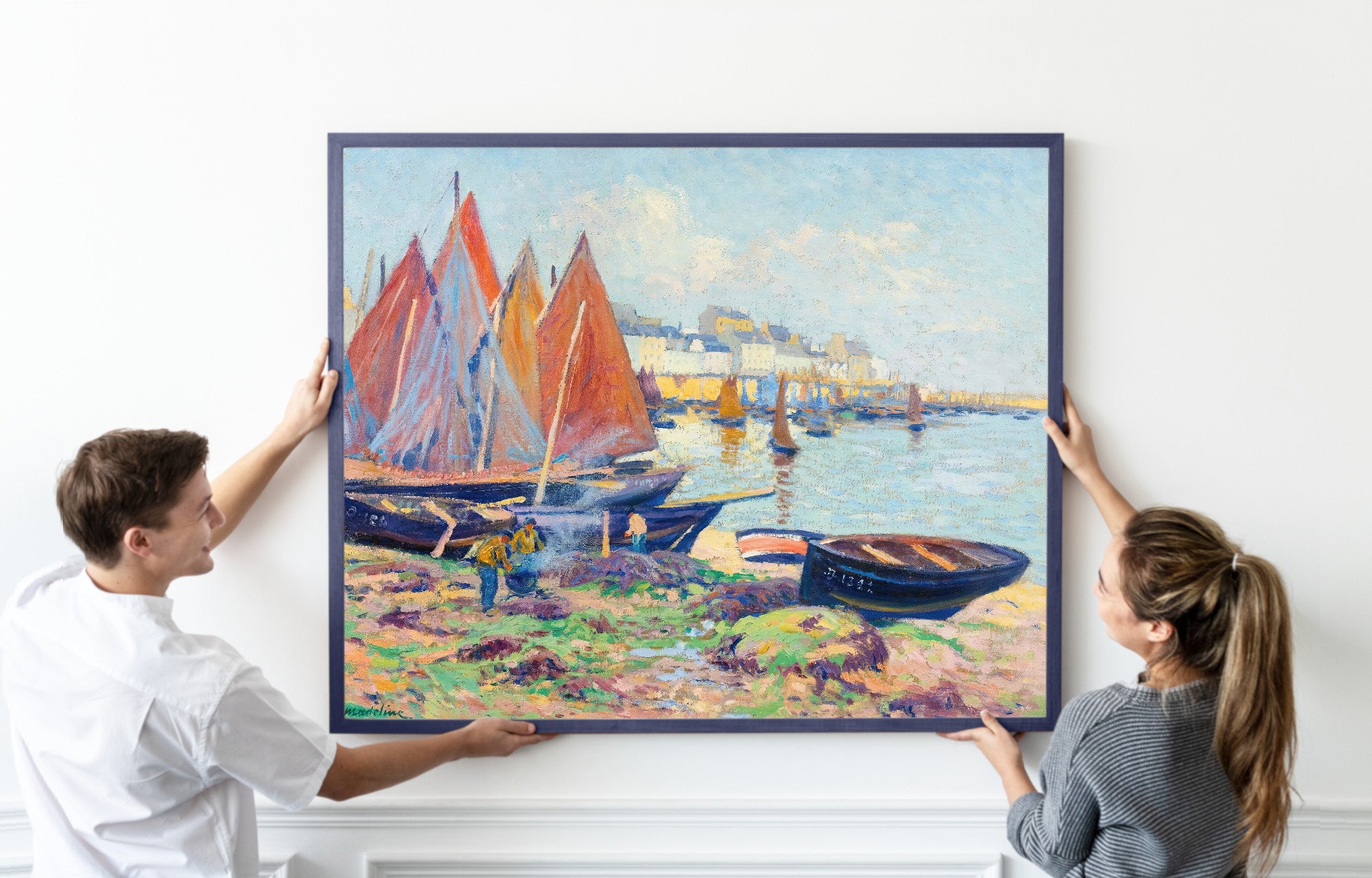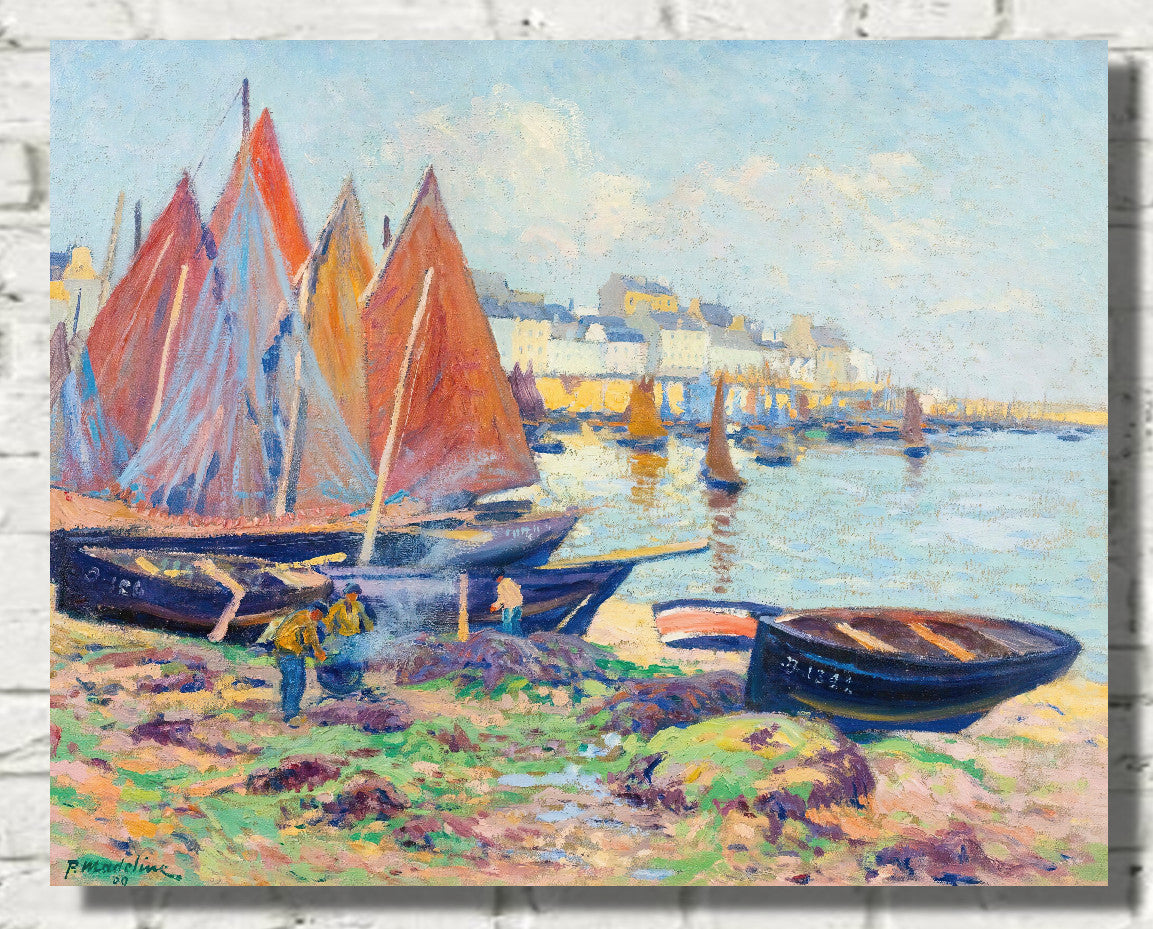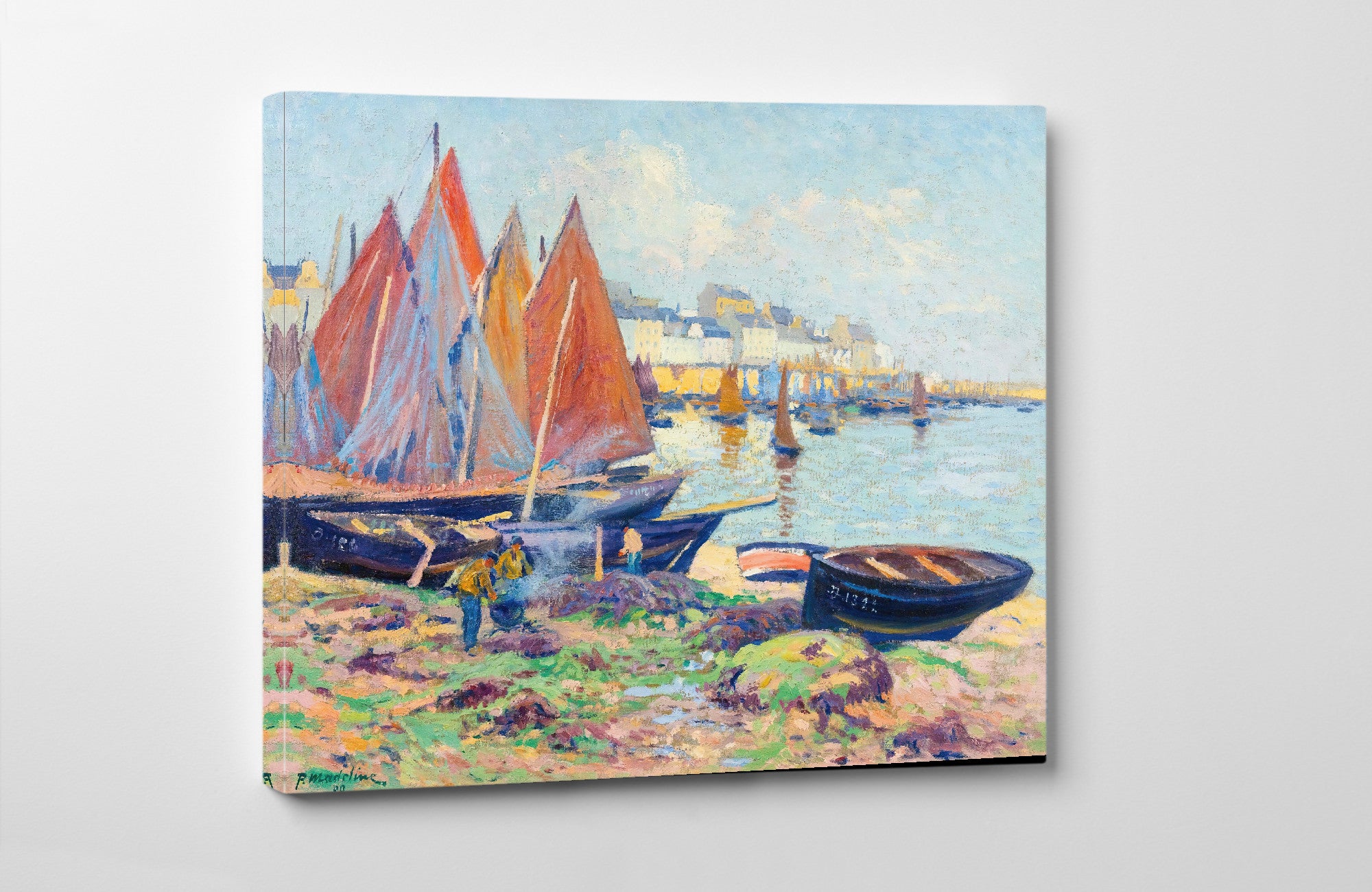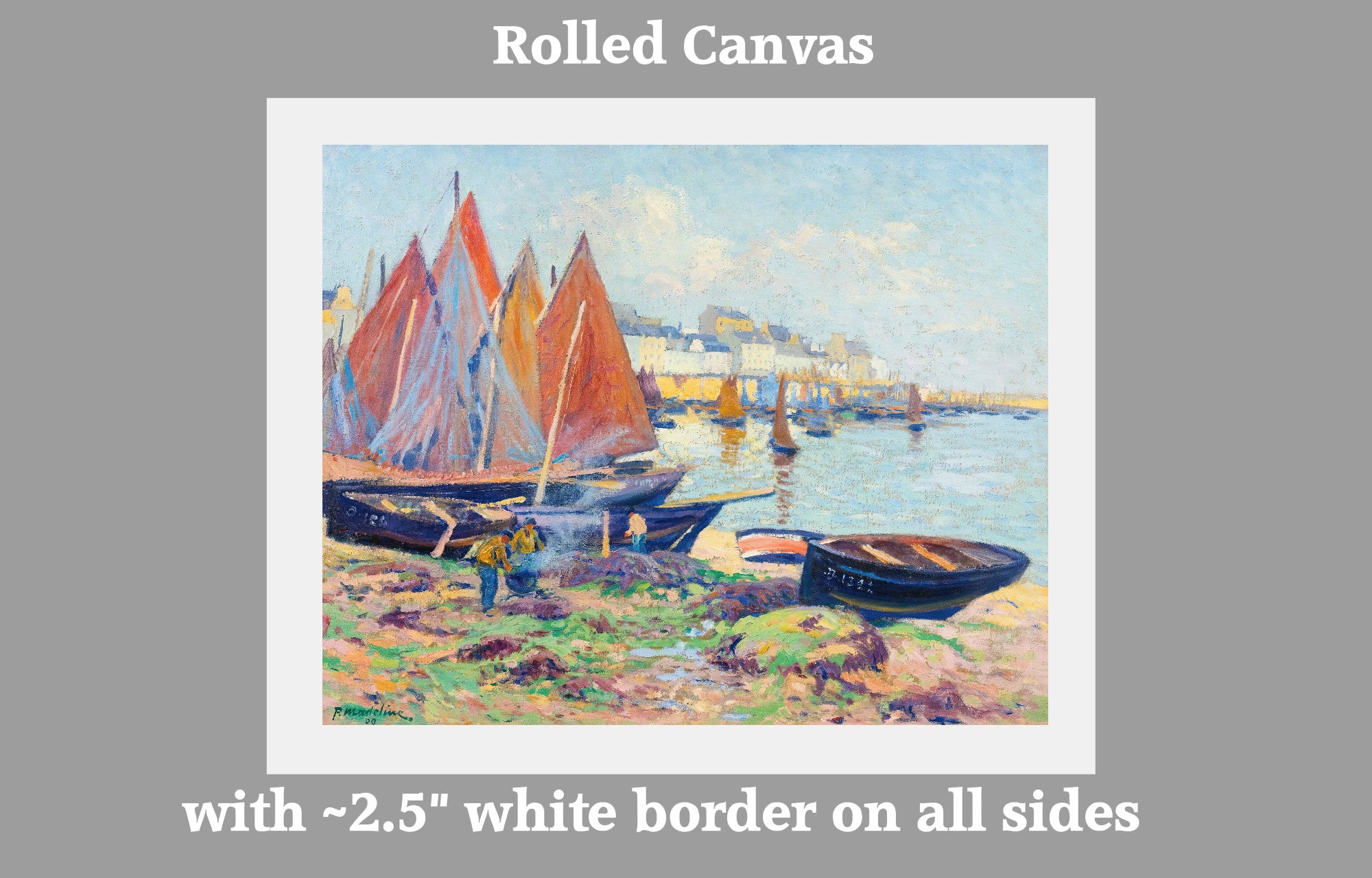Table of Contents:[hide]
Early Life and Education
Paul Madeline was born on October 7, 1863, in Paris, France. Growing up in the cultural hub of Europe, Madeline was immersed in the rich artistic heritage of the city from a young age. His passion for art was evident early on, but his path to becoming a professional artist was not straightforward. Initially, he pursued studies in commerce, reflecting his family's aspirations for a stable career. However, Madeline's artistic inclinations could not be suppressed, and he eventually shifted his focus entirely to art, enrolling in the École des Beaux-Arts in Paris.
Artistic Development and Influences
Madeline's formal training at the École des Beaux-Arts provided him with a solid foundation in classical techniques. However, it was his exposure to the burgeoning movements of Impressionism and Post-Impressionism that profoundly influenced his artistic direction. The vibrant colors and innovative techniques of these movements resonated with Madeline, prompting him to experiment with his style.
His encounters with the works of artists like Claude Monet and Camille Pissarro, who captured the fleeting effects of light and atmosphere, inspired Madeline to explore similar themes in his own work. However, Madeline's approach was distinct. While he adopted the vivid color palette and loose brushwork characteristic of Impressionism, his compositions were often more structured and his use of color more deliberate, aligning him with the Post-Impressionist movement.
Career and Major Works
Madeline began exhibiting his work in the early 1890s, quickly gaining recognition for his landscapes, which depicted the serene beauty of the French countryside. His paintings often featured scenes from Brittany, Auvergne, and the Creuse Valley, regions he visited frequently. These landscapes were characterized by their luminous quality and vibrant colors, capturing the essence of the natural environment.
One of Madeline's significant early works is "The Banks of the Creuse," a painting that showcases his ability to blend realism with the emotive use of color. The composition is balanced, with the meandering river drawing the viewer's eye through the landscape, while the interplay of light and shadow creates a dynamic, almost ethereal atmosphere.
Another notable work, "Les Lavandières," depicts women washing clothes by a river. This painting exemplifies Madeline's skill in capturing everyday life with a sense of timeless beauty. The figures are rendered with a delicate touch, while the surrounding landscape is bathed in soft, diffused light, creating a tranquil and harmonious scene.
In "Un Quai Á Taillebourg," Madeline presents a bustling quay, with boats and buildings rendered in his characteristic style. The painting's composition, with its strong verticals and horizontals, demonstrates Madeline's ability to create a sense of order and structure within a lively scene. The use of vibrant colors and dynamic brushstrokes brings the scene to life, highlighting the energy and movement of the quay.
"Vielles maisons à Crozant" is another masterpiece that captures the rustic charm of the French countryside. This painting focuses on the old houses of Crozant, a village known for its picturesque beauty. Madeline's use of color and light in this work creates a nostalgic and evocative atmosphere, inviting the viewer to step into the serene and timeless world of rural France.
In 1908, Madeline became a founding member of the Salon d'Automne, an annual exhibition that became a pivotal platform for avant-garde artists. His participation in this salon solidified his status as a leading figure in the Post-Impressionist movement. During this period, his works evolved, reflecting a deeper exploration of color and form. Paintings like "The Road to the Village" exemplify this evolution, with bold brushstrokes and a more abstracted approach to natural forms.
Personal Life and Legacy
Despite his success, Madeline remained a modest and introspective figure, devoted to his craft. He preferred the tranquility of the countryside to the bustling art scene of Paris, often retreating to his beloved Auvergne. This preference for rural life is evident in the intimate and personal nature of his landscapes, which convey a profound connection to the land.
Paul Madeline continued to paint prolifically until his death on February 12, 1920. His legacy is preserved in numerous public and private collections, including the Musée d'Orsay in Paris and the Museum of Fine Arts in Boston. His contribution to Post-Impressionism lies in his unique ability to merge the emotive use of color with a structured, almost architectural approach to composition.
Conclusion
Paul Madeline's life and work exemplify the richness and diversity of Post-Impressionist art. His dedication to capturing the beauty of the French countryside, coupled with his innovative use of color and form, has left an indelible mark on the art world. As we reflect on his contributions, it becomes clear that Madeline was not merely a painter of landscapes, but a masterful interpreter of the natural world, whose works like "Les Lavandières," "Un Quai Á Taillebourg," and "Vielles maisons à Crozant" continue to inspire and captivate audiences today.

